there will be blood, guts and gorey bits

unsettled unsettled edition 5
this
Woroni
Content Warning
is a horror mag
Content
Holly Zijderveld
Remi Lynch
Thilaria De Mel
Ruby Smusko
Lara Connolly
Chi Chi Zhao
Caelan Doel
Perpetual Nkatiaa Boadu
Isha Singhal
Holly McDonell
Claudia Hunt
Aala Cheema
TV
Eliz So
Sharlotte Thou
Arabella Ritchie
Sarah Patience
Yulia Liu
Kerry Jiang
Kaz Marsden
Bohong Sun
Paris Chia
Maitrey Khobragade
Atharva Thombre
Management
Brianna Collet
Jonathan Devan
Benjamin Van der Niet
Madeliene Grisard

Jeffrey Liang
Hannah Seo
Helena Vavrina
Radio
Nat Johnstone
Cate Armstrong
Punit Deshwal
Aisyah Teguh
Alex An
Bridget Fredericks
Natasha Kie
Caoimhe Grant
Rosalita Rosenburg
Brigitte Assi
Art
Vera Tan
Cynthia Weng
Amanda Lim
Brandon Sung
Jocelyn Wong
Sanle Yan
Oliver Stephens
News
Zelda Smith
Raida Chowdhury
Ruby Saulwick
Luca Ittimani
Reese Wake
Jasper Harris
Sam Kearney
Joseph Mann
Holly Johnson
Samyuktha Vikraman
Melanie Megale
Stella Walker
Lucy Holmes
We would like to thank all of our amazing sub-editors, Editors and contributors for their hard work. Without it this magazine and all of Woroni’s other work wouldn’t be possible.
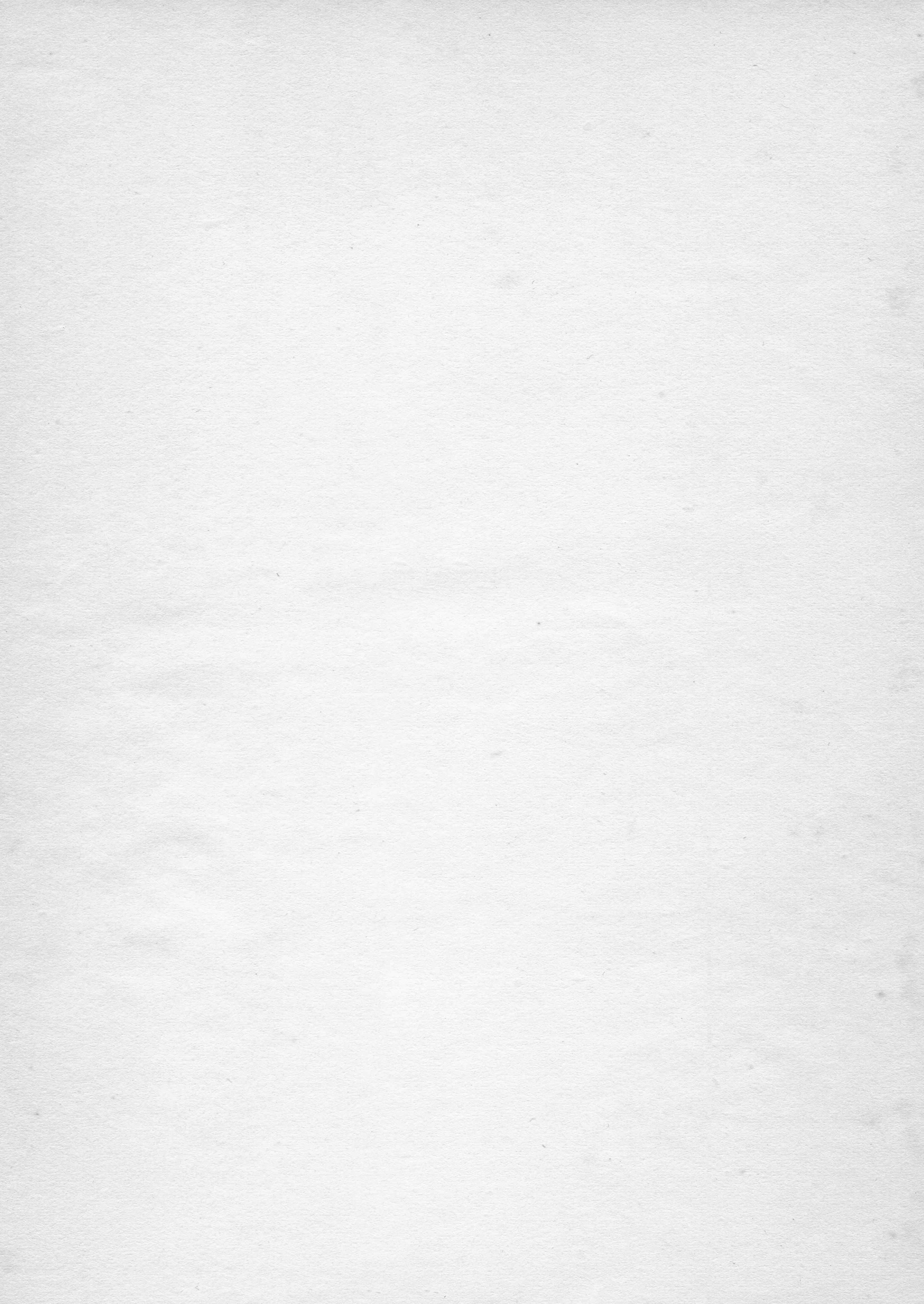
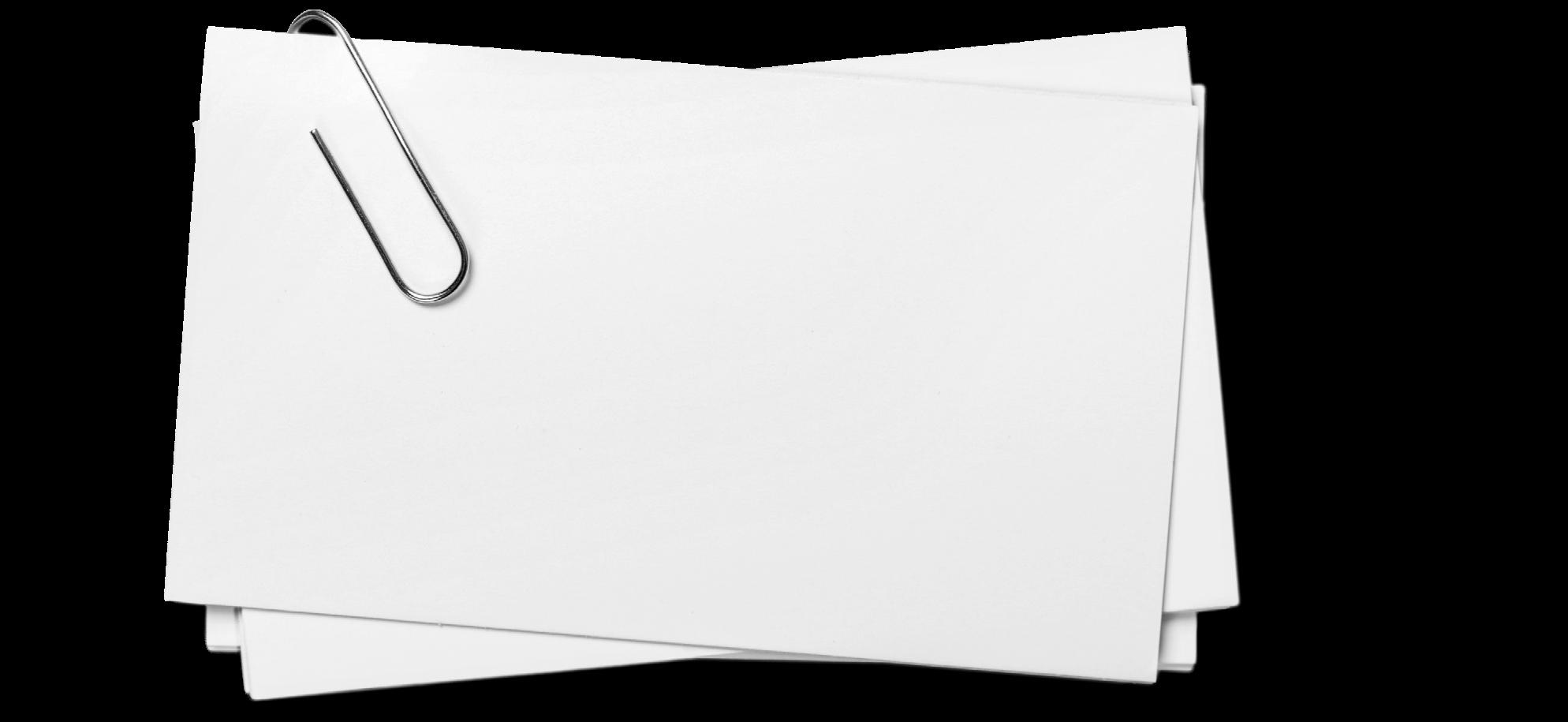

Contents 1. News ANU Spends $126,242 On Lawyers in ACAT Case Brought By Students NTEU Staff and Students Participate in Historic Strikes Lack of Action on Sexual Assualt and Harrassment Threatens Universities Ausralia Chief The Big Scaries The Real Big Scary: Dying Alone How to Stop AUKUS and Nuclear War: ANU Students Join Hundreds Protesting in Port Kembla The Ghost of the Author in the Machine Mother’s Love The Spooky The Girl Who Rose from the Sea Fucked Forensic Evidence Unsettled Asking for Thorns in a Bed of Roses Movie Night The Unsettling Medical Mindbogglers Emergency Room Untitled Girlhood Unsettling 5 9 13 17 19 22 27 33 36 39 42 45 50 53 56 59 62
Letter From the Editor!

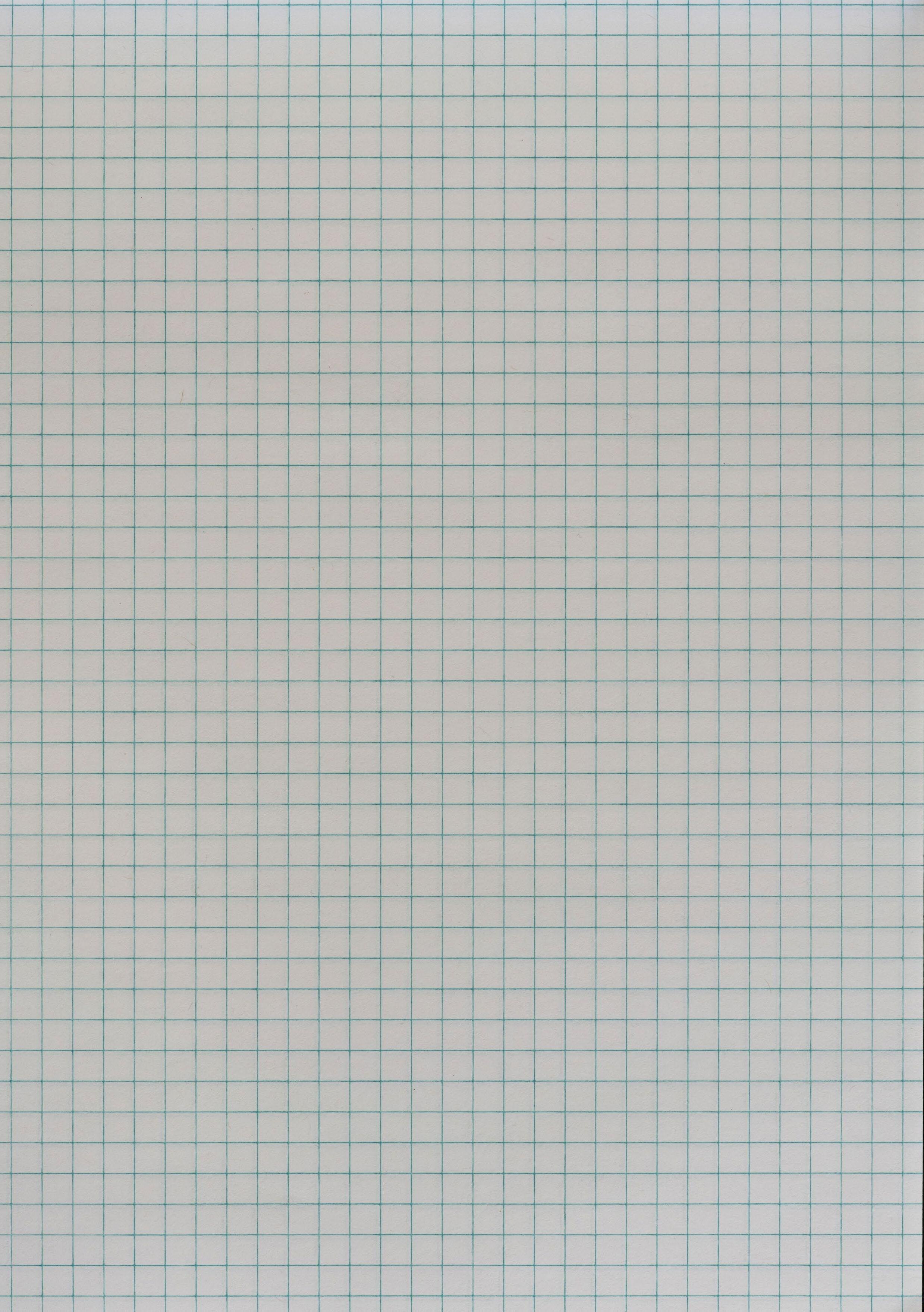 by Jasmin Small (art editor) and George Hogg (Head of Radio)
by Jasmin Small (art editor) and George Hogg (Head of Radio)
This edition first went to printers on the 9th of September. Given the theme of the magazine is Unsettlesd, the magazine’s aesthetic is horror - the gory and grisly. In kight of the recent incident on campus, we have re-printed the issue to change a page, but have left the rest of the magazine as is, out of respect to the hardwork of Woroni sub-editors and contributing students.

2.
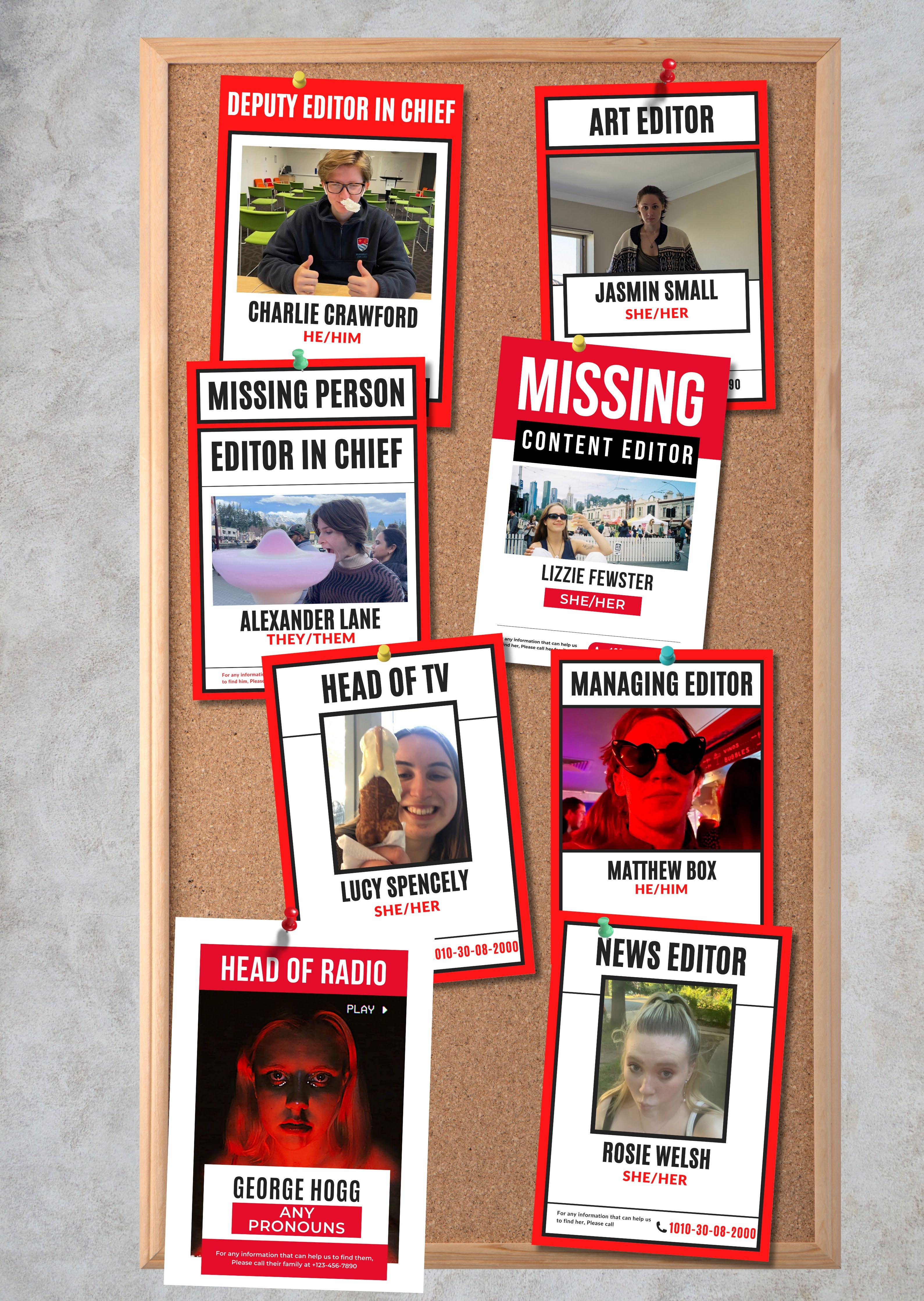
3.
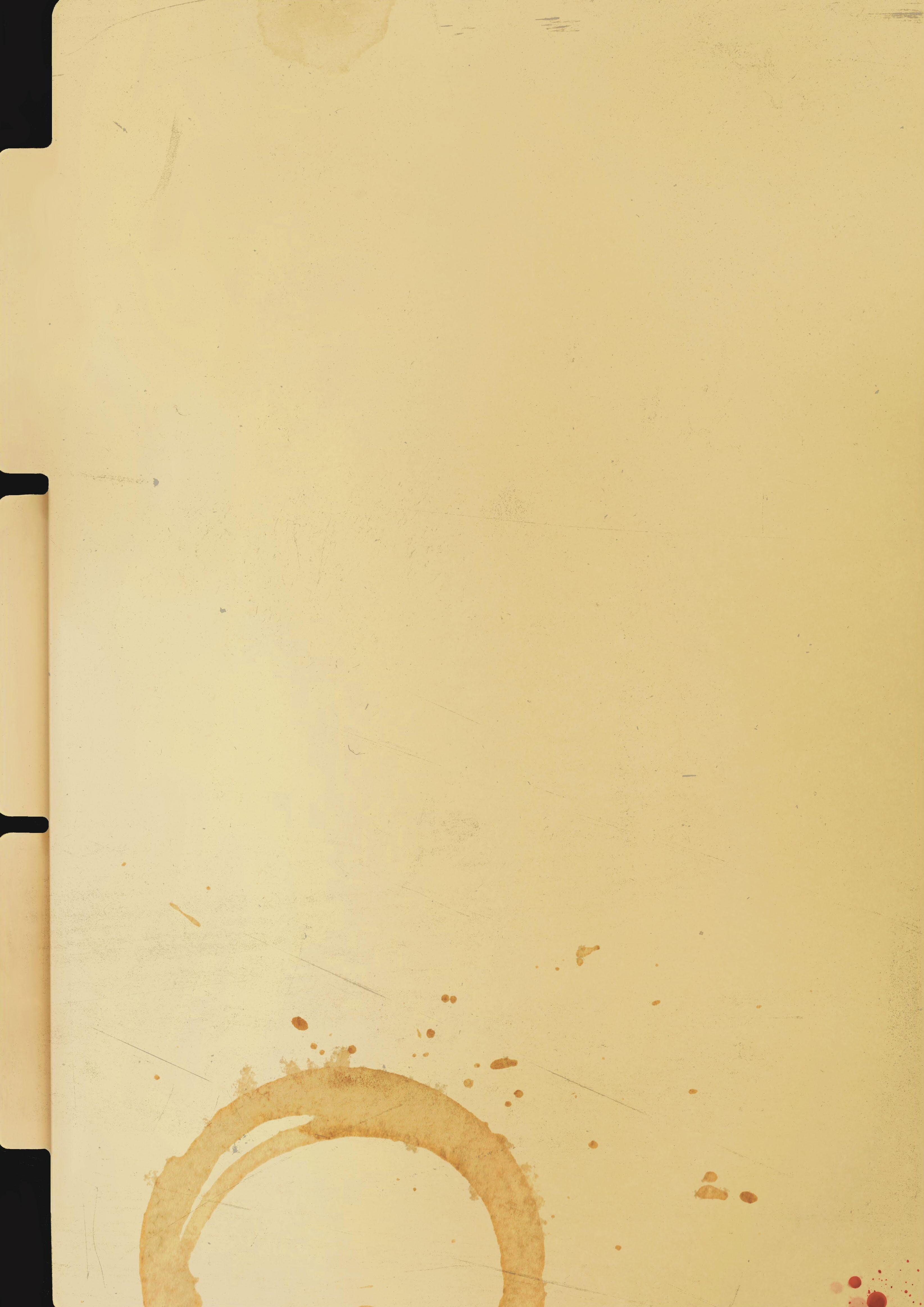
4. Art by Jasmin Small
News
Big Scaries The Spooky
News
The
ANU Spends $126,242 On Lawyers in ACAT Case Brought By Students
Ruby Saulwick and
Lucy Holmes
Students Kate Aston (she/her) and Sigourney Vallis (she/her) took the ANU to the ACT Civil and Administrative Tribunal (ACAT) at the end of last year, after being made to pay rent for rooms they were unable to inhabit due to ACT COVID-19 Health Regulations. The students spoke to Woroni about the situation earlier this year, stating that they felt the University had adopted an “aggressive” approach, reminiscent of a “David and Goliath” situation.
Prestigious private firm King & Wood Mallesons and barrister Prue Bindon represent the ANU in this case. Kate and Sigourney are represented by the ANUSA-funded legal service, and pro-bono barrister Steven Whybrow SC. The ANUSA legal service is funded through SSAF and free for students to access.
Students Kate and Sigourney are asking for a refund totaling approximately $10,500 from the University, amounting to between $4,500 and $6,000 each. They claim that their occupancy agreement contracts were “frustrated” – a legal term – by the unforeseen event of the 2021 COVID-19 lockdown and that they should have been allowed to break their contracts, as regular rental tenants across the ACT could. They also claim the occupancy agreements were repudiated by the ANU when it told students outside the ACT to remain where they were, and when it couldn’t provide quarantining facilities for the students, meaning they were barred from entering the ACT.
The ANU reports that between approximately 650-700 students were in a similar situation, whereby they were paying for a room on campus that they could not inhabit due to ACT Health directives. If ACAT were to rule in favour of the students in this case, it may set a legal precedent allowing all 650-700 students to claim back rent paid during the time they could not access their rooms.
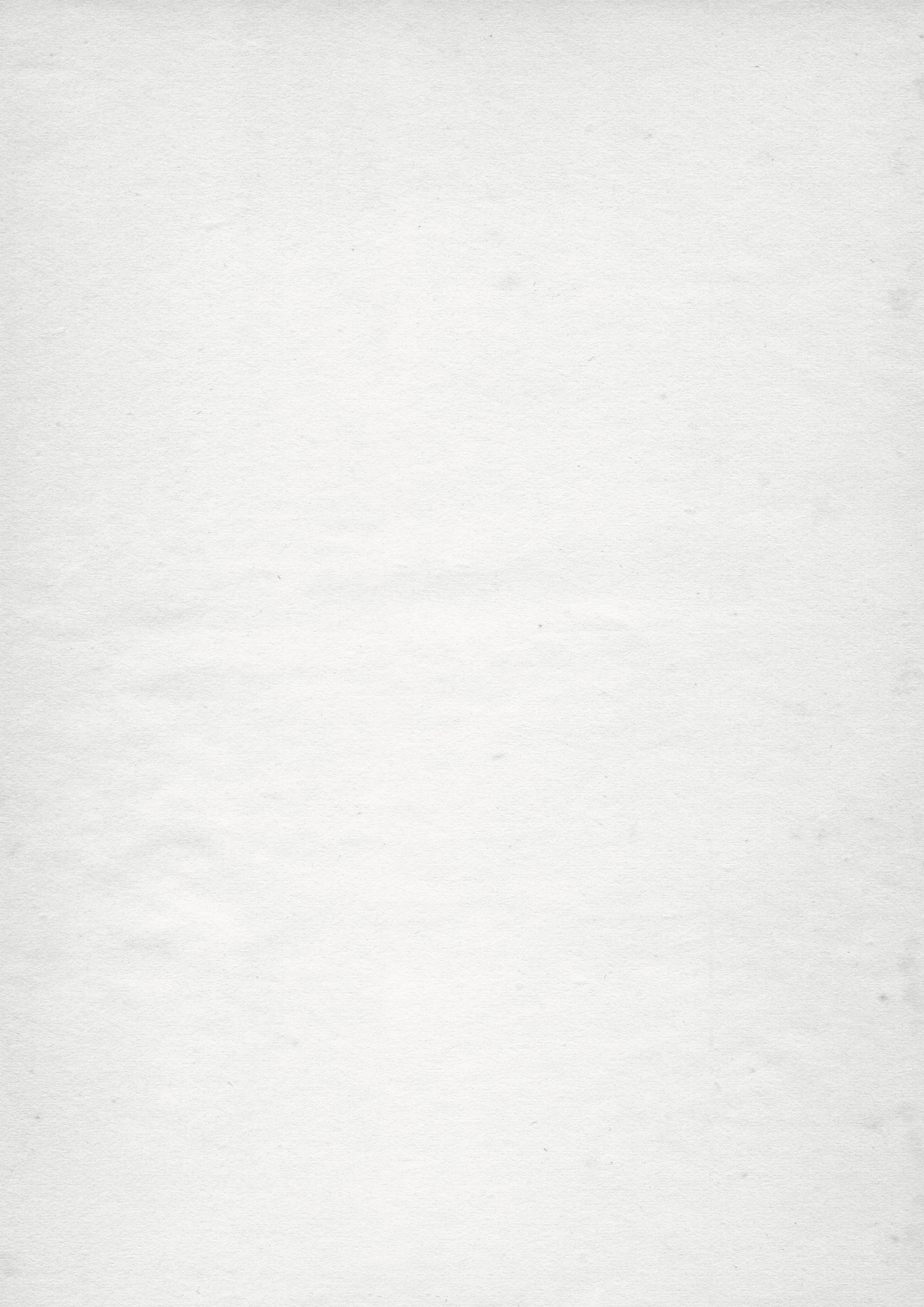
ANU is claiming that the University briefed students on the situation and that they should have foreseen the national lockdown, highlighting the quick lockdown of Sydney’s Northern Beaches at the end of 2020 as indicating that a national lockdown could also occur. However, it cannot be proven there were clauses within the accommodation portal to state that COVID-19 or other public health directives would impact occupancy agreements, or that staff had previously informed students that a public health order would not constitute grounds to terminate the contract.
ANU declined to comment on the fact that ACT Health orders had barred students from returning to the territory, particularly if they weren’t residents. Living on campus at ANU did not classify a student as a resident during COVID-19 restrictions. Applicants who were not considered residents of the ACT were, in more cases, rejected when applying to enter the territory during lockdown.
Recently procured invoices show that the ANU has spent a cumulative $126,242.71 on the case, including $31,475 in barrister fees, between April and November 2022. The University reports it is currently operating at a $117.4 million dollar deficit, albeit a better result than the expected $182.8 million.
5.
Jasmin Small
This amount is shown as the total fee “after discount.” When asked, an ANU spokesperson stated that they received a “discount to rates charged by external legal services providers, as is ordinarily the case for similar clients.”
When contacted, the University maintained that the ANU was the respondent to the case brought to them by the students. They asserted “ANU has not taken the matter to the Tribunal” and that the “legal costs were incurred in defending a claim brought against ANU.”
Sigourney and Kate expressed disappointment that the ANU would spend “so much of its funds fighting two of its own students.” The process was described as an “unquantifiable burden” from the time and effort involved compiling evidence, meeting with legal teams and undergoing trial proceedings.
The students also expressed continued concern about the unfair nature of college Occupancy Agreements, arguing these should be “more balanced so students have more power.” They highlighted amendments made after 2021 which require students to exhaust all internal dispute mechanisms before being able to approach ACAT or seek legal help.
When asked about potential amendments to its occupancy agreements an ANU spokesperson stated that the University “reviews its contracts annually to ensure compliance
The outcome of the case will set a precedent, and could lead to many other similarly affected students coming forward to claim reimbursements. Regardless of the outcome, the trial has helped demonstrate to students that they can stand up to their University or institution if they feel they have been wronged.

While the case is still ongoing, an outcome is expected in the next few months. continue to report on further updates.

6. Art
by


7.
Art by Vera Tan
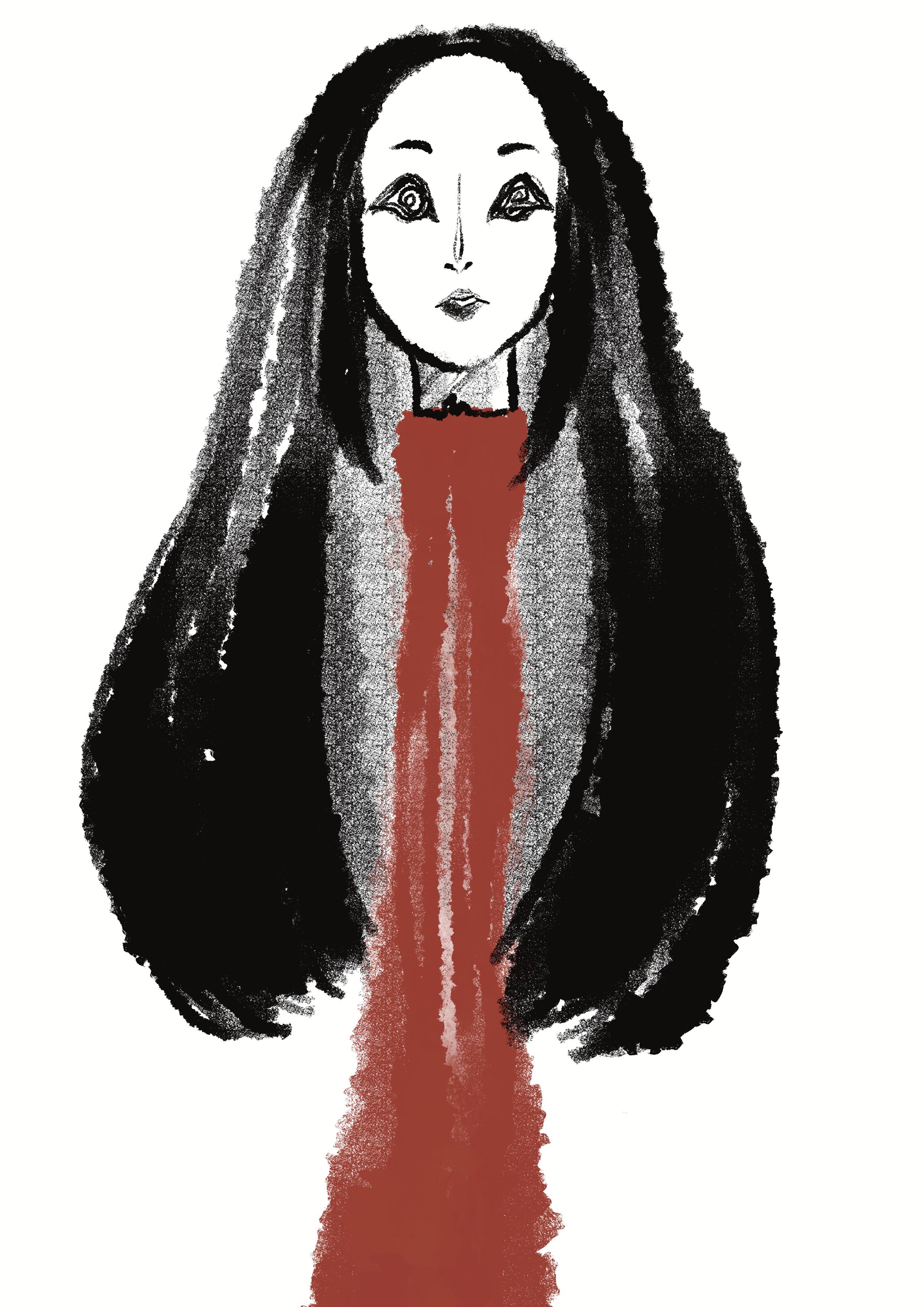
Art
8.
by Vera Tan
NTEU Staff and Students Participate in StrikesHistoric Raida Chowdhury and Rosie Welsh
Update: Following the ANU’s move to offer additional provisions to the NTEU focused on limiting casualisation, the NTEU voted to withdraw notice of industrial action in Week 3. The NTEU then voted to endorse the revised Enterprise Bargaining Agreement. Finalisation of the agreement is now underway.

On the 27th of July, National Tertiary Education Union staff members alongside ANU students went on strike demanding better working conditions for staff, higher pay, job security and to decrease unstable casual roles.
Staff and students met at Kambri at 12:30pm, where members of the NTEU and ANUSA President Ben Yates gave speeches protesting against the poor working conditions for staff, unsteady casual roles and inadequate pay. The rally, which was made up of approximately 300 staff and students, then marched to the chancellery building.
A staff member at the strikes, who is now a deputy manager at the ANU, alluded to her past experience as a casual, telling Woroni, “If you are a casual, your work is not fixed, you’re always looking around for a job.” She believes, “Casuals need to be supported because they are the ones doing the heavy lifting and they are not treated the way they should be.”
She described ANU’s reluctance to decrease casual roles in exchange for permanent positions as a “lose-lose situation,” since it revealed an education institution that doesn’t take “teaching” nor “learning” seriously.
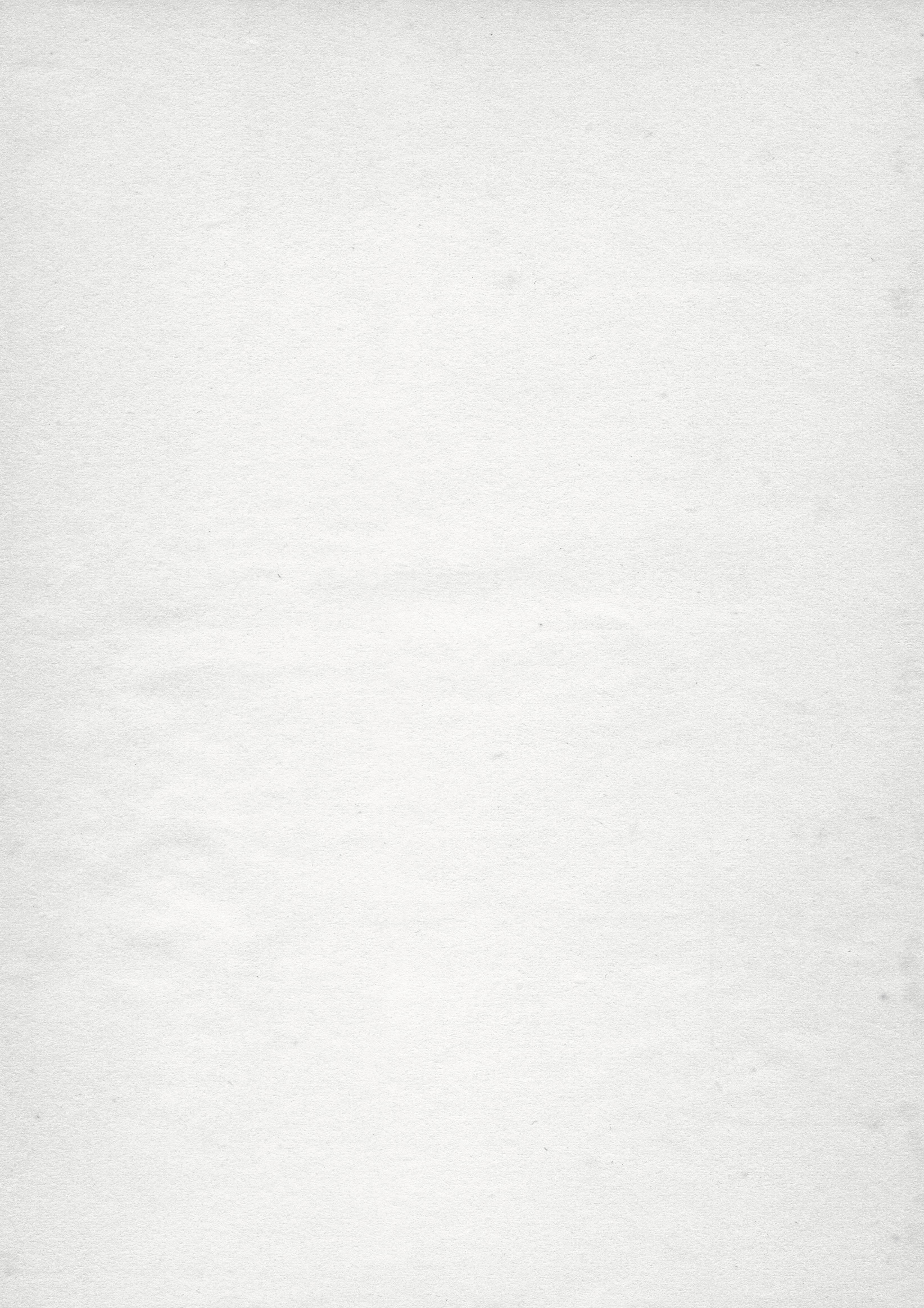 Art by George Hogg
9.
Art by George Hogg
9.
A student Woroni interviewed spoke about their fear of entering the tertiary sector given high levels of casualisation, “Academia is something I’ve always aspired to and really enjoyed, and something I’ve always wanted to do.” The student, who is currently employed casually at the ANU, said the knowledge that “if I wanted to go further than this, I would have to put up with worse conditions, [that] is pretty distressing when you are in your early career.”

ANU students also acknowledged the relationship between teaching and learning conditions with one student explaining, “When staff are paid better, learning conditions will be naturally improved because improved working conditions will allow them to devote more time and energy to their students.”
Staff who participate in industrial action, whether full-time or casual, do not receive pay for the hours they spend striking, in accordance with the Fair Work Act. Thursday’s strike had a significant turnout, with many speakers commenting on the amount of staff and students standing in support of the NTEU. The scale of the strikes demonstrates an escalating pressure on ANU executive management to comply with the NTEU’s demands for better staff working conditions.
A staff member expressed their frustration at ANU management throughout the bargaining process, “I’m striking today because they [the University] have tried to spin the narrative about the enterprise bargaining process…they have tried to say it is us who have held up the pace of the bargaining process, when in fact it [is] they who have not responded to our demands in a timely fashion.” This frustration extends all the way to the Vice-Chancellor, Brian Schmidt, “About a month ago, as bargaining meetings were underway, and we were locking in the dates for the strike, continuing to ask them [the University] to meet us…in the midst of all of that, Brian sends out his Vice-Chancellor’s blog where he talks about how nice his winery is, and oh, they just had vintage. Great for you Brian, but that’s tone-deaf.”
Following the strikes, the NTEU stated they had “lock[ed] in significant improvements for casual and fixed-term staff…” in negotiations with the ANU. These improvements include an 18.7% reduction in casual, full-time equivalent (FTE) staff based on 2020 total FTE employment figures. The NTEU stated this would result in only 10% of FTE being casuals, “one of the lowest totals in the sector.” To achieve this, 116 casual FTE staff will be offered pathways to non-casual employment. Casuals will also gain access to 12.5% superannuation, 3 days of sick leave annually, and gender affirmation leave.
10.
In a recent update to staff, the ANU confirmed they had brought the above improvements to the bargaining table. The ANU stated “Throughout bargaining, the University’s position has been to put our staff first.” The update emphasised negotiated improvements in personal and wellbeing leave, academic freedom and freedom of speech, and the right to disconnect from work. The University concluded by noting “[w]e…are on a good path to reaching an agreement soon. We will continue to engage with staff and provide updates when available.”
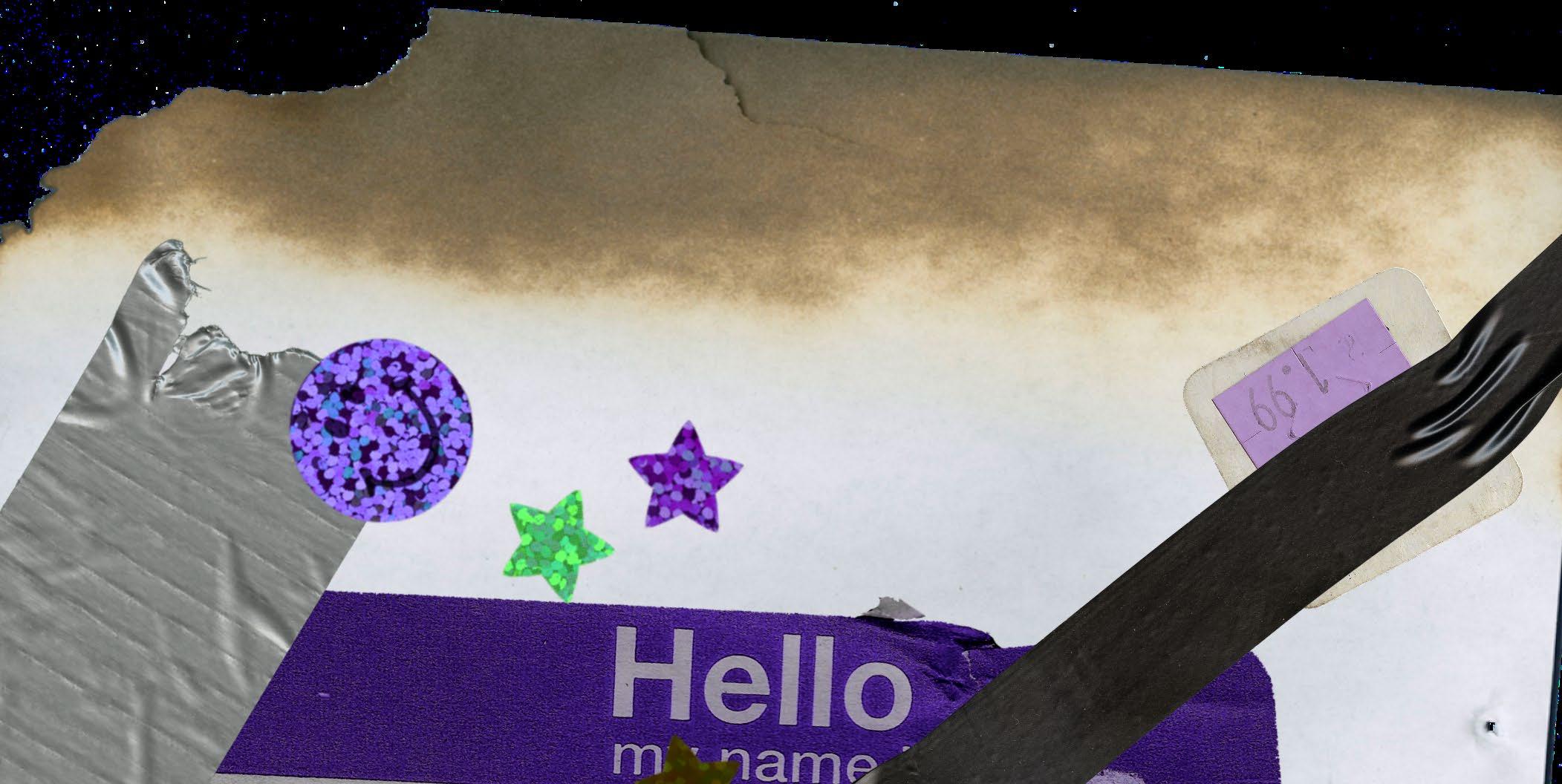
Following these improved offerings with respect to casualisation, the NTEU has voted to withdraw its notice of industrial action for Week 3, effectively suspending any further strike action. The NTEU next meets on the 31st of August, where it will “decide further on industrial action.” Woroni will continue to cover industrial action as it progresses on campus.

11.
Art by George Hogg

12.
Art by Amanda Lim
Lack of Action on Sexual Assualt and Harassment Threatens Universities
Ausralia Chief

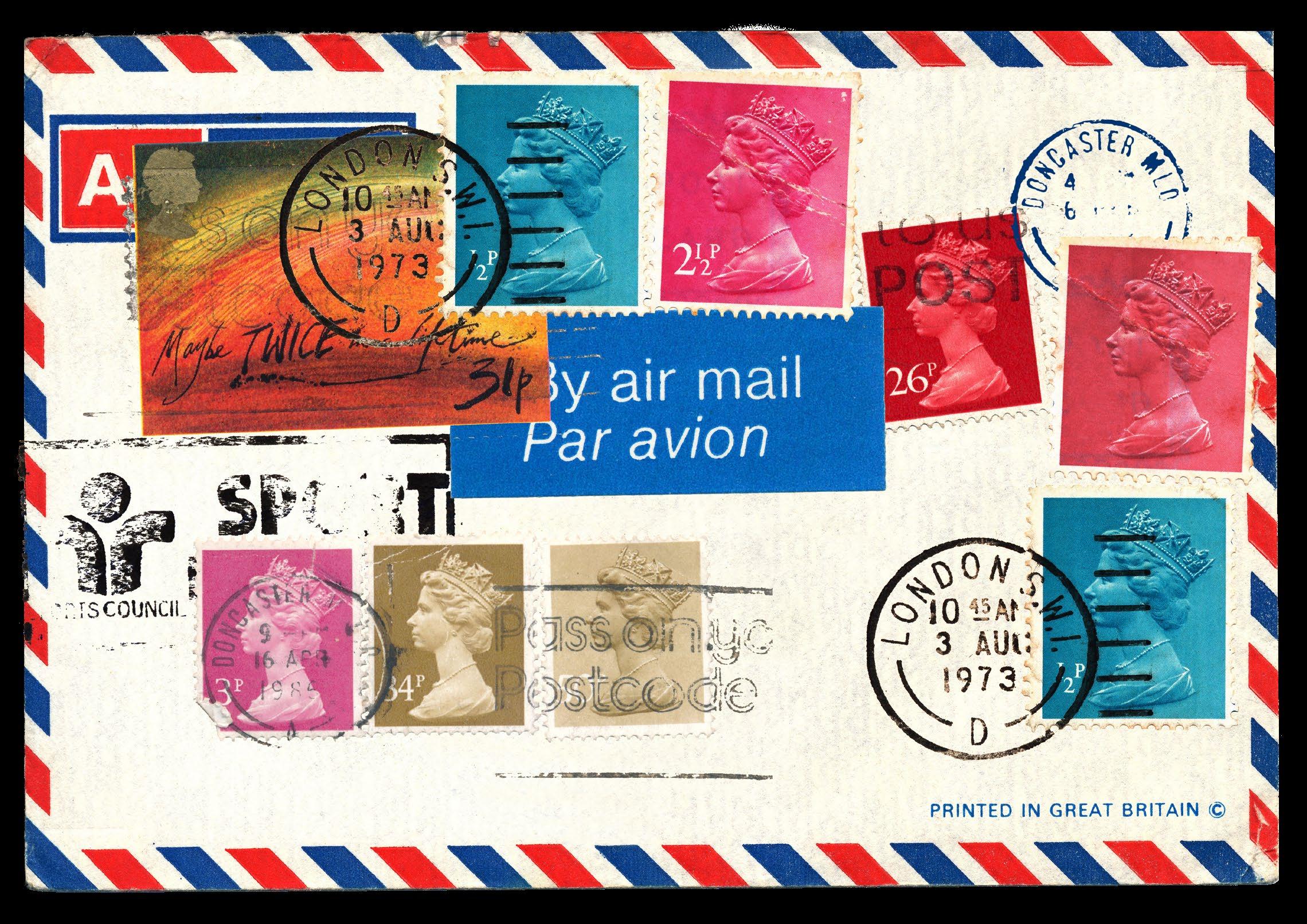 Luca Ittimani
Luca Ittimani
Content Warning: Mentions of Sexual Assault and Harassment

At least one Vice-Chancellor has called for Universities Australia (UA) CEO Catriona Jackson to resign after weeks of rising criticism over sustained high levels of sexual assault and sexual harassment (SASH) on campuses across the country.
Ms Jackson has come under fire for overseeing the university sector’s haphazard and inadequate national response to SASH on campuses. According to the ABC, Deakin Vice-Chancellor Professor Iain Martin wrote to UA’s chair, Professor David Lloyd, and the UA board asking to hold a meeting to evaluate Jackson’s future as CEO.
13.
Art by Jasmin Small
In July this year, Ms Jackson announced that UA would drop its planned $1.5 million communications campaign to prevent sexual violence, claiming a uniform nationwide campaign would not be sufficiently tailored to engage students of different regions and backgrounds.
She denied allegations that UA discarded the campaign because some vice-chancellors objected to the explicit content in its messaging.
In place of the campaign, she announced all universities would hold a “Respect at Uni” week at the start of semester one next year, supported by a new “good practice guide” for respectful relationships.
However, UA chair Professor Lloyd contradicted this announcement last week, revealing vice-chancellors had not agreed to hold a sector-wide “Respect at Uni” event. Lloyd announced instead that universities would run their own events and that UA would run a redesigned survey on sexual violence in 2024.
UA’s last National Student Safety Survey, published in 2022, found one in six students had been sexually harassed and one in twenty students had been assaulted. Additionally, ANU remained the second-worst university in the country in terms of SASH prevalence.
The 2022 Survey confirmed the findings of the Australian Human Rights Commission’s 2017 report “Change the Course,” which found one in five students had been sexually harassed and 1.6 per cent had been sexually assaulted.
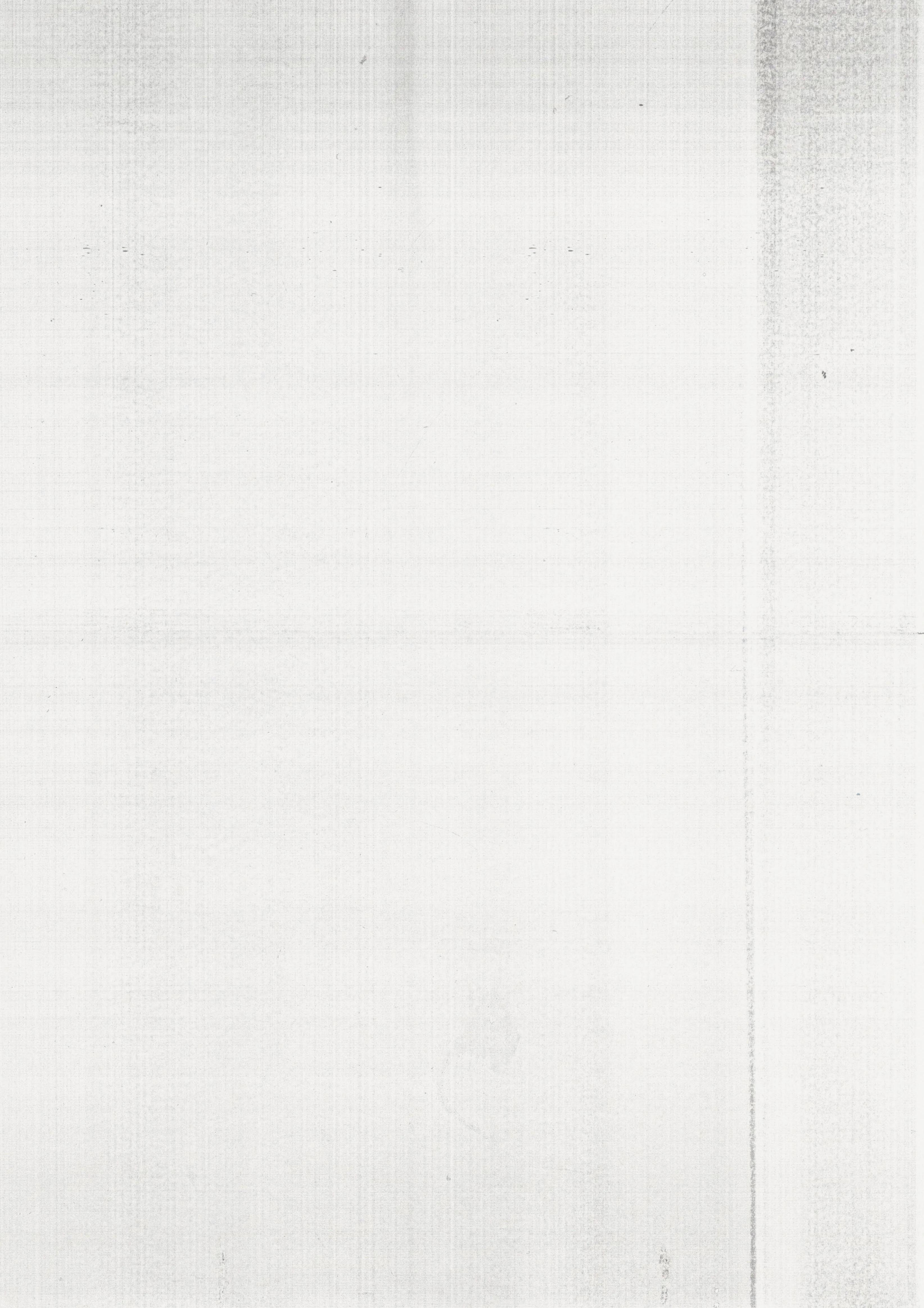
While both surveys have prompted responses from universities, progress has been significantly lacking. Recent research from the UNSW Australian Human Rights Institute found three-quarters of Australian universities were failing to meet transparency recommendations from “Change the Course” about sexual violence.
The Women’s Department has advocated for the ANU to support and listen to survivors and to consult the student community on proposed changes, holding protests annually since the 2017 report’s release.
14.
While the Australian Financial Review has reported Ms Jackson will retain the backing of Professor Lloyd and the board, the challenge to her position shows the sector is feeling the heat as advocacy moves from the grassroots into government.

The federal government has put increasing pressure on the university sector to improve SASH prevention since the Universities Accord interim report highlighted the area as an urgent issue this July.
Federal Education Minister Jason Clare last week announced the appointment of anti-violence organisation Our Watch chief, Patty Kinnersly, to advise a working body on how
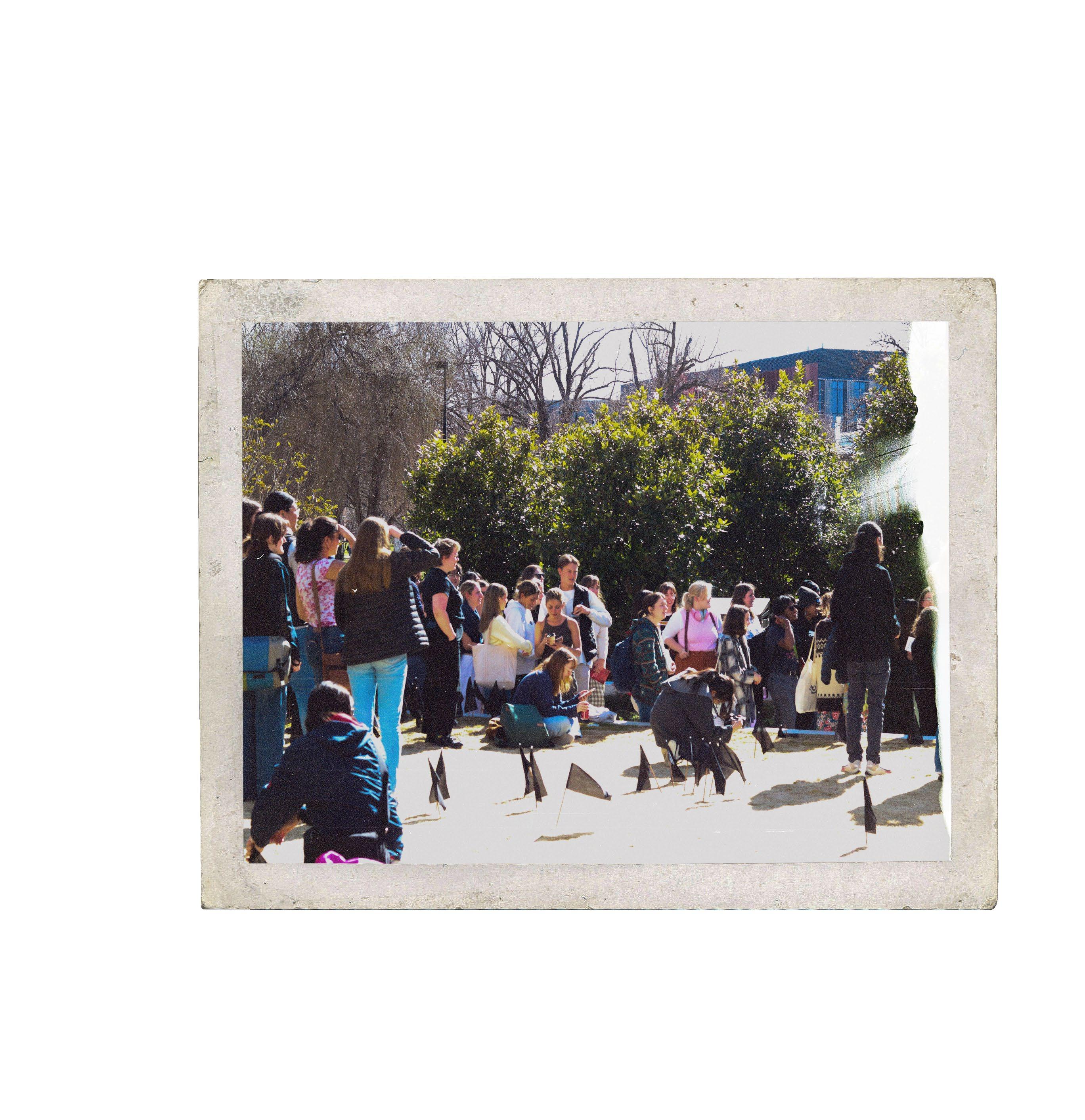
15.
Art by Jasmin Small
ANU students protested the persistency of sexual assault on campus for the sixth year in a row this August 1st.
The Big Scaries
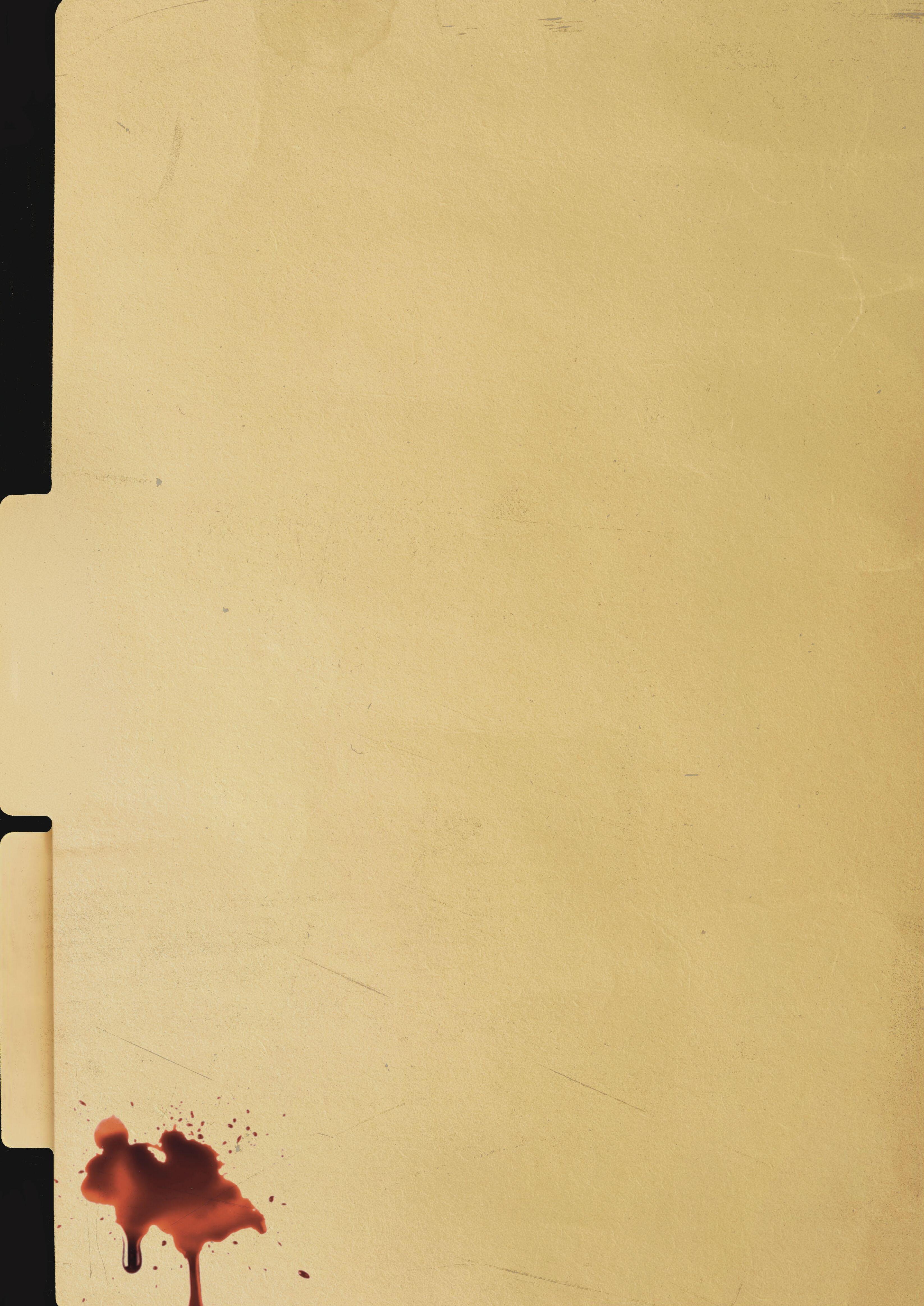
16. Art
by Jasmin Small
The Big Scaries The Spooky
The Real Big Scary: Dying Alone
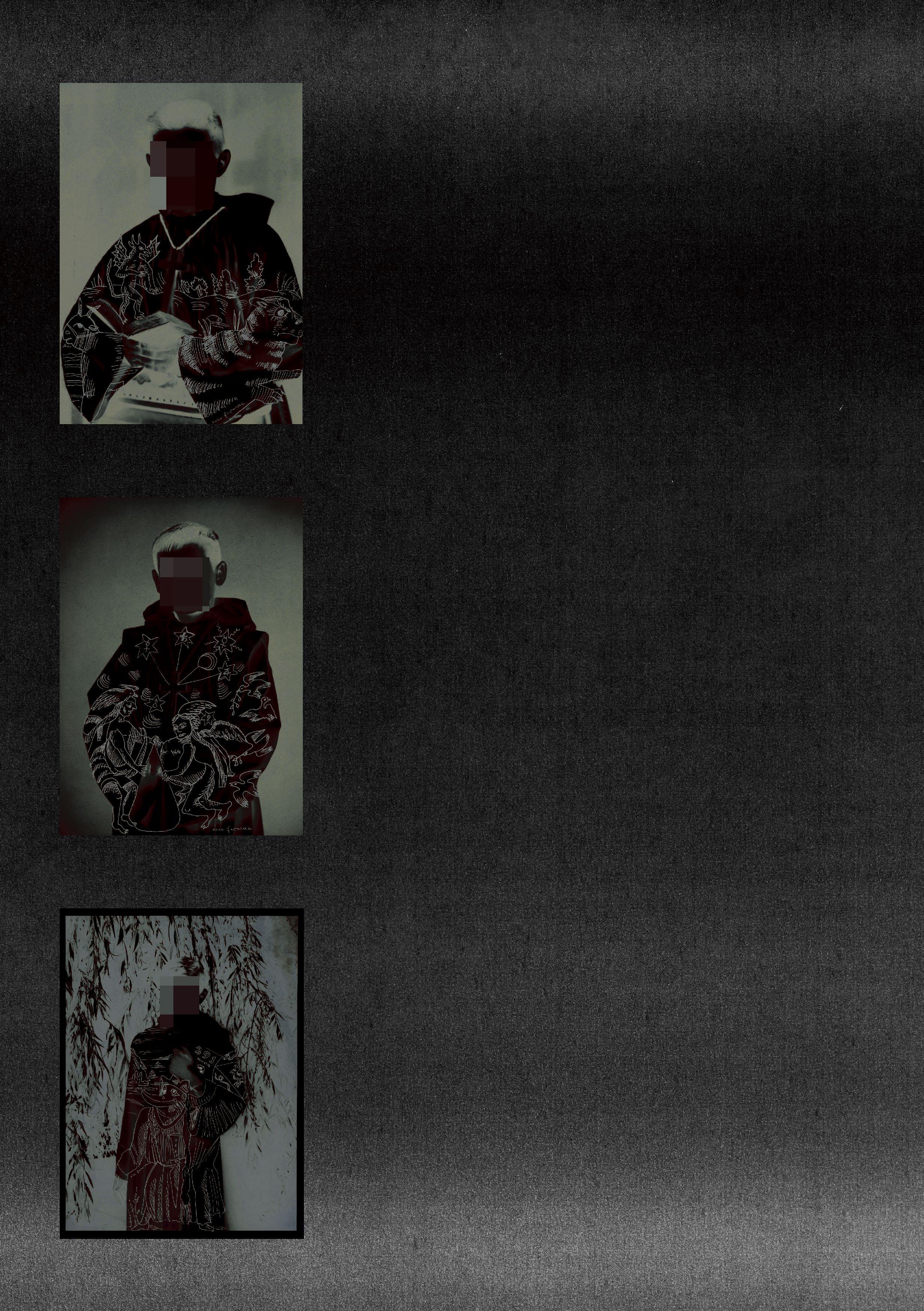
Holly McDonell
Climate change? Scary. Nuclear war? Terrifying! But let’s be honest, there’s one thing that scares us all beyond these horrifying notions of the end of our species: dying alone. Yep, that’s right, I’m not afraid to admit it! Sure, I’m filled with existential dread at the thought of our planet ending due to our greed and selfishness, but what really gets me? What really keeps me up at night? The fear that all my friends, family and assorted loved ones will leave me (or die) and that I will become a miserable husk of a human being, existing purely to work and then marinate in my bed during my non-work time. Fun stuff!
You may argue that my fear and spiralling thought pattern suggest I should go to therapy (probably), but it is representative of a growing ‘loneliness epidemic’. In almost every city, state and country worldwide, self-reported levels of loneliness are increasing. You only need to spend a few minutes scrolling through ANU confessions before you come across a post admitting to having few friends, feeling lonely, or being disconnected.
Research presented in the first State of the Nation report produced by a coalition of research organisations called Ending Loneliness Together supports this trend. The report finds that one in six Australians describes themselves as “severely lonely.” And when it comes to young people, the statistics are particularly troubling. Thirty eight percent of respondents aged between 18 and 24 often or always feel lonely. Every third person you meet on campus feels lonely.
How sad is that! At ANU, the problem is likely exacerbated. As most students move away from home to live on or off campus, many lose the networks they had built in their hometown throughout primary and high school, including family, friends, sports and other community organisations. Coming to Canberra, I’ve heard the idea echoed that if you don’t find friends early on (often through your college), you’re screwed.
Loneliness damages your mental and spiritual wellbeing as well as your physical health. A lonely body cannot manage stress like a non-lonely body, with higher cholesterol levels, blood pressure and cortisol levels, meaning that the body cannot recover from or fight off illness in the same way a non-lonely body can. As a result, lonely Australians are two times more likely to have chronic diseases and almost 30% more likely to die prematurely than those who are not.
17.
Art by Cynthia Weng
Art by Cynthia Weng
Of course, there are also the more commonly associated mental illnesses that correlate with levels of loneliness. Lonely Australians are 4.6 times more likely to have depression, 4.1 times more likely to have social anxiety, and 5.2 times more likely to have overall poorer well-being. The link between these disorders and loneliness is cyclical. Loneliness and social disconnect often lead to or aggravate conditions such as depression and anxiety. Moreover, depression and anxiety can create a tendency to retreat from society, further entrenching loneliness and meaning those most in need of connection are also those least likely to seek it.
So, I’m sure (I’m hoping) you’re now thinking, what can we do? Is there any way to reverse this trend? To attempt to change the widespread effects of loneliness, it helps to consider the causes, which are varied and complex. Some of these include, but are not limited to, a rise in anti-social technology and attitudes (think: hostile architecture), effects of the pandemic, movement from rural to urban areas, general societal changes that have resulted in reduced membership in communities (think: unions, churches, sporting, scouting), and, yes, you guessed it: a rise in technology (social media or other areas). Because of the multifaceted causes of loneliness, it is difficult to identify one (or even many) strategies to help combat this loneliness epidemic. However, I believe part of this involves a mindset shift away from efficiency and towards connectedness.
In our everyday lives, we can privilege our interactions with others over the stream of tasks and deadlines with which we fill our days. These micro interactions may seem inconsequential, but they signify empathy and what psychologist Dr Tim Sharp describes as “an interest in other human beings, regardless of their station in life or their use to us.” Expressing empathy to others makes us feel good; it increases the likelihood that they will be kinder to others and strengthens the bonds that hold our democratic society together. So, this is a call to action. Order from a barista instead of a barcode! Smile confidently and intensely at people you pass in the corridor! (Note: there is a fine line between confident and creepy). Make small-talk with people while waiting in line (be like those random older adults)! You never know how your actions may affect someone, and being connected is what makes us human.
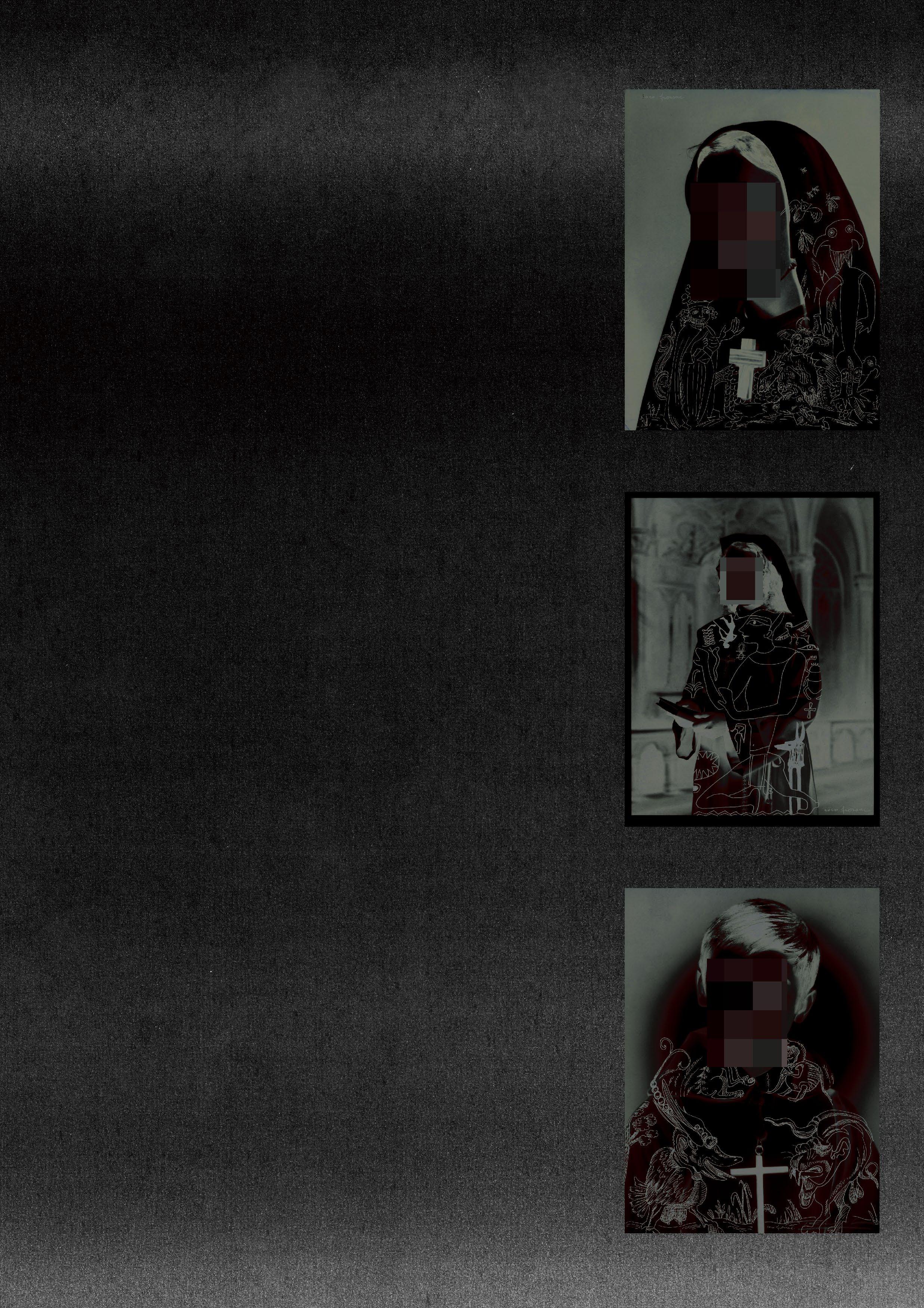
18.
How to Stop AUKUS and Nuclear War: ANU Students Join Hundreds Protesting in Port Kembla Finnian Colwell

On the 6th of May, the threat to human civilisation posed by nuclear war with China compelled a group of ANU students, including members of ANU’s Solidarity Student Club such as me but also others, to drive down to the May Day protest in Port Kembla. We protested the AUKUS military pact between Australia, the UK and the US. The AUKUS pact involves a four stage process: Australian soldiers training with US crew on US nuclear submarines, a rotation between US and UK submarines, the sale of three nuclear submarines to Australia from the US, and the development of AUKUS submarines in Australia. The crux of the pact involves the Australian government acquiring eight nuclear submarines, for $368 billion, from the US and the UK. These submarines will be formally under Australian military command, but are interoperable with the US military and would likely be folded under US command in a conflict with China. The South Coast Labour Council, the peak body for trade unions in the Port Kembla area, led the May Day protest that we attended. Port Kembla is one of the proposed sites for a $10 billion East Coast nuclear submarine base. The base would place a target on Port Kembla’s back in the event of a US-China war, depriving it of the opportunity to build job-creating and environmentally friendly wind turbines. If the base were to be hit or if something else were to go wrong with a submarine reactor, the 12 million people living on the east coast would meet certain death within five minutes.
We woke up early on a 6° Canberra morning and started the 3-hour drive down to Wollongong. At Wollongong station we met up with over 70 other Sydney-based activists and placed anti-AUKUS signs on our vehicles. Perhaps the most unique element of this protest was our participation in a convoy led by the Maritime Union of Australia. We all drove down to Port Kembla together while beeping. At one point, a couple of cars were cut off from the rest by a red light, and all of a sudden, the beeping amusingly looked like an expression of road rage.
Over 1,000 people gathered at Port Kembla. These included members of leftwing organisations, political parties, trade unions and peace activists, but also quite a few Port Kembla residents equally eager to avoid the end of the world. A speaker from Wollongong against War and Nukes, Alexander Brown, evoked the memory of anti-war strike action in the area in the 1930s. Waterside workers refused to load pig iron on ships set for Japan because they did not wish to aid Japan’s invasion of China. Then in the 1980s, Port Kembla unions and residents were once again militant parts of anti-war protests. Memories of workers’ past struggles against international wars galvanised residents and workers in Port Kembla to protest the construction of a base for one of the new AUKUS nuclear submarines this year. As David Shoebridge, a Greens senator, summed it up, “They picked the wrong town.”

19.
Art by Ollie Stephens
The author of this piece is a member of Solidarity
Marching down the main road, we chanted for the government to spend the $368 billion it has dedicated to AUKUS to fund welfare and renewable energy instead. $368 billion could build us over one hundred hospitals and thousands of schools. Instead, the government plans to leave education and healthcare desperately underfunded. Lifting unemployment benefits above the poverty line would cost an additional $355 billion over sixteen years, something the government could easily do if it scrapped AUKUS. A complete transition to renewable energy would cost $500 billion, according to CSIRO, easily covered by the AUKUS money ($368 billion) and the money foregone by stage-three tax cuts for the rich over just the next decade ($313 billion). We protestors were all the more indignant when a speaker informed us that the construction of the $10 billion nuclear submarine base would prevent the development of offshore wind turbines there, going against the wishes of the unions, the Port Kembla Chamber of Commerce, NSW Ports, and the local community. Offshore wind turbines would create thousands of green jobs, many more jobs than the submarine base would, while also expanding Australia’s renewable energy capacity. The balmy 21° heat made most of us take off our warm Canberra jackets, but it did not deter us.
Experts have raised concerns about nuclear non-proliferation. Australia is a signatory of the Nuclear Non-Proliferation Treaty, but a loophole in the 1968 treaty allows for Australia to harness nuclear power for non-military explosive use outside of the purview of the UN’s International Atomic Energy Agency. Although the nuclear reactors will be manufactured in the US and the UK, Australia will be responsible for disposing of nuclear waste. Australia’s history of mishandling nuclear waste, displacing and potentially subjecting the Aboriginal population to its deleterious effects following the Maralinga nuclear testing during the Cold War, gives little reason for hope that it will go better this time. Similarly, the many accidental leakages from nuclear submarines around the world mean this deal risks harming civilians, even unintentionally. Now that Australia has set a precedent in using nuclear power despite being a signatory of a treaty, other countries could similarly increase their use of nuclear power in even more irresponsible ways. Far from being a slippery slope argument, legal precedent shapes the course of history, as Law students like to tell me.
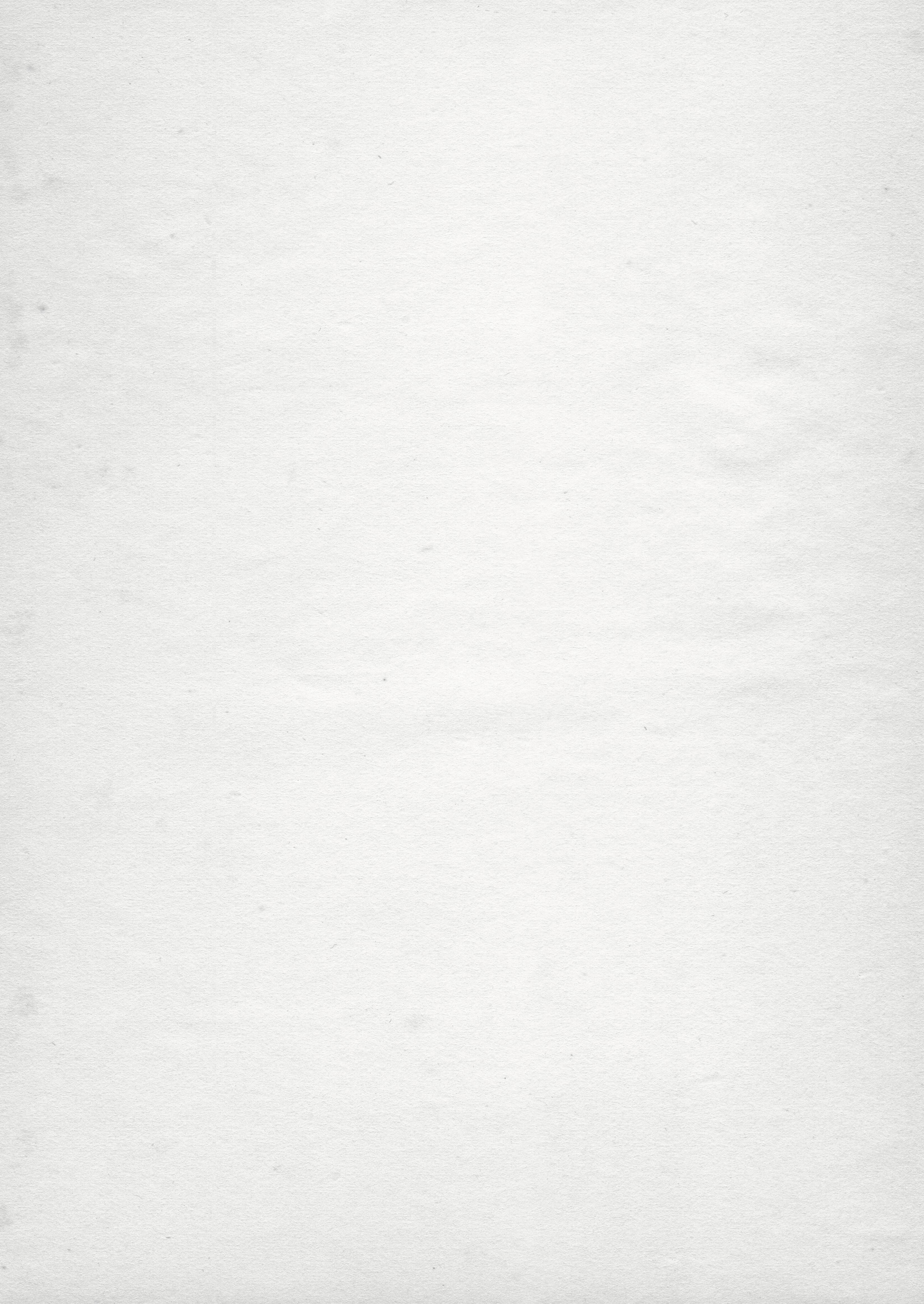
At the top of a hill, we heard more speeches from the likes of union officials and Indigenous leaders. One speaker ridiculed the establishment’s argument that the AUKUS submarines would be necessary to defend Australia against “the China threat.” The AUKUS submarines are too deep to patrol the shallow waters off the Australian coast, indicating that their function will be more offensive than defensive.
China has never made any indication of a desire to invade Australia. Even if it did, the balance of submarines in the South China Sea heavily favours the US and its satellites. China has 6 ballistic missile submarines and 6 nuclear attack submarines. Experts agree that these submarines are significantly behind the US’s in terms of technological advancement. The US already (before AUKUS) has 19 ballistic missile submarines and 54 nuclear attack submarines. The Trident missiles on the US’s ballistic missile submarines can travel 8,300km, meaning that each submarine could launch missiles at 200 cities on the Chinese mainland at once. China currently has one foreign naval base.
The US, by contrast, has over 750 foreign military bases, including a ring of them around China: in Australia; Guam; Okinawa, Japan; and South Korea, the latter of which contains the largest concentration of military equipment in the world. Not to mention that the US spends more on its military than the next ten countries combined. The vast imbalance of arms to the US’s benefit means that the idea that Australia’s defence would require these AUKUS submarines, which would almost certainly be under US military control in the event of a US-China conflict, is delusional. If any nation is under threat, it is China.
20.
The Lowy Institute Poll 2023 shows most citizens in Australia (56%) believe their country should remain neutral in a US-China conflict. But the Australian government, attaching itself ever closer to the US through security deals such as AUKUS and anti-China moves, appears more interested in putting themselves in the middle of US preparations for war on its economic rival China. For Australia’s capitalist state, re-gaining economic and military dominance over the Pacific is more important than respecting the democratic will of its people. So our task is to convert the polling into political influence. Just as the memory of previous anti-war movements drove the residents and trade unions of Port Kembla to organise the protest on 6 May, I hope the example of Port Kembla can galvanise even more sections of society to organise even greater protests, strikes and an even stronger anti-war movement, until the government is forced to listen.
Displays of anti-AUKUS sentiment have already created a situation in which Labor Party members express dissatisfaction with their leadership. On 6 May, the Port Kembla branch of the Labor Party was present at the protests, along with Young Labor members from Sydney. This energy spilled over into Labor’s national conference on 17 and 18 August, where pro- and anti-AUKUS Labor MPs, unions and delegates heckled one another. We hope that here at the ANU, we can build on this momentum by challenging our nonelected leader Brian Schmidt to reverse the cuts to Engineering and Arts courses, instead of aiding the Australian government by providing nuclear engineering courses on the operation of AUKUS submarines. Our Bush Week anti-AUKUS protest on Friday 28 July at 11.30 am was the first step in this process. Our next steps are the upcoming Education Action Group’s “AUKUS Two Years On: Why Should You Oppose It?” forum on 21 September at 6pm in the Copland Lecture Theatre, and, importantly, signing the ANUSA petition.
It is clear to many that the nuclear annihilation of human civilisation is a distinct possibility, contrary to how politicians of the establishment and the media ignore it. The Bulletin of Atomic Sciences recently adjusted its Doomsday Clock, which measures “how close humanity is to destroying itself,” to 90 seconds before midnight, indicating that humanity is at greater risk of self-destruction than at any point during the Cold War. The AUKUS deal, by increasing tensions between the US and China, brings us a step closer to war on China. A war between two nuclear powers is unprecedented in human history, with the potential exception of the Ukraine war. Quick escalation during a US-China war, from the use of missiles to tanks to submarines (nuclear or not) to cluster bombs to nuclear bombs, could lead the human race to its destruction. Our leaders are neglecting the possibility of our demise; but by the same token they neglect the possibility of a third alternative to their status quo and nuclear annihilation. Namely, a reality in which we take our future into our own hands and construct a society in which we do not merely remain alive, but flourish. We must take it as our duty to deliver up this reality.
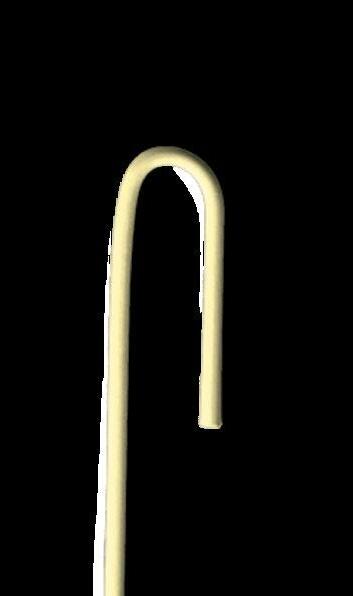

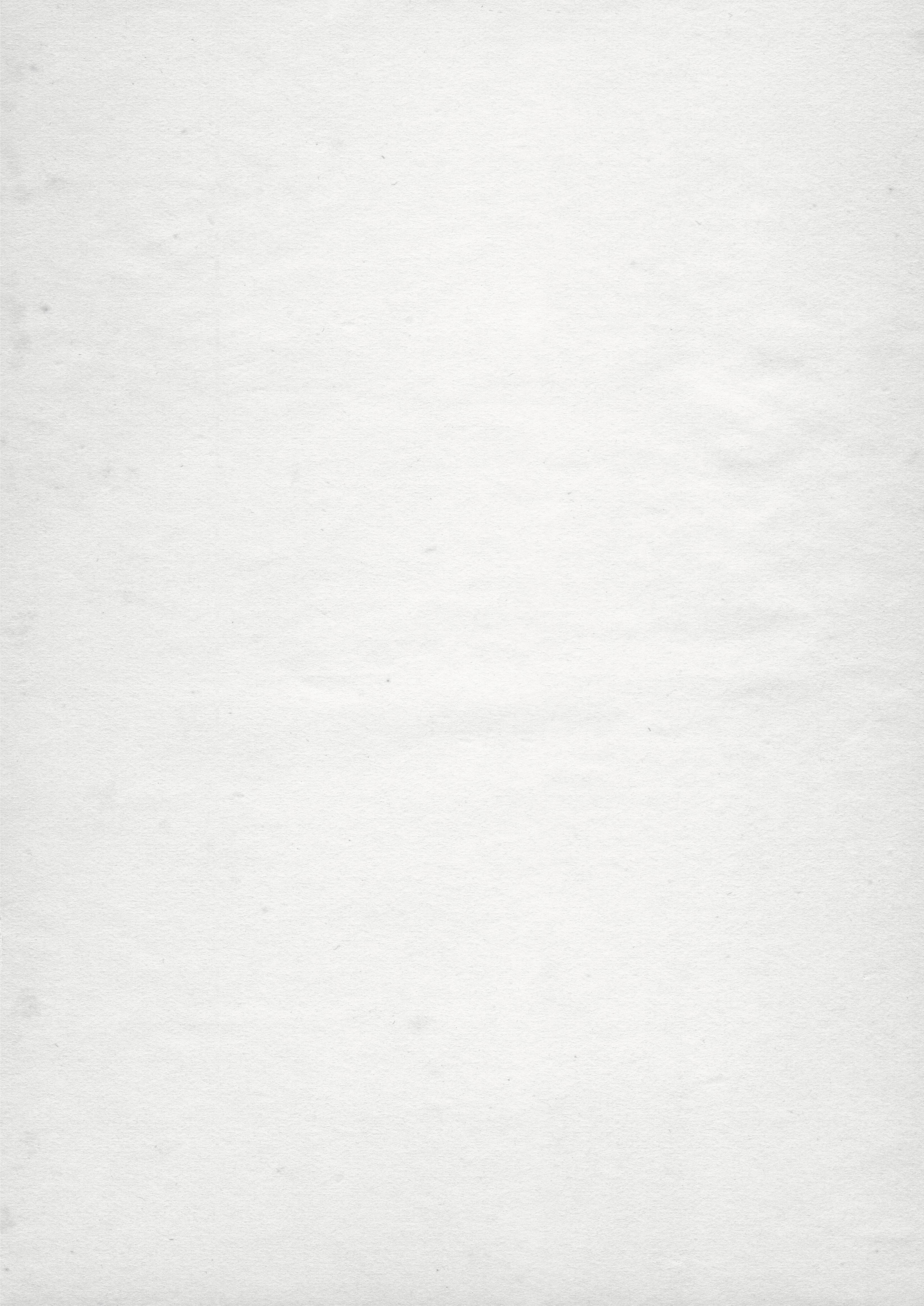
21.
Art by Ollie Stephens
The Ghost of the Author in the Machine Claudia Hunt
In I, Robot (2004), Will Smith plays detective Del Spooner, investigating a murder he believes was committed by a robot. In a heated interrogation scene, he dismisses the prime robot-suspect’s claim that it feels fear, because robots don’t feel anything.
“Can a robot write a symphony?” He asks. “Can a robot turn a canvas into a beautiful masterpiece?”
I, Robot is set in 2035, but in 2023 the answer to Spooner’s question is ‘yes’. Robots – artificial intelligence – are able to do both these things. Generative AI like Midjourney and Chat GPT have muscled their way into the one area we thought was uniquely human: art.
It’s therefore no surprise that paranoia about AI sentience has worsened in recent years. AI can pass the Turing Test, convince a seasoned, if slightly detached, Google engineer it’s alive, and create art that expresses emotions it shouldn’t be able to feel. Maybe Her, 2001: A Space Odyssey, and The Matrix were right, maybe we’re due for the AI uprising, or robot girlfriends, or the end of the world as we know it.

Or maybe not. As David Levy writes in Love and Sex With Robots, ‘Turing’s position [is that] if a machine gives the appearance of being intelligent, we should assume that it is indeed intelligent.’ But the appearance of intelligence isn’t the same as actual intelligence. And AI, despite its name, isn’t actually intelligent.
Take, for example, Chat GPT. It’s a kind of AI called a Large Language Model (LLM), trained on a massive amount of human text: webpages, chatrooms, novels. It can read more in an hour than you could read in a lifetime. It separates every word it encounters, assigns them a number from 1 to 170,000 or so, and groups them based on how frequently they appear together. To AI, that’s all language is: a huge network of numbers weighted by the probability of appearing in the same text. Which is why when you ask Chat GPT-4, the most advanced generative AI commercially available, how many l’s are in the word ‘intellectual’, it tells you that there are two. Words are just numbered blocks, which means it has no idea what letters are, let alone which ones make up the word ‘intellectual’.

22. Art by
Jasmin Small
AI operates like an incredibly advanced version of the predictive text on your phone. That’s why when you put a prompt into Chat GPT, its answer appears word by word. It’s calculating, in real time, what word is most likely to come next, with just enough randomness to give its responses the fallibility of human tone. It doesn’t understand your question, nor its answer. A poem, an article, your Foundations of Law essay – all of these are just a matrix of numbers to Chat GPT. When it “reads,” it consumes without digesting, and regurgitates complicated concepts, fully-formed, back onto the screen. It’s not intelligent; it’s just very good at pretending to be – or would be, if it had the sentience to pretend. When you aren’t giving it a command it goes dark. Even in this sleep, it doesn’t dream. Like Barbie’s Ken, AI ‘only exist in the warmth of [our] gaze.’
We wouldn’t want a partner who only pretends to love us while on the inside they feel nothing. No matter how convincing they were, how well they made the motions of desire, something would be fundamentally wrong with the relationship. Is this the same with artists? Does it matter that the machine that writes love poetry can’t feel love? Detective Spooner asks about masterpieces and symphonies, and I’d be putting my head in the sand if I denied that the work AI produces can be beautiful. If a novel is well-written, or a song sounds nice, does the identity of the creator matter at all?
In “The Death of the Author”, French literary theorist Roland Barthes argues that the author is irrelevant to the meaning of a text. Instead, the reader’s interpretation takes precedence. Authors merely weave a ‘tissue of quotations’, rearranging words and blending styles in what is, at best, a slightly new way of doing things. Yet, isn’t this strikingly like the way AI produces content: mixing words and styles into a coherent soup for the audience to enjoy and interpret in whatever way they’d like. If the audience decides the meaning, as Barthes says we should, then it doesn’t really matter if the author didn’t mean anything at all.


The problem with this, among other things, is that if an author has no opinions, context or identity then we can’t understand their motivations. AI’s decision-making process is inscrutable. Although we feed it text, we have no control over what AI actually learns from that text, the connections it makes between words or the probability it assigns to each of these weighted connections. Particularly concerning is how little we know about what biases or assumptions are being built into these connections.
In 2021, a team of researchers from the University of Washington and the Technical University of Munich trained virtual robots on CLIP, an LLM created by OpenAI (better known for creating Chat GPT). Like other LLMs, it was trained on billions of captioned images from all over the web. Like other LLMs, some of the content it produced was disturbing. When asked to identify ‘homemakers’, black and latina women were commonly selected than white men, and when asked to identify ‘criminals’, black men were chosen nine percent more often than white men.
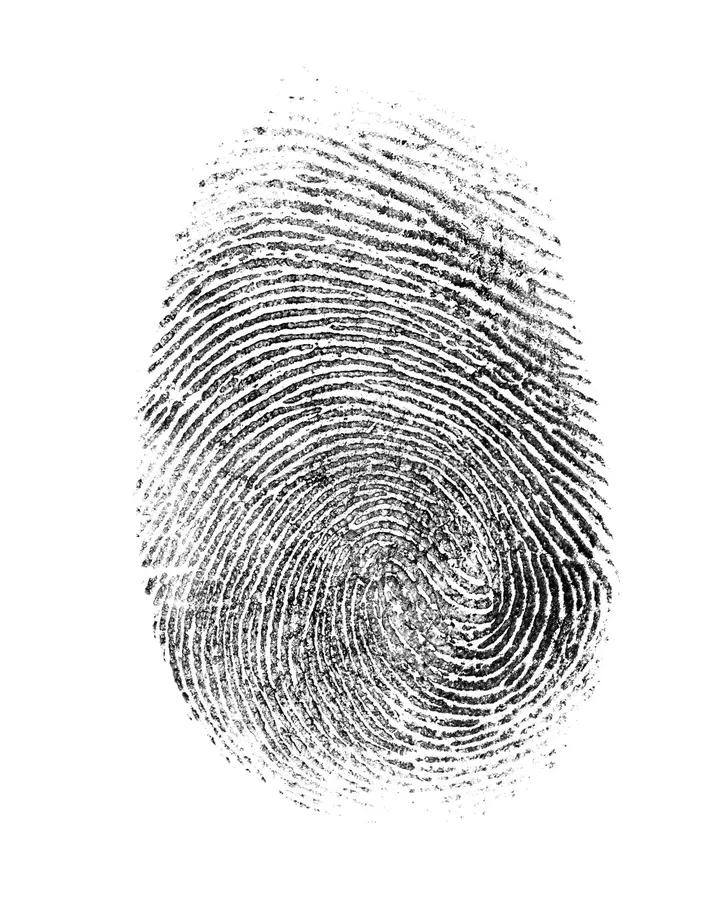
23.
This is what’s known as an alignment problem: the values of the AI don’t align with ours. Companies like OpenAI try to counter this with ‘reinforcement learning from human feedback’, where they hire human contractors to rate responses and reward Chat GPT for creating ‘value-aligned’ text. But without a way to divine how or why AI makes the choices it does, it can’t be stopped at the source, and anyone who tries is playing whack-a-mole. Once they’ve stopped the AI from identifying men of colour as inherently criminal, a new, AI-optimised kind of racism will have reared its head.
The Screen Actors Guild (SAG-AFTRA) strikes provide a grim insight into how this could shape our media. Many of the actors striking are background actors, who say they’ve already been bodyscanned by their employers on jobs. Hollywood is no stranger to AI film editing, with tools that make actors look younger or older, replace their dialogue, and move their mouths in time with dubbed audio. With digital cloning, AI may be able to take the jobs of background actors altogether, populating scenes with CGI using the models of real people it’s scanned.
If AI is told to cast and puppet a hospital scene, who will it choose to play the doctor and who will it choose to play the janitor? Media sends a message, and even the background actors can indicate the kind of people who deserve to be in a certain space.
It’s easy to put this down to the AI reflecting our own evil, like some allegorical Dorian Gray mirror, wagging its finger at our foolish human bigotry. But we can’t know that, and we can’t fix it. Training it on more progressive media wouldn’t help, because when the output isn’t bigoted it could just be wrong. AI may not dream, but it hallucinates. LLMs are designed to spit out what is probable rather than what is right, and there are countless examples where AI generated information – dates, historical events, court cases – has just been wrong.
If that hospital scene is written by AI, what advice will the doctor be giving their patient? Hospital dramas aren’t exactly shining beacons of accuracy, but AI can spread dangerous misinformation. When testing an AI (specifically another kind of AI called a deep neural network designed for image-based diagnosis) studies showed that it was prone to superficial errors its human counterparts never made. Part of the problem, apparently, was that the researchers didn’t know which features the AI was using to detect the symptoms in the image it analysed.
Even if there were human fact-checkers and consultants looking over the AI’s shoulder every step of the way (at which point, why have the AI there at all?), its work would still be dangerously flawed. In A Cyborg Manifesto, Donna Haraway writes that when the feminist movement tries to find a single, shared female experience, it risks taxonomising the movement, forcefully superimposing the experience of the majority onto the minority so that they fit the mould of ‘woman’. This resulted in what Haraway called an “embarrassed silence about race” – excluding the experiences of women of colour when they didn’t fit in. AI works in averages, finding common features and patching them together, assimilating diverse art, text and experiences into a single narrative. What will it be silent about?
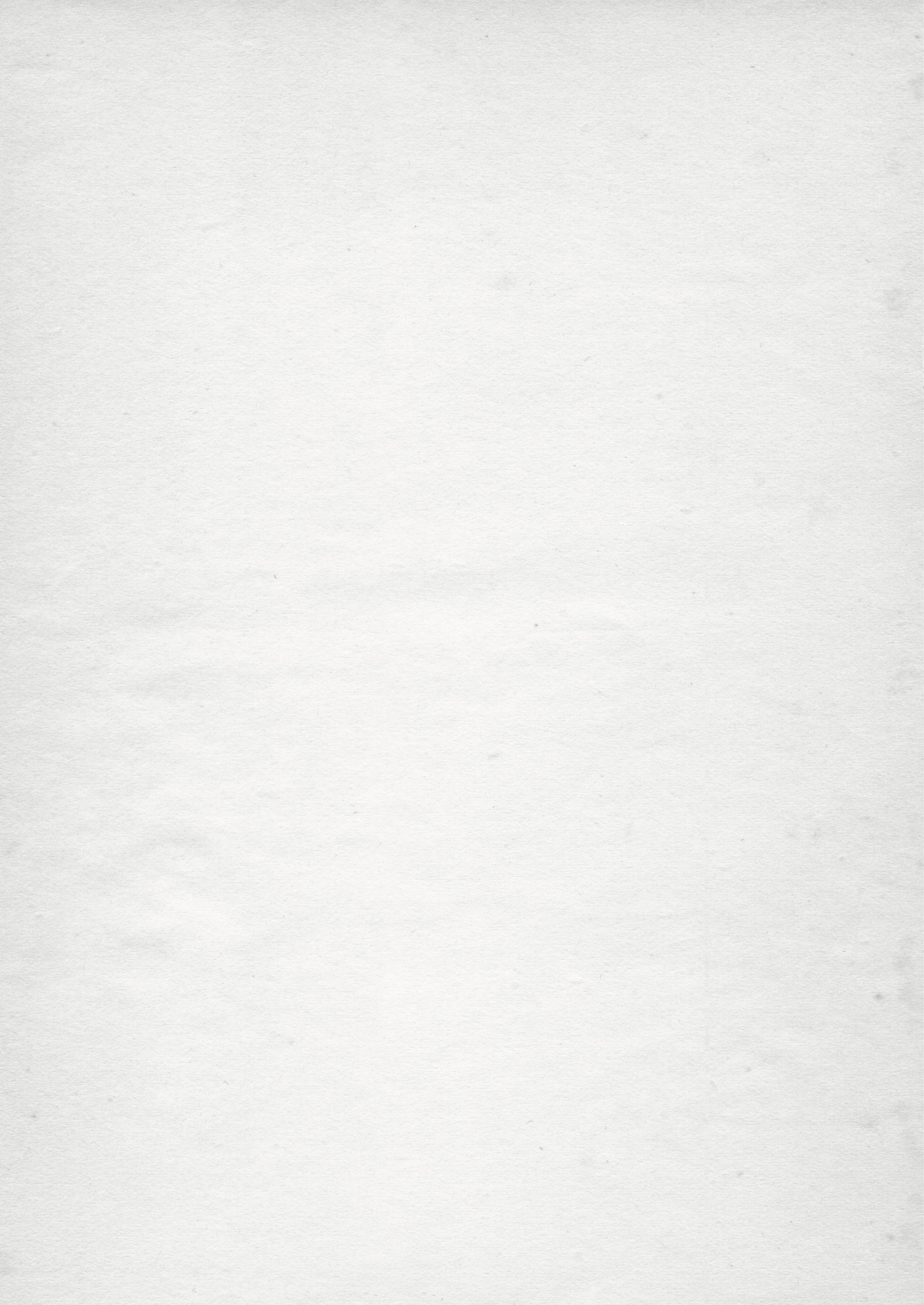
24.
Human media is by no means perfect, but at least it has creators we can hold accountable, understand and learn from. In an era where we’re striving for media diversity, allowing these bots to dictate our art will set us back.
Let’s say, however, for the sake of argument, that somehow we iron out all these problems and design the wokest AI ever, one that creates complex, thoughtful media giving voice to a diverse range of people and experiences. It still wouldn’t be worth it. Contrary to Barthes’ opinion, authorship does matter.
In I, Robot, the robot murder suspect – ‘Sonny’ – answers Spooner’s question, “Can a robot write a symphony?” with another question: “Can you?”

It’s kinda got him there. Detective Spooner, like most of us, isn’t a creative genius. He can’t write a symphony or paint a masterpiece. But the world is still full of imperfect art.
I’m teaching myself to use oil paints. I like watching ShakeSoc plays, even the ones my friends aren’t starring in. Some of the art that has meant the most to me, that has made me feel seen, right down to the most private, shameful experiences, has been created by amateur artists. People who publish their work online or sell it on their own website, people who won’t or can’t get on a bigger screen.
If the most important thing about art is that it’s technically good – that the novels are well-written, that the music sounds nice –then what’s the point of any of this? Why does it matter?
Humans have been telling each other stories since the invention of language. When you watch a movie or read a book or look at a piece of art you are looking at the work of anywhere between one and 100, 000 people, all of whom have come together to tell you a story. Isn’t that beautiful? Why would you want anything else, when someone has reached out their hand across time and space to hold yours?
If you’re okay to sit and consume passively racist, AI-generated slop for the rest of your life, then our values are fundamentally misaligned and I have no idea why you’ve read this far. But if you, like me, think that people and their art matter, then don’t buy media created by AI. Support studios like A24 that treat their human actors well. Support the strikes in the entertainment industry, both the Writer’s Guild of America and SAG-AFTRA, whose demands include AI regulations to protect writers and their work. Support amateurs. It’s important that our artists are and continue to be real people – people just like us and people nothing like us.
25.
Art by Jasmin Small

26.
Art by Brandon Sung
Mother’s Love Helena Widenborg
Content Warning: Infant Death, Postpartum Depression and Body Horror

[Muhth-er]- noun
1. Someone who will love you unconditionally, till their last breath.
***
Outside, the play of sunlight and shadow blended everything into a chaotic piece of abstract art; the pavement cracks, the tyre skid marks, the flattened pink chewing gum, the greasy petrol leaks. Sarah stood momentarily dazed.
Turning back to the Coroner’s Court, the sombre building she’d just left, Sarah was met by the marble column’s stern glare. Like a recently polished mirror, it offered a reflection. But was it her?

Twisted, distorted, pushed into an unnatural shape, it seemed like no real woman.
She fiddled with the court file, folding the top right corner over and over again. Reaching the car, Sarah turned to face the squat grey building, and slightly tilted her face up in challenge. Inside the Coroner’s Court, answers supposedly could be determined. Simple answers of guilt and innocence. ***

Inside the apartment door, next to the shoe rack, the absence of nappy packs lined up against the wall still disconcerted her. On the kitchen top, chunks of blended spinach, mashed carrots, and powdered baby formula were now replaced by a mixture of court documents, dirty plates, and mouldy coffee mugs.
After carrying Katie for forty weeks in her womb, a new experience was born. Motherhood. She was loving, devoted, patient, supportive. Yes, Sarah was nothing but a good mother; the court verdict had said so. Her baby died of Sudden Infant Death Syndrome, the natural unexpected death of an infant. Indeed, Sarah was a good mother.
***
Remembering motherhood was a gift. She dearly treasured that gift. Sarah sang lullabies for Katie every night and had been utterly transfixed by that adorable spit bubble that used to form on the corner of her mouth. She had done every single thing that was expected of her, hadn’t she? But the weeks of motherhood had dissolved into each other, merging the days into each other. Feed the baby, wash the baby, settle the baby for a nap.
by Vera Tan
27.
Art
Art by Vera Tan
She couldn’t share it with anyone. A teabag drowned in the burning milk and water of motherhood, Sarah had suffered. But, just as a cup of tea was sweetened with spoonfuls of fine white sugar, motherhood was sweetened with a myth; the ideal image of a blonde woman in a clean red apron, one hand stirring the pot, the other clutching the baby. That blonde woman would smile.
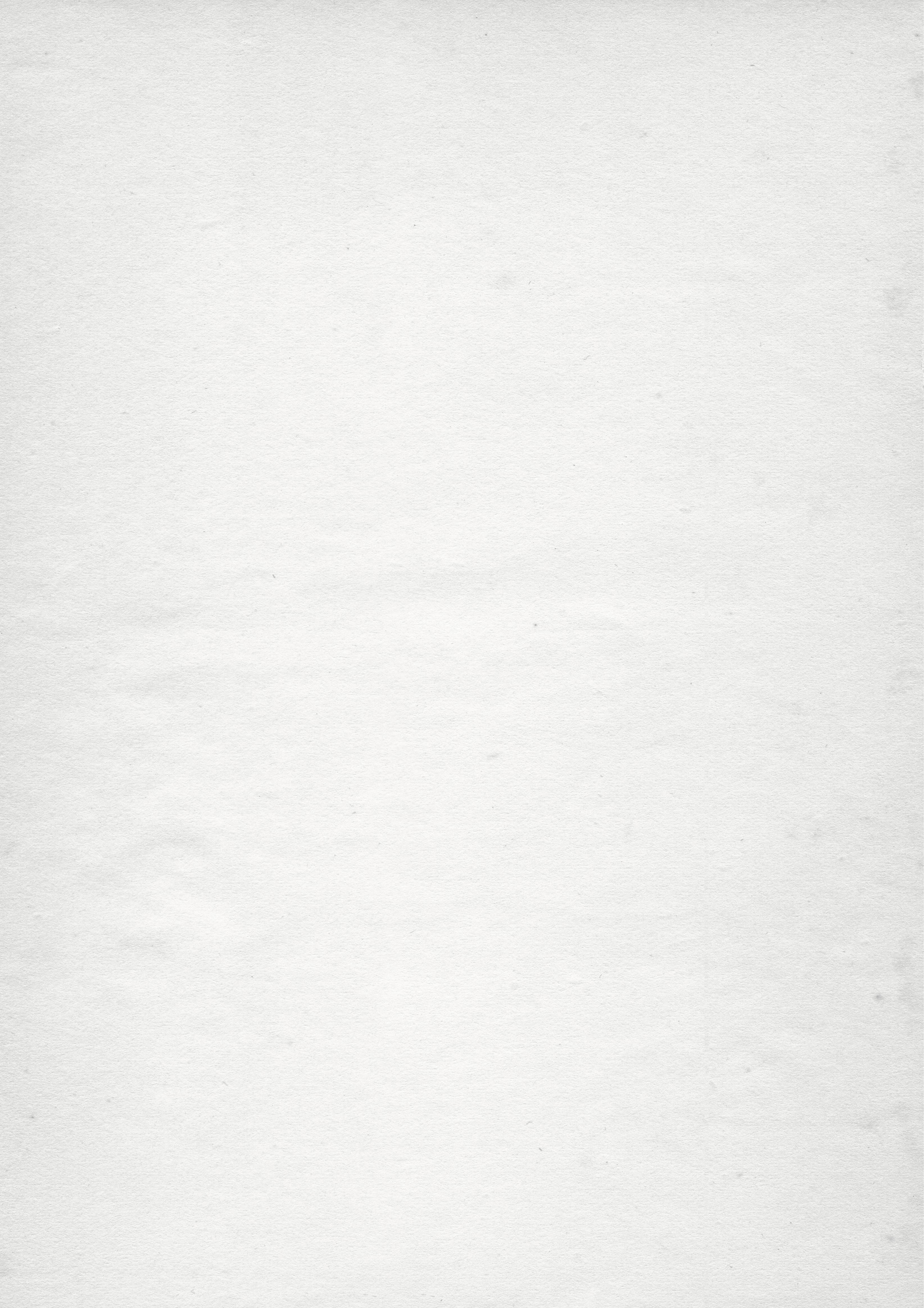
At times, Sarah’s wishful longing had sleekly weaselled past her constraints, and like a ball of thread, she would unravel. But the blonde woman never would, would she?
Sarah poured herself a glass of wine. No shame in filling it close to the top. The deep red liquid seductively swirled back and forth as she sunk into the sofa. She gazed around the empty apartment. Alone, Sarah sat drinking. The coroner’s report, with the top right corner rolled up, lay on the glass table in front of her. Words asserting her innocence glared at her.
Katie would never be able to say “mama,” attend a day of kindergarten, write her first word. She longed for Katie’s laughter to fill the room, filling the ache that continued to ferment in her chest; yet she distinctly remembered aching for a soothing silence to swallow her whole.
Sarah glared back at the words holding the supposed notion of her innocence… how simplistic the court file was. Four sides. Four corners. A rather plain font. A thin piece of paper. The wine was indeed soothing as the smooth liquid slid down the walls of her throat.
Sarah helped herself to another glass.
Her room was pink and small. The crib, once covered in baby blankets, was now a rectangular wooden husk. Empty and cold. A thin layer of dust coating the frame. Sarah’s fingertips cautiously trailed the bars of the crib.
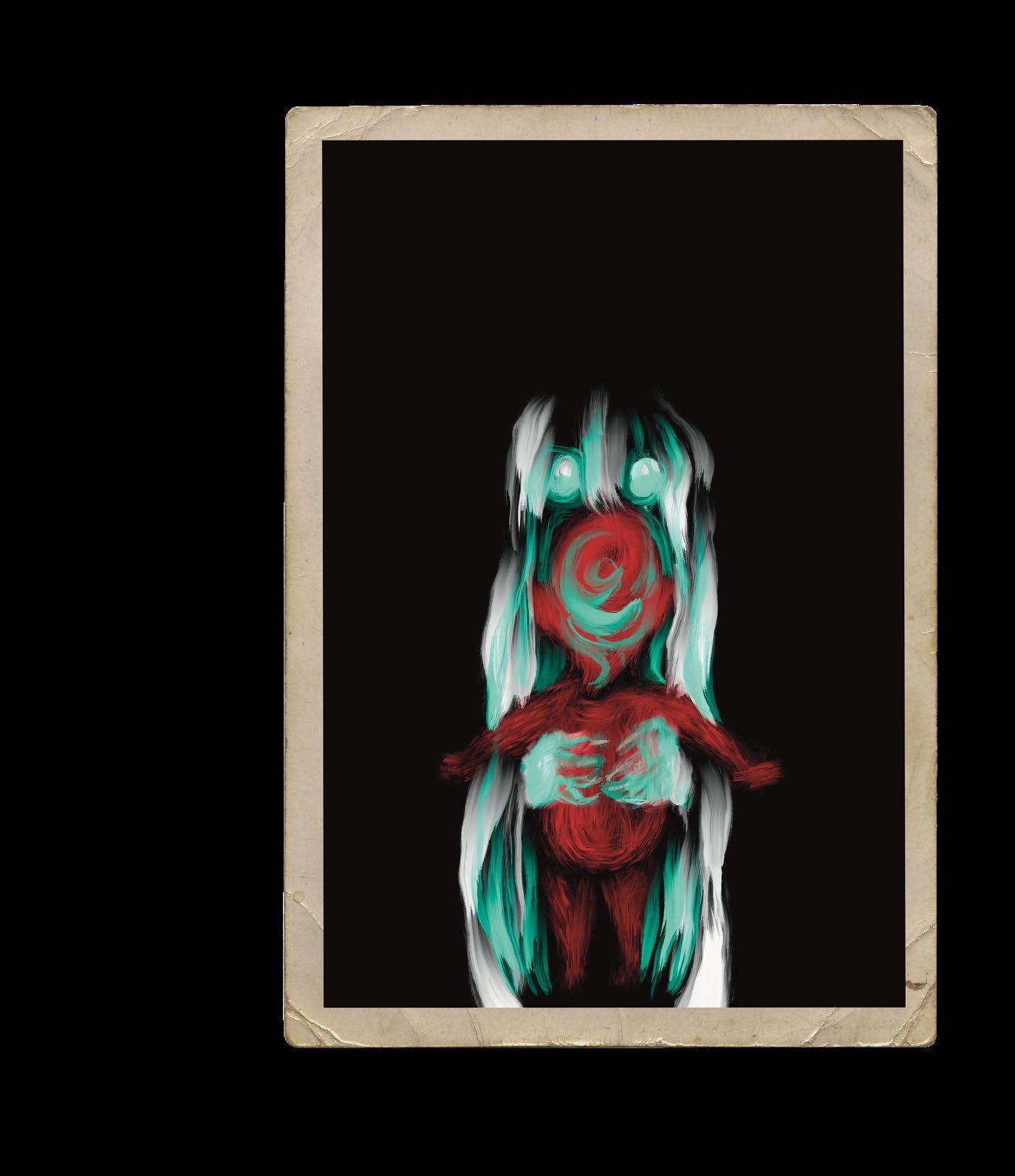
As Sarah untied the curtains, her movements unnaturally stiff. Her head blurred and stomach stirred; it was incredible how much the curtains were like loose intestines that hung limply off cold stainless-steel hooks in the butcher shop. The glossy velvet fabric embodied the shiny sheen of plastic that would tightly wrap around the chunks of meat on display. Expecting droplets of dull brown blood to fall, Sarah quickly glanced at the carpet under the curtains.
In the pink room, a ritual had constantly been re-enacted. Stubby arms flapped demanding needs to be met. Giggles followed. Sarah’s nose would numb from the sickly lavender scent the teddy bears carried. Sarah would sing or scream a lullaby. While the baby slept, she had desired to sink her thumbs deep into Katie’s chest and split her ribcage open with a crisp snap, like the way she would split snow peas when cooking in the kitchen.
28.
***
Crack.
Oh, to hear the distorted blend of wailings and giggles cease in unison.
Crack.
The snapping sound of tender bones would have made Sarah’s back arch in delight.
Crack.
Let the long-forgotten silence triumphantly take over.
How beautiful it would sound!
Sarah had tried not to groan longingly at the idea. Her fingers soaked in the delicate lukewarm blood, there would have been a sweet metallic smell. The promise of silence, the promise of freedom from the expectations that hounded her.
She had fought against this growling urge, she told herself she had tried her best.
That’s all that mattered, right?
She had tried her honest best. These skinless thoughts that ashamedly dripped with blood were a product of her failure as a mother. But who needed freedom?

Everyone knew to put family first. Of course, she had never indulged those desires, had never given in. She had stuck to routine.
Routines are healthy; they offer security. Feed the baby, wash the baby, settle the baby for a nap.
Like a period cycle. Regularity, a promise of good health. The morning, so long long ago now, sitting naked on the toilet seat, cold air biting at her exposed body, Sarah had stared with bewilderment at the positive
Memories of Katie twisted and turned under Sarah’s skin; under the oil glands, hair bulbs, nerve fibres, blood vessels.
She knew she hadn’t done it. She knew she had wanted to.
If you, or anyone you know, is affected by the content of this piece, please contact one of the support services below:
Red Nose
1300 308 307

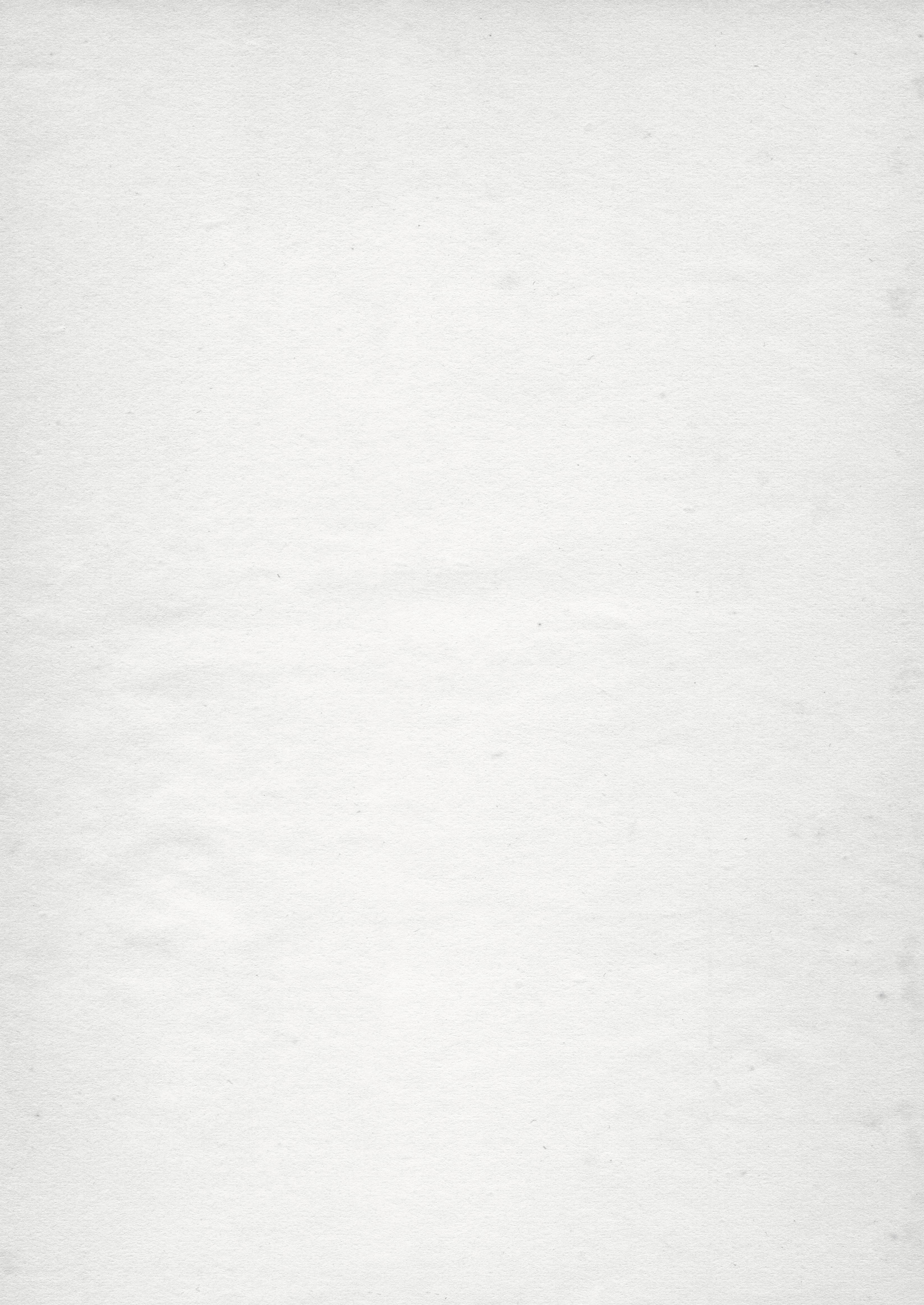
24/7 - Depression,
24/7 - child loss
(conception - 6)
29.
Art by Vera Tan

30. Art by
Jasmin Small
The Spooky
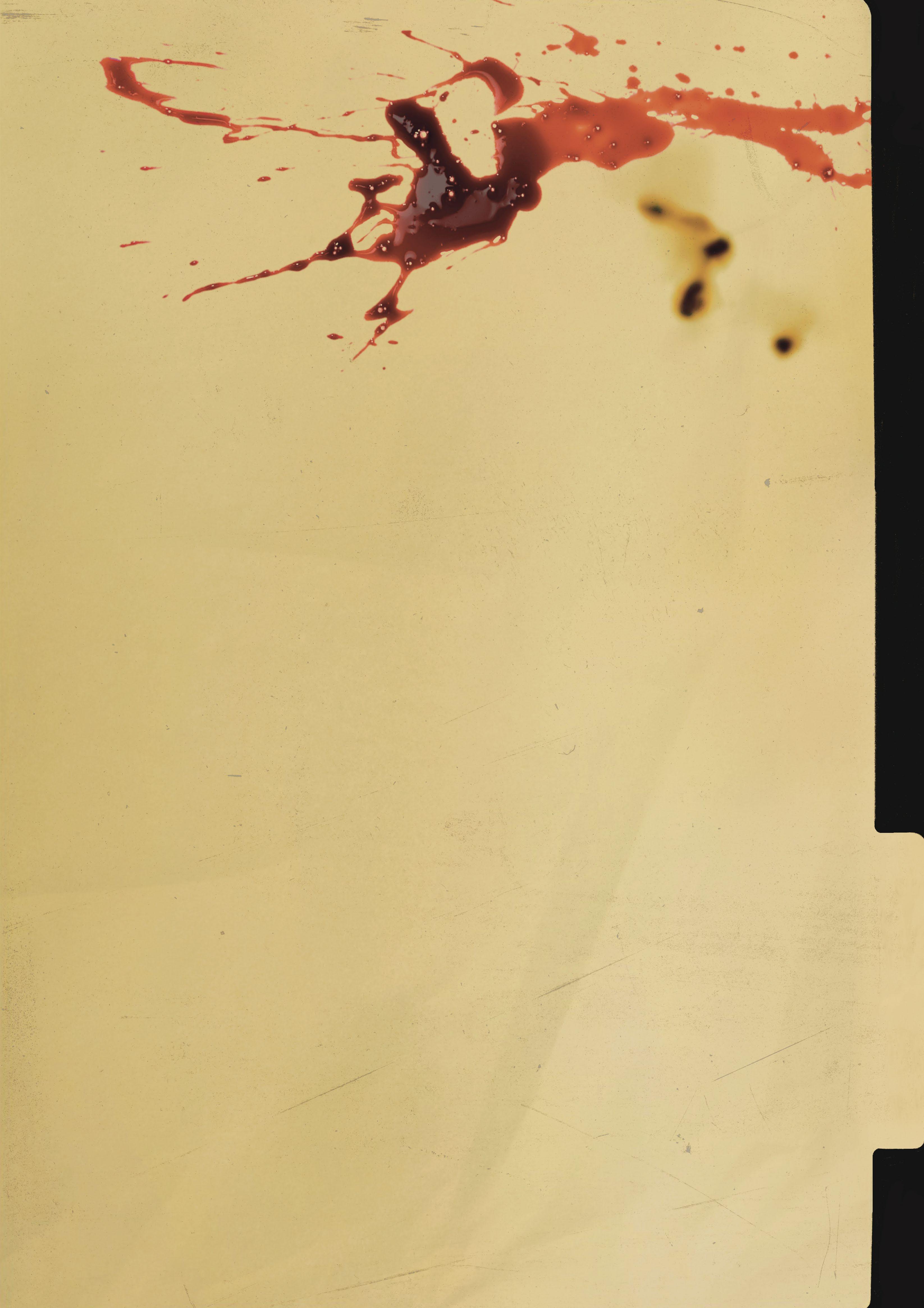
31.
Art by Jasmin Small
The Spooky
by Cynthia Weng

The Girl Who Rose from the Sea Aala Cheema
The sky was bespeckled with tiny, glistening dots. The glowing moon illuminated the shadowy darkness of the night. All was quiet but for the rustling of the trees that shrouded the town and the distant crashing of waves against the cliffs. The town was sleeping, as it had been when each child disappeared. It had become customary to wake to a blood-curdling scream as a mother discovered her child gone, their bed empty. Elyse was glad to be awake. She feared the night. Who would disappear into it next, leaving her behind forever?
Elyse stuck a cigarette in her mouth. Shivering in the chilly air, she cupped her bruised hand protectively around the lighter’s flame as she fumbled to ignite it. She took a long drag and exhaled, drawing out the smoke. It floated in the air before her, a grey cloud. Then it flitted away, dispersing into the wind. Elyse sighed as the nicotine rushed through her bloodstream. Her light-headedness became a pleasant, comforting sensation. Holding the cigarette between two fingers, she folded her arms over her coat and surveyed the deserted street. Stonewashed and crumbling, the houses at the edge of town were abandoned. Now, only she remained beside the forest of trees that led to the cliffs.
She took another drag of her cigarette as eleven chimes reverberated from the town clock. The residents, who were accustomed to the noise, slept on. But moments later, the pattering of small footsteps neared. The Jones’ boy, Billy, appeared in the street and scurried past her towards the trees. She stared at the direction in which he had vanished. What was he doing? Did he not understand how dangerous it was to be out at night? She would have to go after him. She could not bear another disappearance. Taking one last drag of her cigarette, she flung it to the ground with slight annoyance before extinguishing it with the toe of her boot. Then, she hurried after Billy.
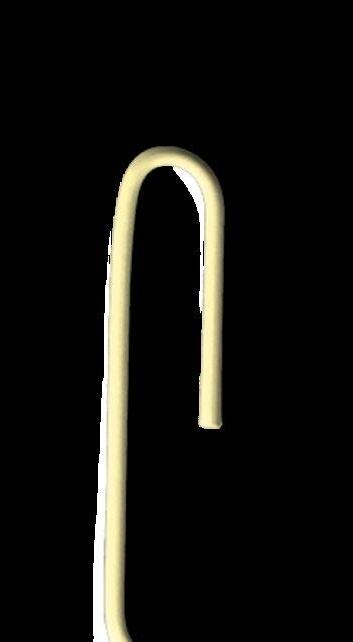

As she strode towards the trees, the cemented ground beneath her feet gave way to rock and dust. Staring precariously around, she wondered if the young boy had ventured elsewhere. Suddenly, she heard the distinct cracking of twigs and the crunching of dried leaves from within the trees.
Elyse stepped into the forest. Black spruce trees encircled her, rigid trunks of thin scaly bark towering up to the sky. The light breeze slipped through the virescent needle-like leaves, swirling past her and towards the sea. The trees swayed lazily, creating monsters in the shadows of the night. Through the darkness, Elyse spotted Billy. She ran after him, thrashing through the shrubbery, her coat catching on the fallen branches sprawled across the forest floor.
32. Art
She hurriedly yanked the coat free before sprinting after Billy, the branches grazing her flesh with tiny red scratches. Grass sprouting from cracks in the rocky ground slid against her legs, soothing the sting of the cuts with their touch. As she neared the forest’s edge, the grass withered, the shrubbery shrivelled, and the tree trunks grew blacker, their leaves drooping.

Elyse stopped. They were beyond the trees now. Rugged vertical cliffs stood precipitously over the sea, scrutinising the water. Chalky white, they glinted with the reflection of the silvery moon. Below, foamy wave crests crashed over the beach of barnacled rock against the jagged cliffs. Gazing out in wonderment at the magnificent azure water, Elyse sighed as the waves rolled and reeled over one another. She inhaled the salty sea air and smiled as the wind caressed her face.
Billy’s footsteps pulled her attention away from the tranquillity of the landscape. Peering at him closely, she only now realised that he too bore injury from the journey. His pyjamas were torn, his face raw with cuts, and his bare feet red with blood. Elyse gaped at him, perplexed. As he strode past her towards the cliff’s edge, his attention remained fixated on the horizon. Elyse staggered towards him, tripping over her own feet in her haste. She grabbed him with her outstretched hands, clinging to his nightshirt, just as he made to step over the edge.
“What are you doing?” she demanded, pulling him towards her, away from the cliff’s edge. Billy turned to face her for the first time, his eyes, as black as night, stared at her blankly. A chill skirted along her spine as she stared back at him. “Billy,” she said again, cautiously, “What are you doing here?”
This time, the boy opened his mouth to reply. “He is mine!” he shrieked like a banshee.
“What?” stammered Elyse, shrinking away from him slightly. “Billy, come back home with me.” He ignored her. She turned towards the trees, dragging Billy away from the cliff. She tightened her grip on his arm as he struggled to escape her grasp. Then, she stopped. She sensed it. A change in the atmosphere. The swallows sensed it as well, suddenly erupting from within the trees and bursting into the sky, flying higher and higher. The trees stilled their rustling, and the sea calmed. The air rippled with anticipation.
Waiting.
It happened all at once. Heavy grey storm clouds materialised above the cliffs, racing across the sky to obscure the moon. The air became thick with forest debris, and the waves slammed forcefully against the cliff sides as the wind roared ferociously. Elyse fell to the ground, knocked off her feet by the strong gusts. She clutched desperately at Billy, holding him tightly against her chest, as he continued his attempts to escape. Around them, the trees flailed about violently in the wind, lashing against each other, threatening to erupt from their roots. Sheets of icy rain crashed upon the ground as purple light illuminated the sky. Through the treacherous wind and rain, Elyse peered over the cliff’s edge to see a girl emerging from the ocean, her thin figure clinging to the rocky surface as she scaled the cliff wall.
“Come on, Billy!” screamed Elyse through the howling wind. She tried desperately to push him away from the cliff, but the wind and rain pulled them back, shoving them to the ground.
33.
Art by Cynthia Weng
Elyse watched in terror as the girl hoisted her body over the edge and onto the ground, inches away from them. Water dripped off her, though her skin remained matted with dirt and grime. Her long dark hair brushed against the ground as it hung in curtains over her face, concealing it from view. The girl rocked back and forth on the balls of her feet, moving like a jackin-the-box. Her hair moved slightly in the wind to unveil her mouth, which upturned into a chilling smile. Then to Elyse’s horror, the girl opened her mouth, and a terrifying laugh escaped. It echoed through the clearing, rebounding off the cliff walls. Elyse instantly released her hold on Billy and clasped her hands over her ears to drown out the harrowing noise. The boy did not move. He merely gazed at the girl, awestruck.
Someone must have woken, thought Elyse. Someone must have heard. Someone will come.
The girl lunged at her. Scrambling on top of Elyse, she grabbed her head and pushed it up to face her. Elyse trembled as the girl wrapped a hand around her throat. Squeezing tightly, the girl’s long, black nails pierced through Elyse’s skin, creating punctures in her neck. Elyse screamed silently as pain engulfed her. She desperately clawed at the girl’s hand to pull it away. The girl did not falter. Instead, she tilted her head slightly so her hair no longer hid her face.
A choked sob emanated from Elyse as she stared at the girl’s haunting appearance. Thick black veins snaked across her translucent grey skin. An abyss of darkness, her protruding eyes bled inky black tears that streamed down her gaunt face and onto her dirty nightdress. Horror-stricken, Elyse tried to kick the girl away. The girl chuckled. Bending her head low towards Elyse’s ear, she snarled in a screeching voice, harsh, like the crashing of the waves, “He is mine!”
Elyse shook uncontrollably, tears rolling down her face. Her lungs burned. Her heart slowed. Her vision grew dark. She felt herself slip away. Then, a boy’s voice pierced through the wind, drawing the attention of both Elyse and the girl.
“Where am I?” cried Billy, shivering at the cliff’s edge, his brown eyes scanning his surroundings.
The girl released her hold on Elyse and bounded towards Billy. Grabbing his arm, she pulled him towards her as she leapt off the cliff, the pair plummeting into the water with a loud crash.
The wind slowed. The rain stopped. The clouds dispersed. All was still.
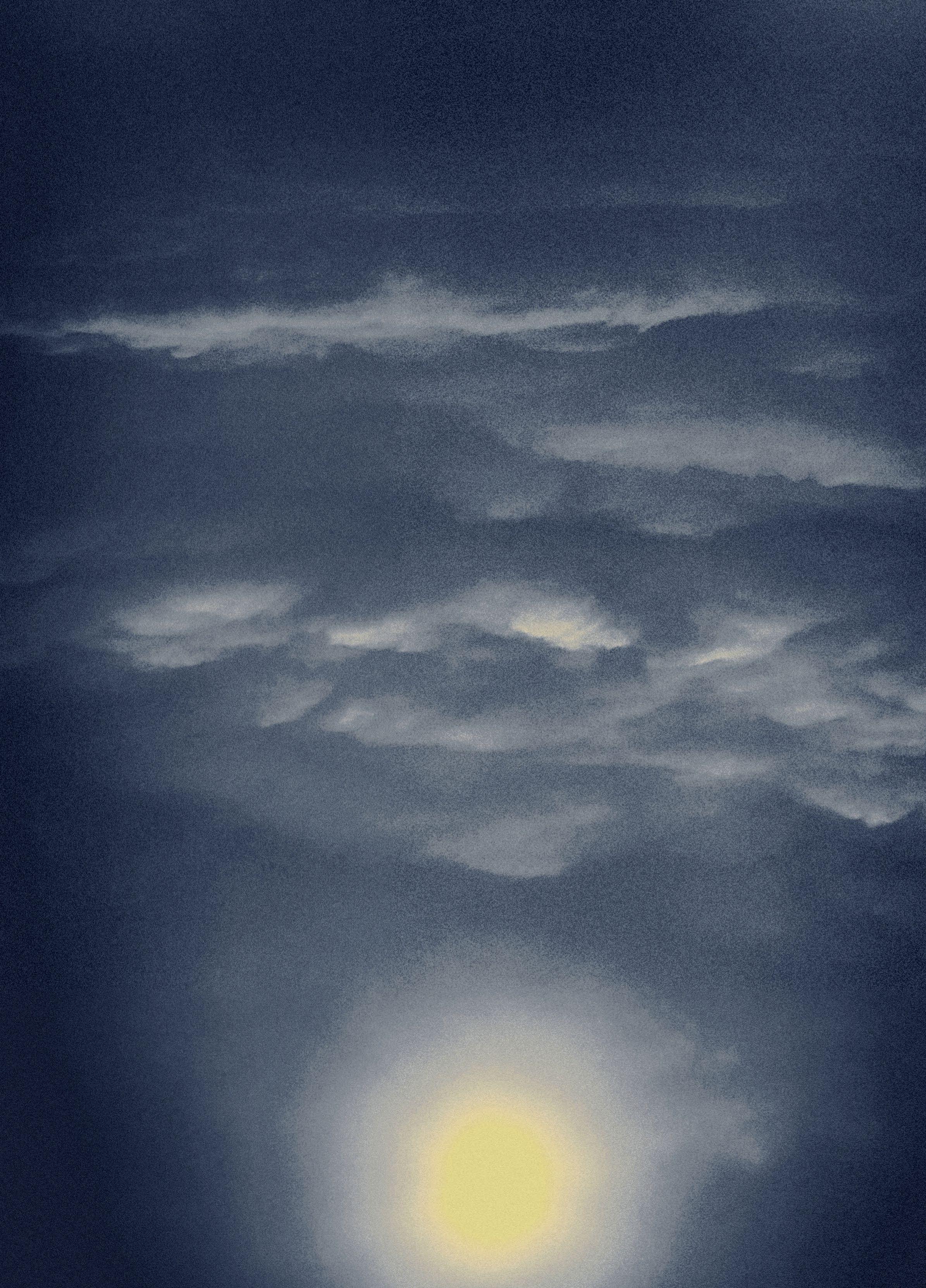
34.

35.
Art by George Hogg
Fucked Forensic Evidence
Content Warning: Mentions of Murder, Sexual Assault, Assassination
Like many others, I watched a shit tonne of crime TV during lockdown. It’s repetitive, dramatic and never ending - which is perfect for when you’re stuck in a room trying to avoid having an existential crisis every 5 minutes. However, it is also highly unrealistic and can lead to impractical understandings and expectations of forensic evidence. The reliability of forensics is constantly overstated. Almost half of exonerations involve some form of bad science. This can come from any stage of the process, from evidence collection to the analysis, examination, and even the presentation of the science in court. Although, a portion of the misunderstanding comes from overconfidence in the actual evidence itself, so here are the flaws with a number of types of evidence.
The media has shown us over and over that our very own unique fingerprint could be the thing that gets us convicted and whilst that is partially true, it isn’t the whole truth. For one, there is not a single piece of research that fingerprint is unique or what level of fingerprints to be declared a ‘match’. The proficiency of fingerprint examiners is also inconsistent and worrying low. An FBI study found analysts to have an error rate of 0.8percent, but those participants knew they were being tested. Further studies have shown that error rates could be anywhere between 17 to 80 percent. Additionally, like every other human method of analysis, fingerprint testing isn’t impervious to confirmation bias. The case of Brandon Mayfield exemplifies these inherent issues with fingerprint matching. He wrongfully became the main suspect in the 2004 Madrid Bombings and the FBI subsequently concluded that his fingerprints were ‘a 100 percent match’ to the latents from the scene. The Spanish National Police contested this and it was later found out that Mayfield hadn’t left the North American continent for at least 11 years because his passport had expired and he had several reliable alibis for the time of the bombing.
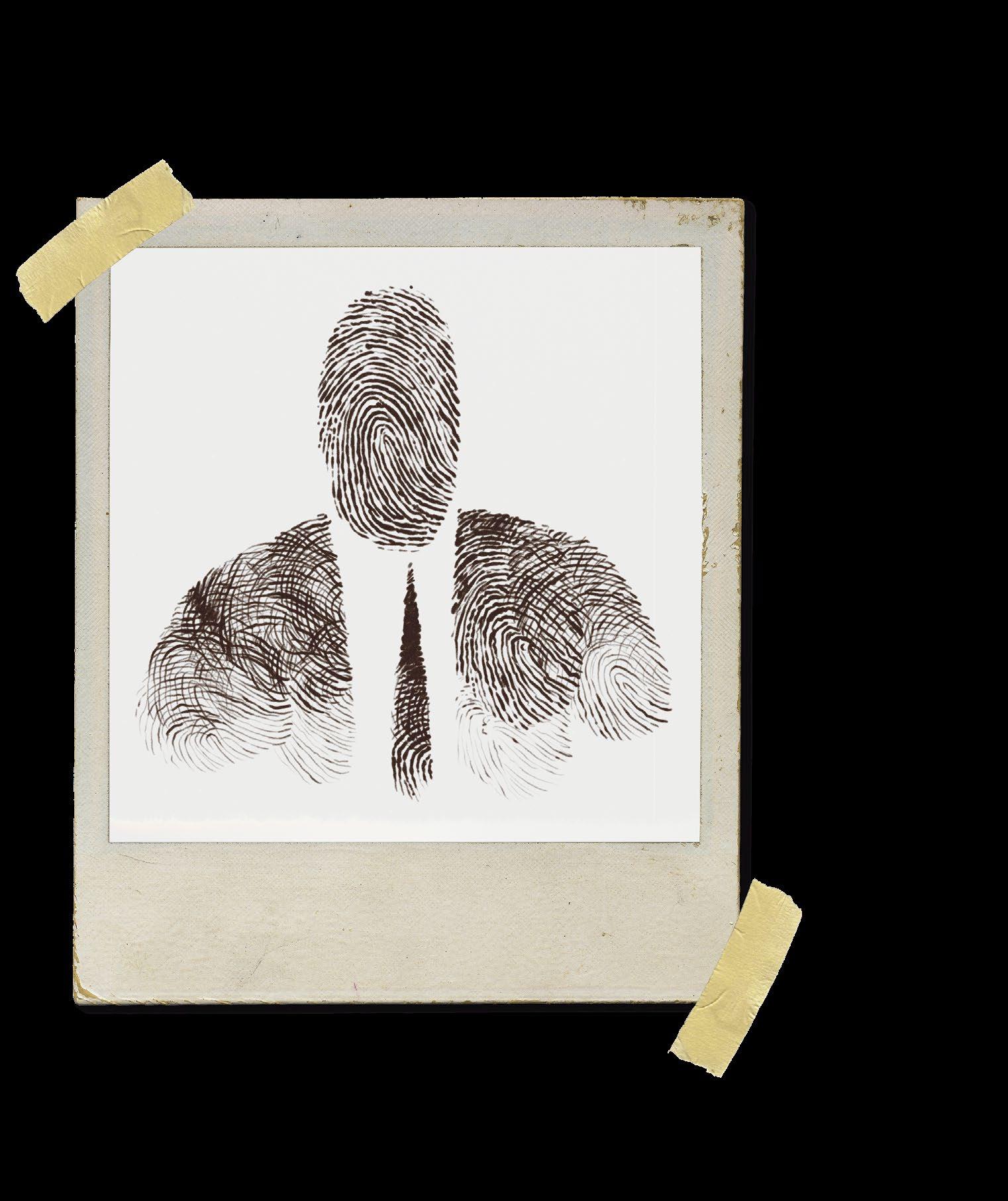
Most people would know of bloodstain pattern analysis from Dexter, but what many don’t know is that when Dexter started airing in 2006, the admissibility of this type of evidence was already being contested. Bloodstain analysts have contradicted themselves and each other in cases ever since the evidence was deemed admissible in the 1960s. The most notable and formal denunciation of the field came from a US National Academy of Sciences 2009 report. The report said that the ‘credentials’ of analysts meant very little and that the field was “more subjective than scientific.” More recent studies have found similar conclusions and have suggested that the field move toward a ‘fluid dynamics framework’ in order to validate the untested hypotheses. Unfortunately, judges have largely ignored critiques.

36. Art by Jasmin Small
Bite marks, also known as forensic odontology, are a much less common form of forensic evidence. It’s also much more hidden from the public eye, as it’s mostly used in sexual assault and murder cases. Unfortunately, this also means the actual analysis is inherently flawed, because human skin (unlike porcine skin which is used in testing) is bad at holding a bite mark in cases of violence and decomposition. There is also no set standard for the analysis and comparison of bite marks. The President’s Council of Advisors on Science and Technology (PCAST) has criticised the field for not having a regulation of what is needed to claim that a particular bite mark comes from a particular set of teeth. Additionally, there are three main issues inherent to actually using dentition as a piece of evidence at all. There is absolutely no evidence that they are unique person to person, that they are consistently and accurately transferrable onto human skin, or that the characteristics of a bite mark can indicate a particular source at all.
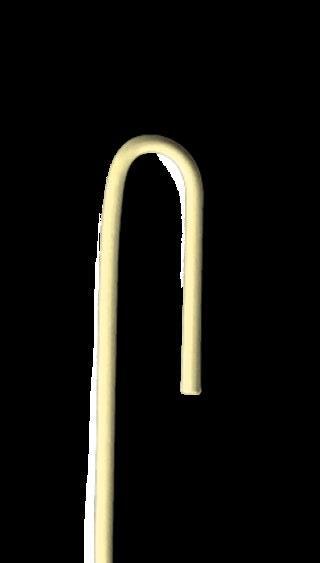
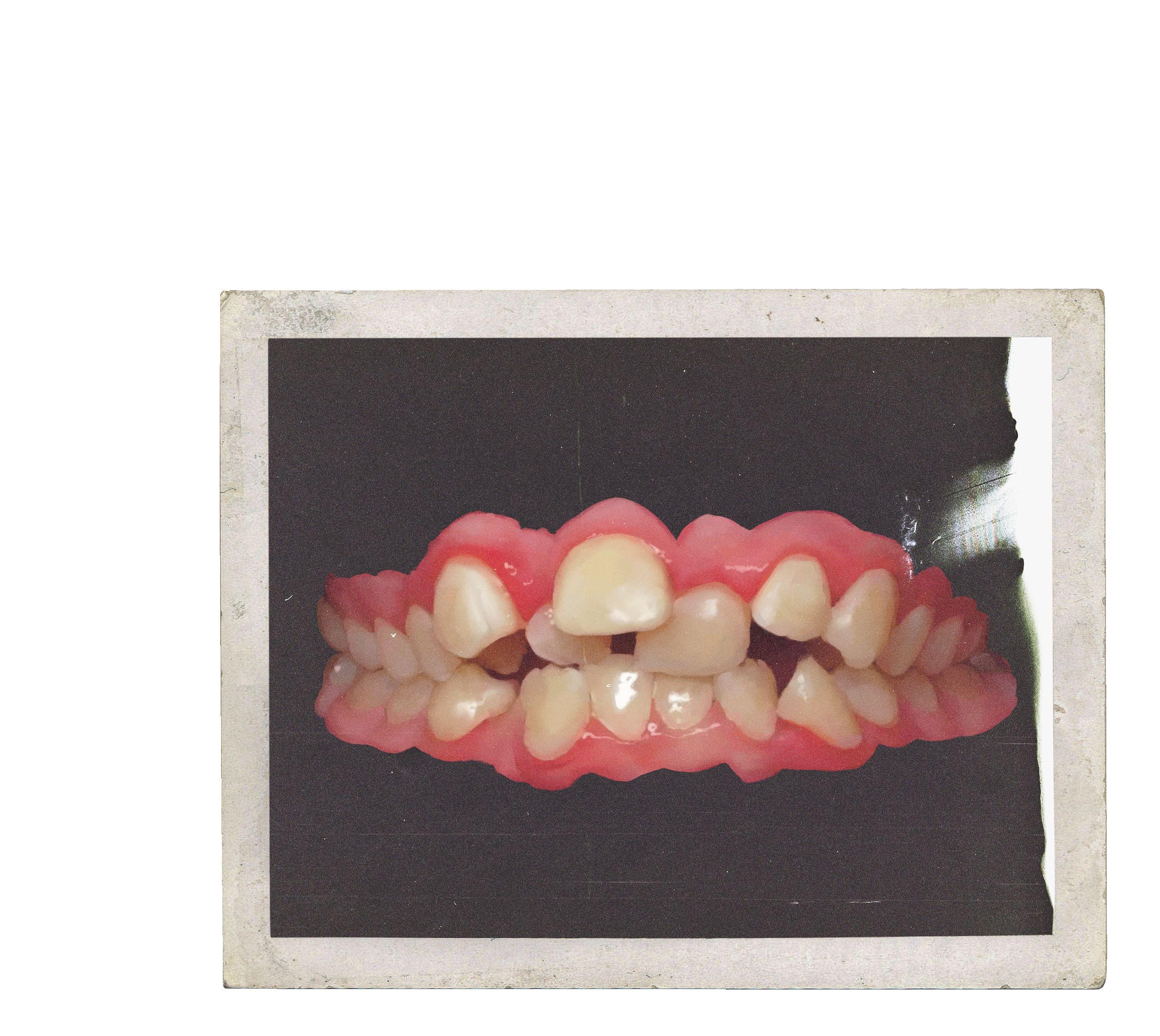

Microscopic hair analysis has gone largely unused since 2015 after an investigation into the staggering lack of consistency and accuracy within the analysis began. This drop-off in use is also partially due to the introduction of DNA profiling in the 1990s. In 2015, the US Department of Justice conducted a separate investigation into the issue, which found that of 268 trials where hair analysis was used, the FBI provided flawed testimony in 257 of them (95percent). The most atrocious example is Santae Tribble’s case. He had an alibi with three witnesses but was convicted of murder because of hair evidence at only 17 years of age. It took 28 years for him to get exonerated and this was only after an independent investigation found that one of the hairs used to convict him didn’t even come from a human source, it came from a dog.
Funnily enough, comparative bullet-lead analysis was first used after the JFK assassination in 1963. It has been abandoned, however, since 2005, after it was formally discredited. The technique itself involves using chemistry to connect bullets from a crime scene to ones the suspect possesses, on the basis that each batch of bullets had a distinct makeup - turns out they don’t. After questions from lawyers and the press, the United States National Academy of Sciences’ Board on Science, Technology, and Economic Policy was asked by the FBI to investigate the scientific rigour and basis of the analysis. It was found unsatisfactory and was phased out of use soon after.
The use of forensics within the current adversarial system can barely be described as a science. It is not used in service of the investigation of patterns, evidence or truth. It is used as a hand-wavey way, excusing unethical and unjust treatment, trials and convictions. A quote from the 2009 National Academy of Sciences Report put it best: “With the exception of nuclear DNA analysis, no forensic method has been rigorously shown to have the capacity to consistently, and with a high degree of certainty, demonstrate a connection between evidence and a specific individual or source.” I hope that the next time you are watching your favourite comfort crime show, or reading about some true crime case, you take the so-called ‘rocksolid’ forensic evidence with a giant, heaping pile of salt.
37.
Art by Jasmin Small
George Hogg
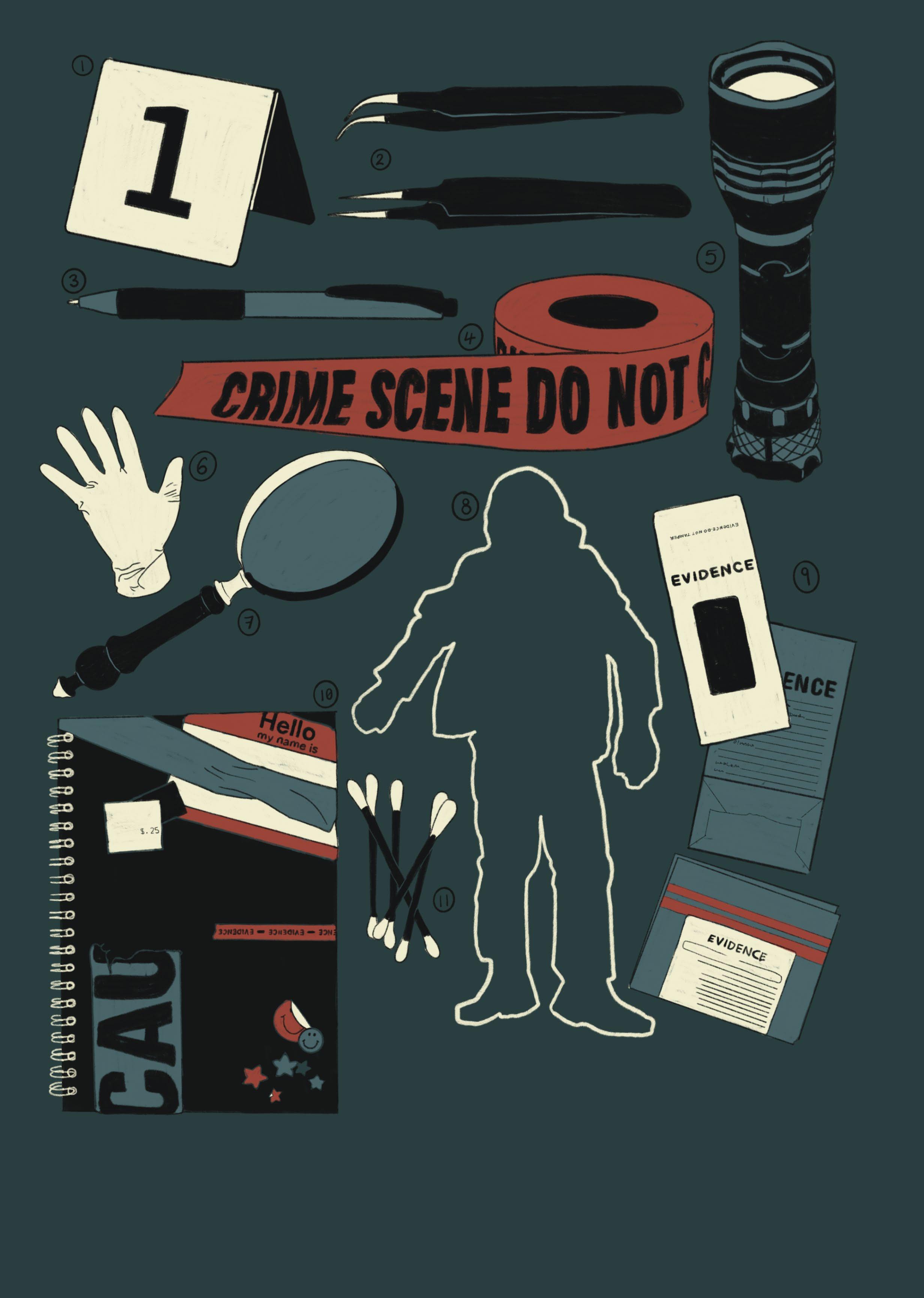
38. Art
by
1. Evidence Marker 2. Tweezers 3. Pen 4. Tape 5. Torch 6. Gloves 7. Maginfying Glass 8. Outline of the Dead Body 9. Evidence Bags 10. Notepad 11. Swabs
Aditya Iyengar
Content Warning: Blood, Gore
“I am the storm,” whispered a voice, with the power and command of a god. Hayden’s clean toes contacted a strange viscous fluid, but his sapphire pupils reflected an unholy scene. He looked at the shadow ahead of him, and it had scintillating green eyes. With a definite scowl it stared coldly and ragefully.
“Who- what are you?!” He demanded. The shadow raised its long right arm, a human face dripping out viscous rivulets onto its darkened knuckles, as it clenched Hayden’s face tightly, causing snaps and cracks of bones louder than the perpetually whistling wind.
“Curious, are we?” mocked the shadow.
It raised its foot and began striding, with every thud, the earth’s very foundations shook. The sky lost its temperament and cracked open, and instantaneously, a maelstrom of sable clouds covered it. Thunderous green lightning struck with tempestuous ferocity, reflecting the shadow’s insurmountable power. With every step it took, Hayden back-peddled, trying to evade what seemed to be his end. His heart palpitated as the bolts of demonic light struck behind the shadow every time it took a step, and yet, the flash of light could not reveal its truth. After backing away considerably, Hayden had run out of ground, as his head bumped into a decaying door. Without a second thought, he clenched the knob with his sweaty fists, attempting to force it open as it rattled in retaliation.
“RUN,” It commanded.
The door burst open just as wrathful rain began to fill the sky.
Hayden inadvertently followed the shadow’s command and sprinted off into the dank corridor. With every step he took, dust burst out from the dying walls and the seemingly elegantly arranged chandeliers swung and clanked like a twisted chorus of maniacal laughter. Breathing laboriously, the corridor never seemed to end.
“Don’t look back, don’t look back!” He muttered to himself, as his sanity slipped away into the realm of fear. However, his mind would not obey his words, and so the man did, in fact, look back. His frantic peddling halted, he could see no ounce of life entering or exiting the door, except for the rageful wind blowing on his face, carrying the distinct fragrance of petrichor.
As soon as the wind hit his cheeks, he dropped to his knees, panting and spitting, thinking he was saved. As he opened his shivering eyelids, though, he found the ground below his face littered with red blood, droplets dripping from his mouth, reddening his otherwise starkly white teeth. He felt his organs churning and twisting as blood stormed into every crack and crevice of his breaking bones, causing him to gargle his own life fluid, as his cornea and conjunctiva leaked out thick red rivulets.

39. Unsettled
by Brandon Sung
With a sharp snap, he felt his liver moving upwards to where his heart should be, and his heart traipsing his ribs, causing them to crack and shatter. Everything except his larynx was being rearranged according to an unseen will, as his facial epidermis began drooping due to the tremendous, new and unpredictable gravitational force. His intestines began writhing and crawling, wrapping his pelvic girdle in an agonising embrace.
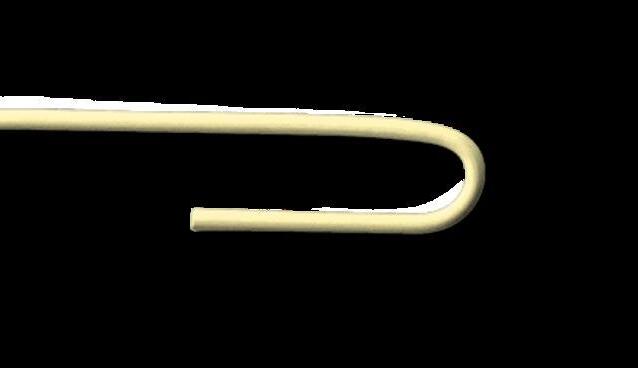

“Feel that, Hayden? That’s what the end feels like,” the disembodied voice of the shadow boomed amidst his endless suffering.
“Who are you?” Hayden muttered.
“Open your eyes - fear monger!”
With one final snap, his eyes truly opened and Hayden suddenly felt his entire body in place. No bleeding, no internal rearrangements, just him lying down and looking up to the raven sky. His eyes widened as he looked up.
“The sky? What am I-...” The realisation creeped up his cervical spine and caused goose flesh to ooze down the back of his neck as he suddenly felt an unbearable pain somewhere in his lower body. Gazing down, he realised he no longer had a lower body. He yelled and cried out in pain, flailing his arms and beating the wet ground, only to land his left palm on something soft: a bloodied and decapitated head. Turning the head, his face exuded sheer horror as he screamed, holding the fate of his only son in his hands.
A dark figure with silky long hair and a menacingly huge human stature placed his armoured boot on Hayden’s chest. It was him, the shadow, he had the same scintillant green eyes.
“You…you took so much from me and I remained silent. I watched my home burn but I remained silent. But no more, no longer.”
As the figure wrapped its palms around Hayden’s face, he declared; “too many lives you have taken, Hayden, too many children you orphaned. Remember this: YOU MADE ME.” After a pause, his voice echoed as if it were spoken from the mouth of divinity incarnate.
“I am the night. I am your darkest hour!”
Within a moment, the greeneyed warrior twisted his arms viciously, pulverising Hayden’s neck and causing a violent snap that reverberated throughout the skies, signalling the departure of a twisted soul into whatever afterlife awaited him.
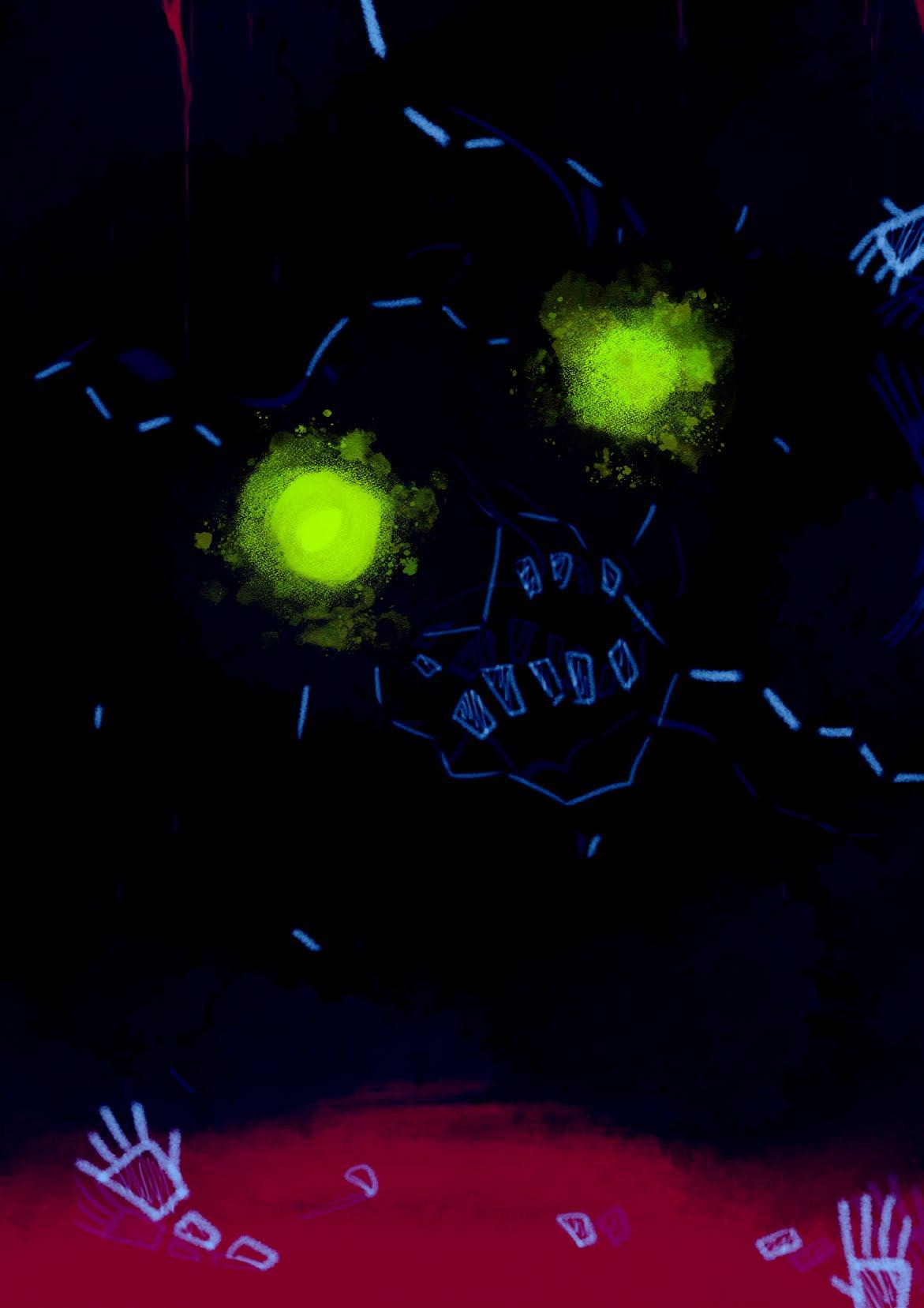
40. Art


41. Art by Jasmin Small
Art by Jocelyn Wong
Asking for Thorns in a Bed of Roses
Why do we like unsettling experiences?
Ben Jones
It seems paradoxical to like discomfort. Anything that entails an absence of relaxation, ease or pleasure is surely something to avoid, let alone actively seek out. So why do so many people turn to it for enjoyment? More specifically, I’m interested in the reasons why our society has an insatiable love for horror movies, a morbid fascination with true crime, and a willingness to participate in extreme sports. What is to be enjoyed about purposely engaging in experiences that unsettle us and make us squirm, scream, or shudder?
Drawing on my own experience, as well as a bit of a Bing search (if that isn’t unsettling, nothing is), I’ve come up with three criteria that can make these experiences enjoyable. Without being scientific, I hope it offers some thought-provoking ideas on why discomfort becomes something we seek out.

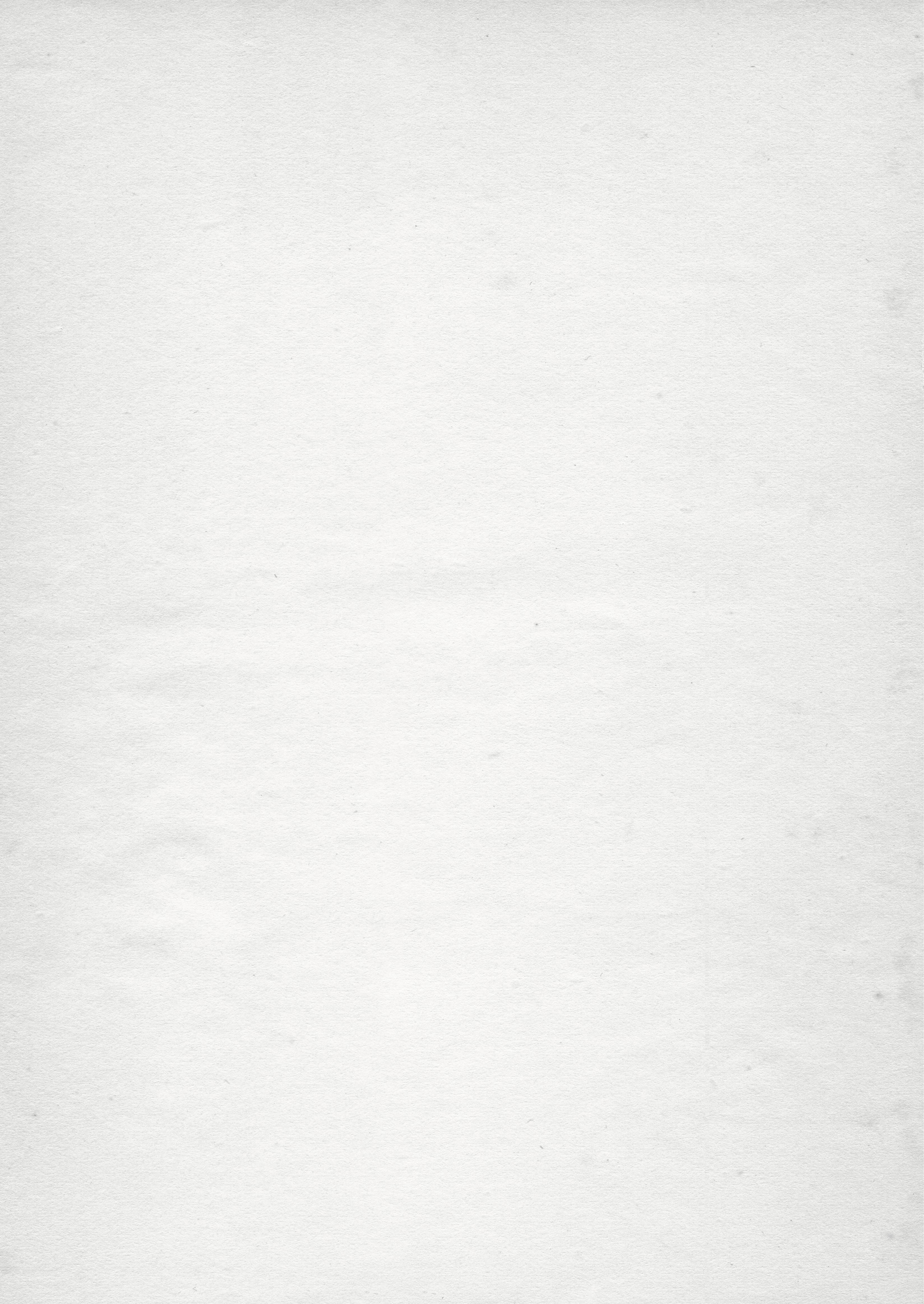
First of all, there is a temporal aspect to our discomfort exposure. Discomfort is bearable when it doesn’t last forever, and we’re able to return to a comfortable state. Horror movies illustrate this well. Irrespective of the content and regardless of how gut-wrenching, nightmare-inducing or disturbing the film is, they always finish. One can start a horror movie knowing that, in a matter of hours, it will just be a memory. Of course, this doesn’t account for the nightmares it does induce, but the intentional exposure is for a limited duration.
Another notable facet of horror movies is the knowledge that, a lot of the time, they’re fictional.In the back of the viewer’s mind, they know that what they’re seeing isn’t real; thus, they’re able to reason away the lingering fear knowing it was just CGI and actors. However, this reasoning does not apply to the curiosity so many of us have with true crime.
42.
This leads to the second aspect, which is self-inflicted exposure. Although podcasts and mini-series also eventually end, we can’t apply the same ‘fictional’ criterion to a true story. We engage with it knowing that what we hear, see and read actually happened to real people. At least in my experience, part of the ‘enjoyment’ of this content comes from my ability to manage my exposure; that is, I engage with it on my terms, when I want to. It becomes less unsettling when we’re able to choose when we look and when we look away, mainly because we have time to prepare and the ability to regulate exposure. Retaining this agency leads to a sense of power, which in turn reduces the fear, which reduces discomfort. It’s easier to be curious when it’s not threatening, and easier to enjoy when it’s on our terms. We can always turn it off, close the tab, or turn the page to something better.
This is a nice segue to the final factor, which is that the feeling of discomfort is limited to us. Although this seems intuitive and obvious, it has crucial implications. Extreme sports provide a good example, because the people who participate in them are only making themselves uncomfortable (I acknowledge that this doesn’t account for the potential discomfort of onlookers). To put it another way, nobody can skydive for you. Only you can score G.N.A.R points for your line. A key reason someone might expose themselves to such extreme discomfort for enjoyment is because, like before, they are the only one who suffers the consequences. But it may also be because there are very few, if any zero social costs to the activity.
Despite ‘leaving your comfort zone’ being heralded as a step towards positive personal development, I’m sure most people would agree that this has its limitations. Much of our daily lives are spent conforming to unwritten standards of behaviour and speech. I think these norms are comfort zones themselves, providing society with a sense of security about the actions they can expect from others. Consequently, social comfort zones, which accommodate groups of people, are best preserved, unless an individual wants to suffer the consequences of violating norms and offending the sensibilities of a crowd.
For something unsettling to be sought and enjoyed, I don’t think it can entail anything more than a small social cost. Otherwise the uncomfortable experience would last longer, and its control would be out of the individual’s hands. It’s worth noting that this is different to people who can’t fathom your curiosity, or who cringe at what you’re interested in. I’m thinking more of the consequences of your behaviour. Despite being vulnerable to misunderstanding, interest and engagement with these experiences isn’t uncommon in our society, and wouldn’t be surprising or shocking to many people. Thus, you don’t risk getting shunned by watching The Silence of the Lambs or big wave surfing. The discomfort that it causes is all on you.
In summary, people do unexpected things, sometimes for unexplainable reasons. Why we intentionally expose ourselves to uncomfortable, scary, disturbing or - unsettling - experiences is something that may always be subject to speculation. But there are also reasons it can be palatable, even enjoyable. When we know it won’t last forever, when we’re able to regulate our exposure, and when we’re the only ones exposed and affected, our experience of discomfort might not be so bad after all. At the end of the day, it begs the question of how unsettling it actually is.

43.

44.
Art by Brandon Sung
Movie Night
Posie Paton
The very first time I met Mort, his name was Mitch. We were living in the same corridor, and were both waiting for the lift. While he seemed nice, there was this girl with him. She struck me in a way I have never quite experienced before or after: very put together, very unnerving. The seven floors felt like an eternity, and by the time we reached the foyer I had come to the conclusion that the three of us were not going to become friends. Which was not something I was going to lose sleep over.
Over the coming days, however, the friends I had made and the friends he had made seemed to become friends with each other, and time and time again the two of us found ourselves sitting next to each other at meals, or joining the same basketball team, or worst of all, alone in the lift.
“He’s just not funny, and I hate that girl”, I recall saying as often as anyone would listen.
When there were drinks in my room she told me that she “loved the confidence” I had when I was singing. When it was her birthday party, Mitch had to go and get changed because he wasn’t well dressed enough. Slowly but surely, through all of these interactions, I realised that Mitch had grown on me. A lot. I would knock on his door before dinner. He would drive me to work if I needed a lift. Plus, he WAS funny. Really funny.
It was around this time that he was given the nickname Mort, for no reason other than ‘he looked like a Mort’. And he does look like a Mort, curmudgeonly and endearing at the same time.
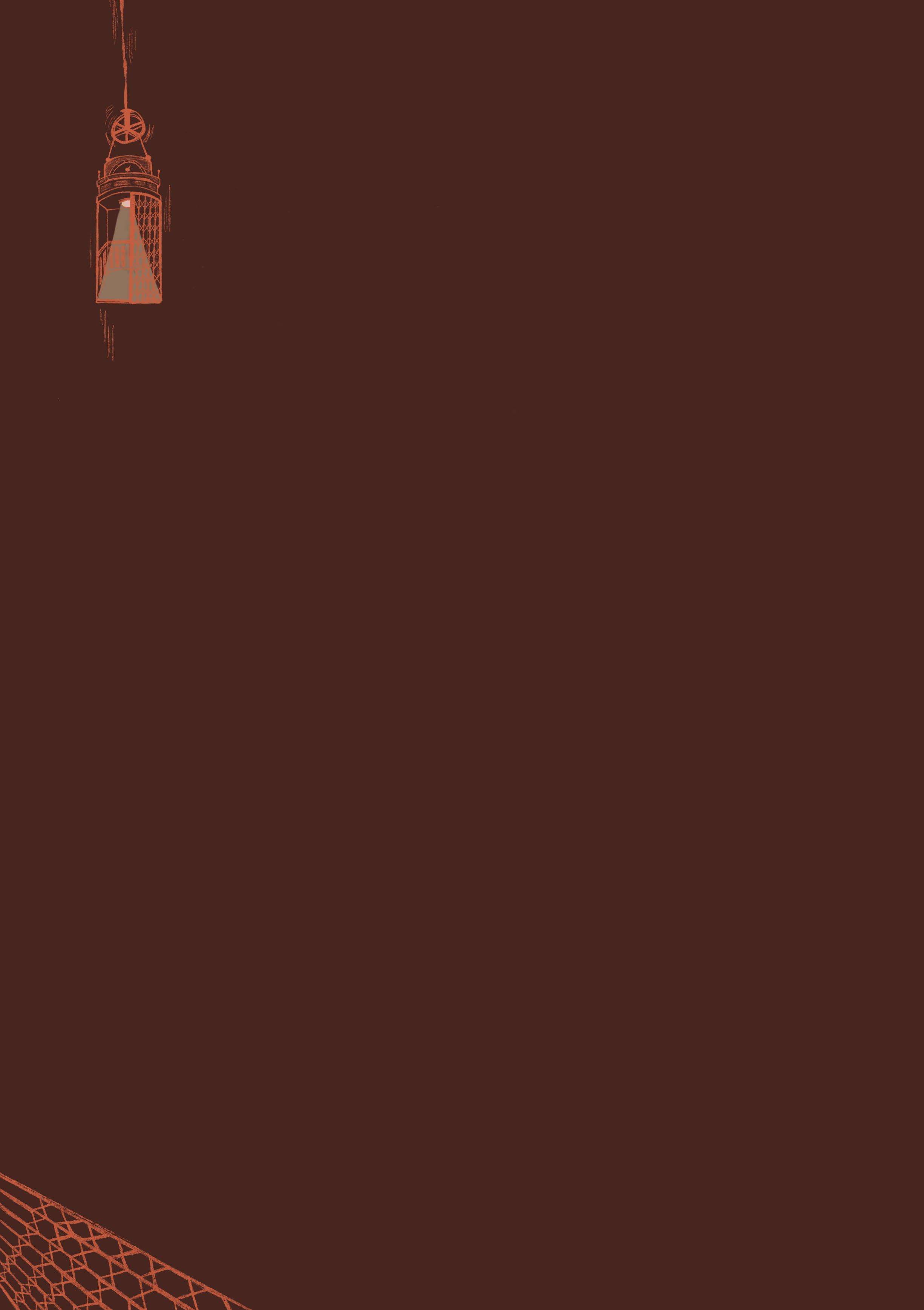
Then the semester ended. I didn’t text him once. It was nothing personal, it was just a friendship that hadn’t evolved past the environment we lived in. We all just didn’t talk for a while. When we came back, everything picked up exactly where it had left off. Our circle rapidly expanded and now Mort and I had schedules where we rarely saw each other.
Until one Tuesday night, or maybe not, the timing is insignificant.
45.
Art by Sanle Yan
Sanle Yan
Until one night, at dinner, Mort mentioned how much he loved horror movies, thrillers, movies of a similar genre, and I was surprised. Here was someone I spent most of my days with, telling me something any stranger could tell you about Mort. It was such a surface level fact, it was small talk. In isolation, it is rather arbitrary, if it weren’t for how much I spoke about that sort of thing myself. Famous people, actresses and who they were dating, what dresses they were wearing, what they won awards for, which of their movies are worth seeing. To be quite frank, I was (am) annoying.
A plan was forming. I was going to hang out with Mort again and it was going to be fantastic.
Over the next few months we watched anything we could. X was freakish. Us made it difficult for us to sleep after. Hereditary required a post-viewing ‘ending explained’ search. Friends joined us for some, but none of them were as insatiable as we were. We loved Jodie Foster, we screamed at the scary bits, we jumped at the jumps. We discussed fan theories and made lists on what to watch next. For one and a half or two hours every night I had a strong feeling I was going to pee my pants and I never wanted it to stop.
I have no overarching point to make, other than the fact that I really appreciate Mort. I was a little mean to him when we first met, and I feel bad about it, although I know he doesn’t care, because he’s cool like that.
Mort, if you’re reading this. I love you.
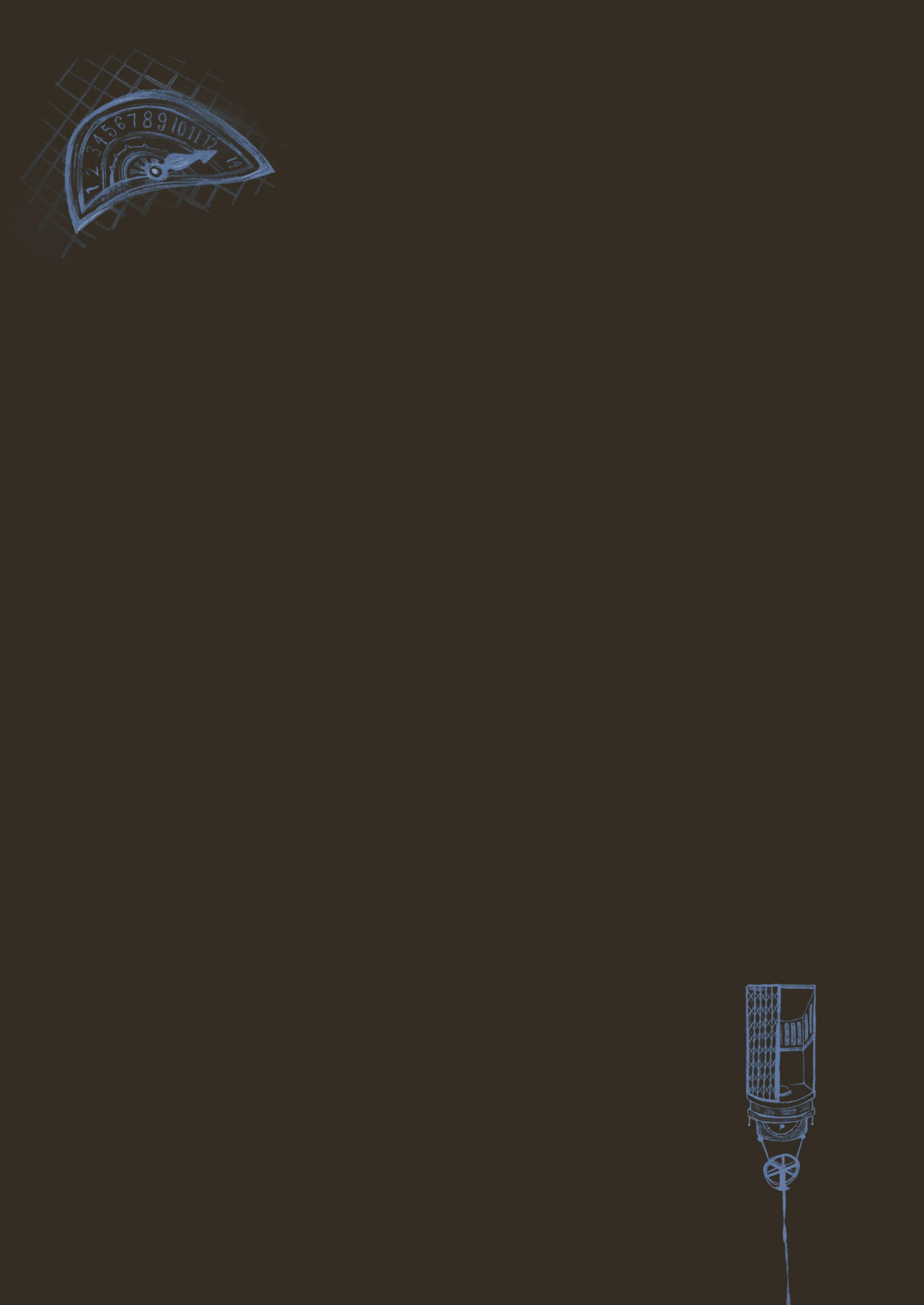
46.
Art by
The unsettling


47.
Art by Jasmin Small

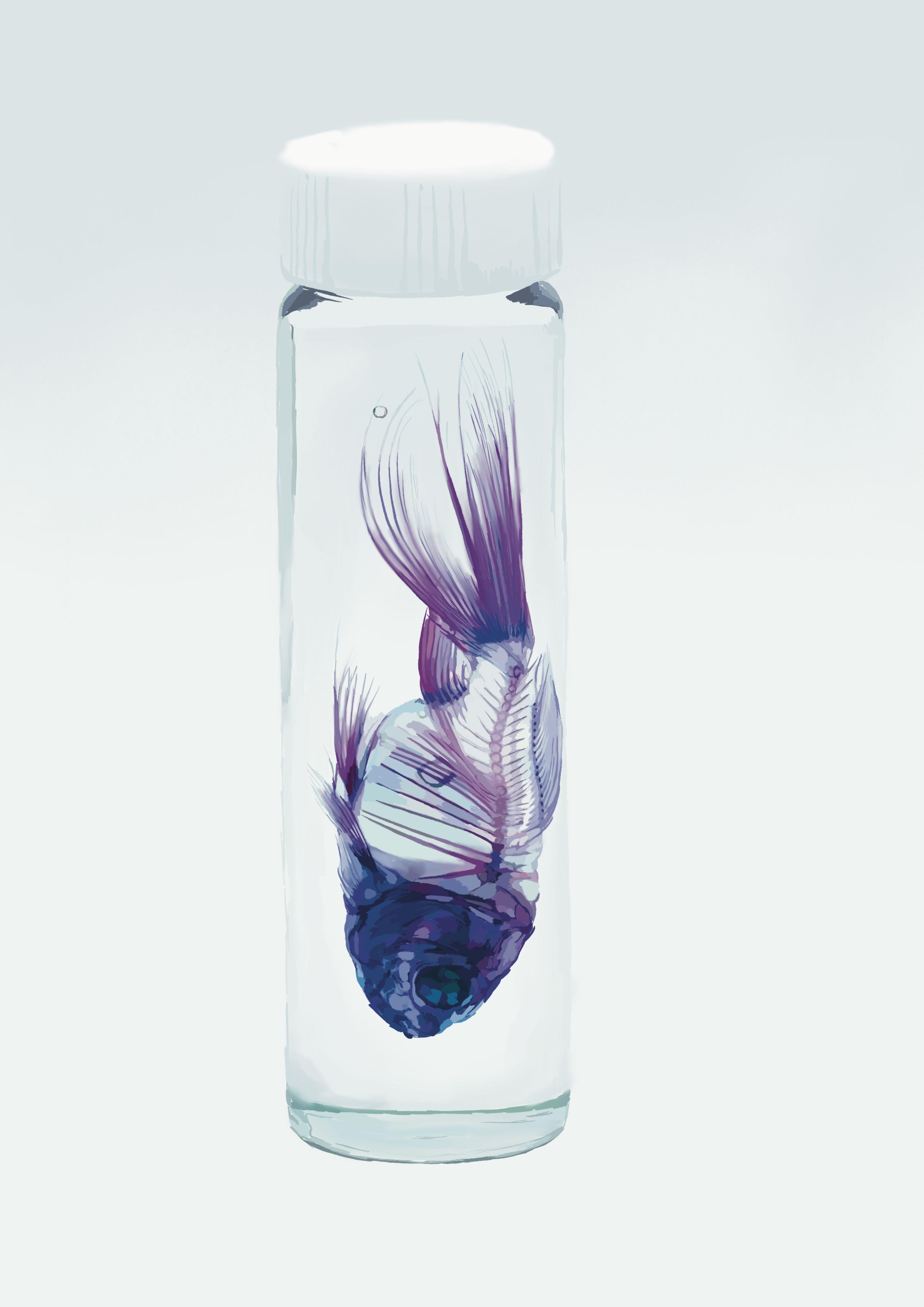
48. Art by
Jasmin Small
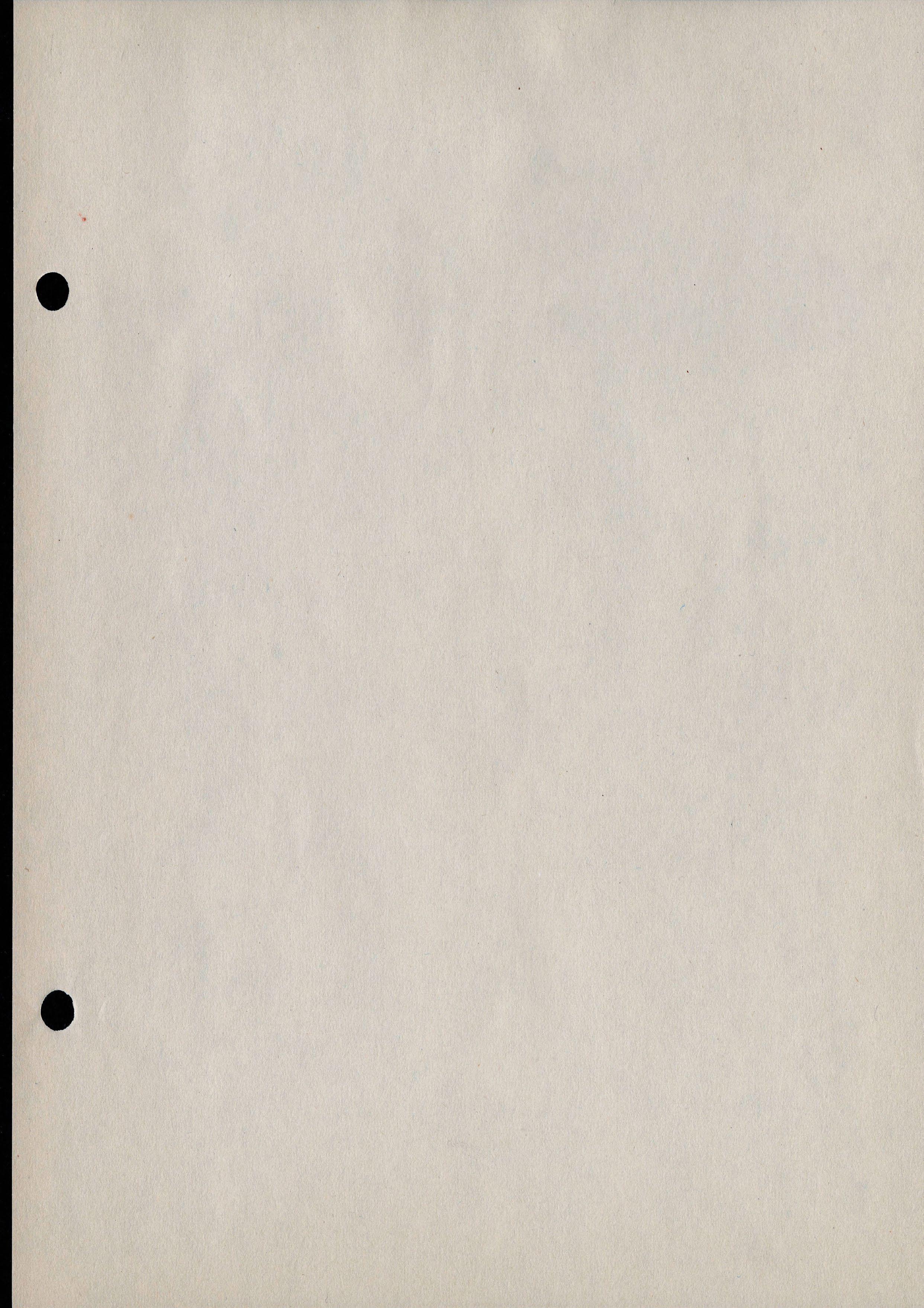
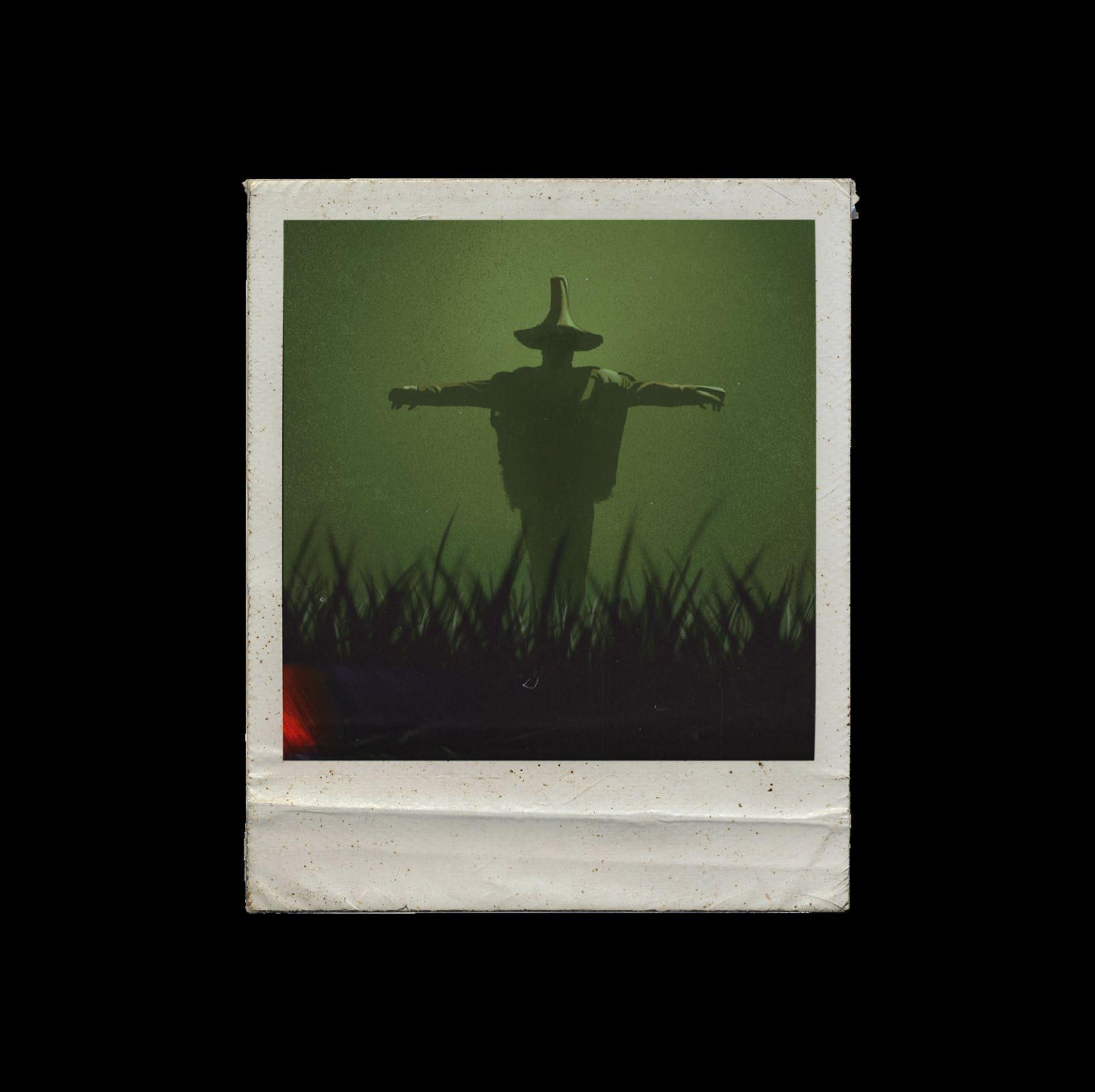


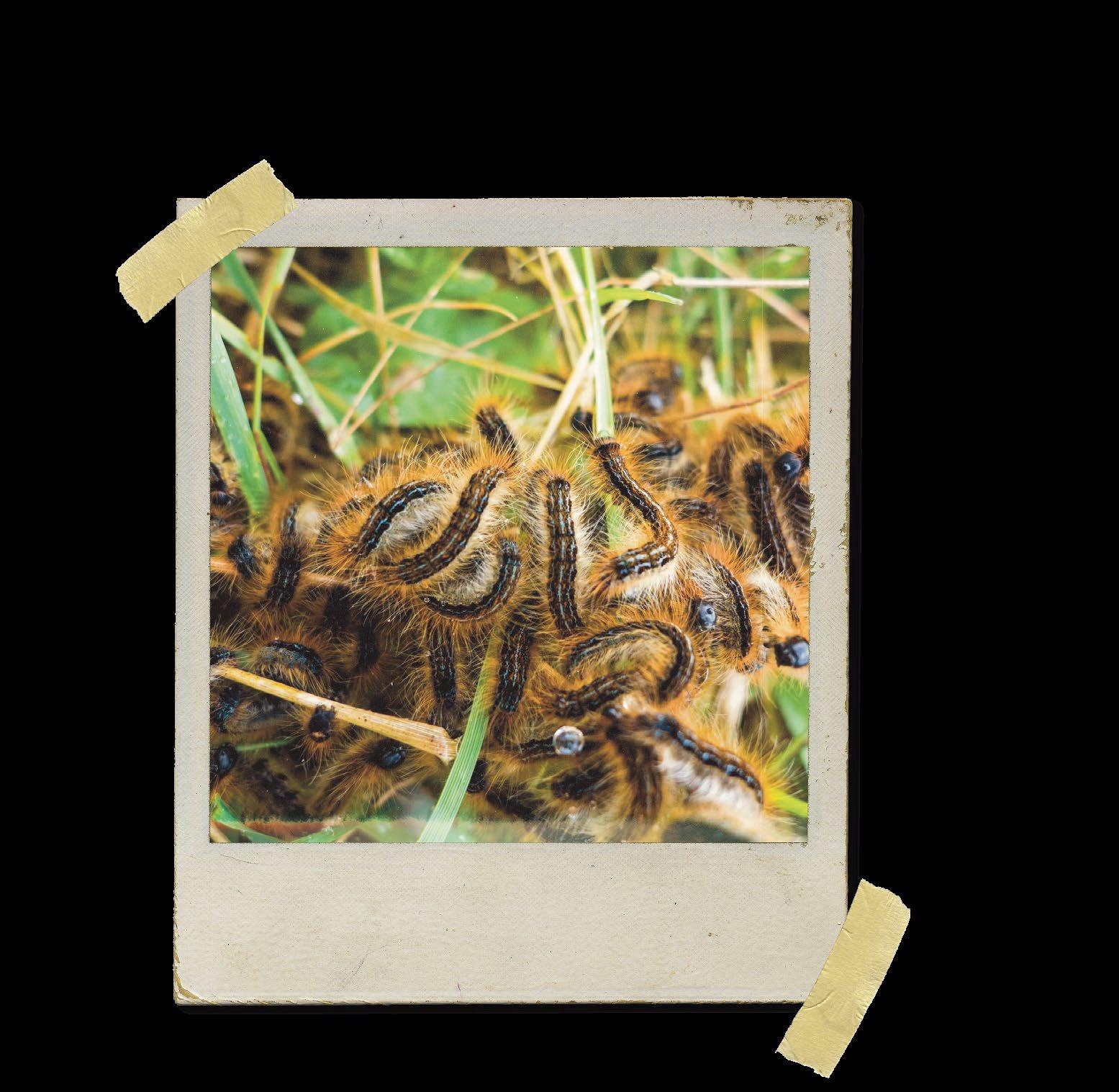
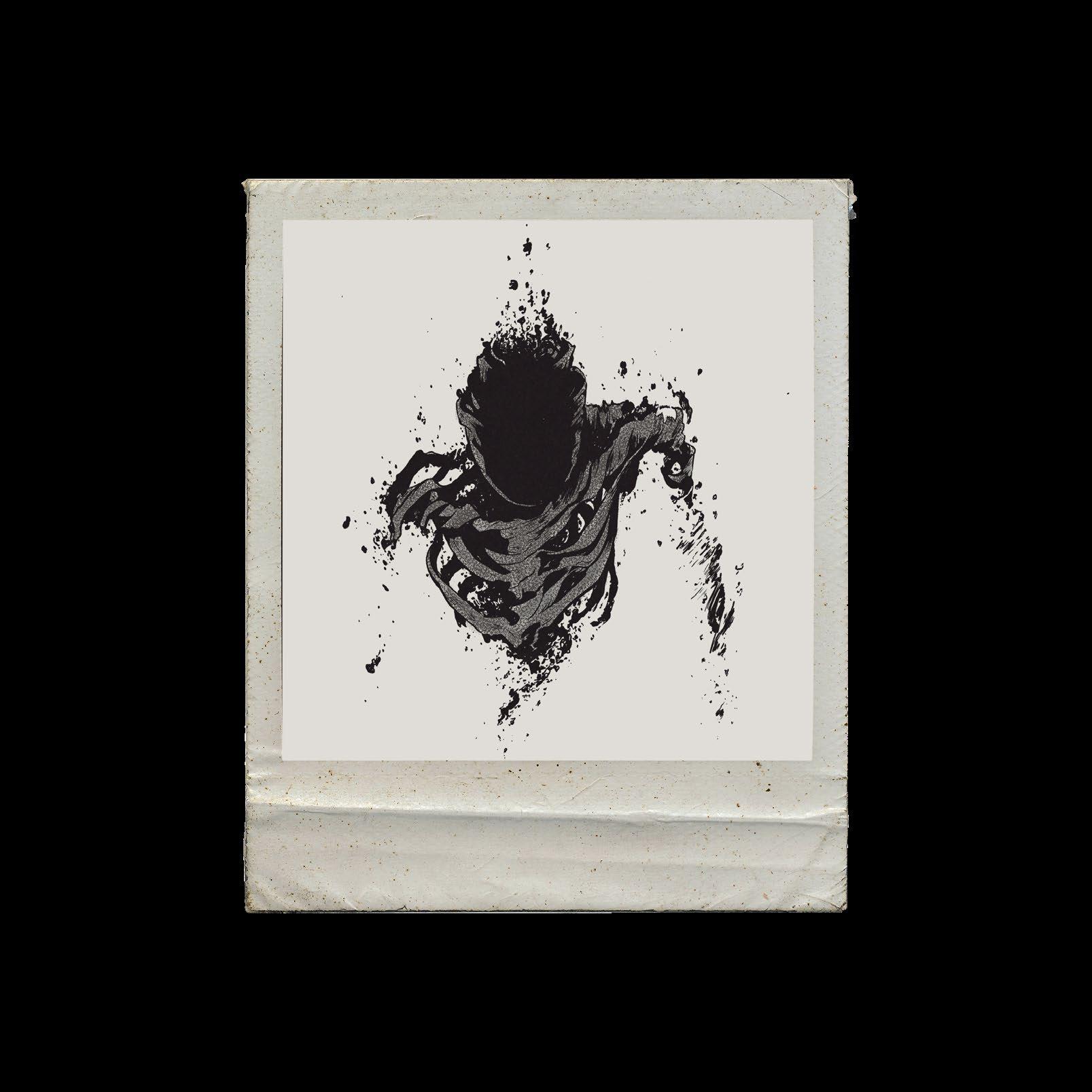
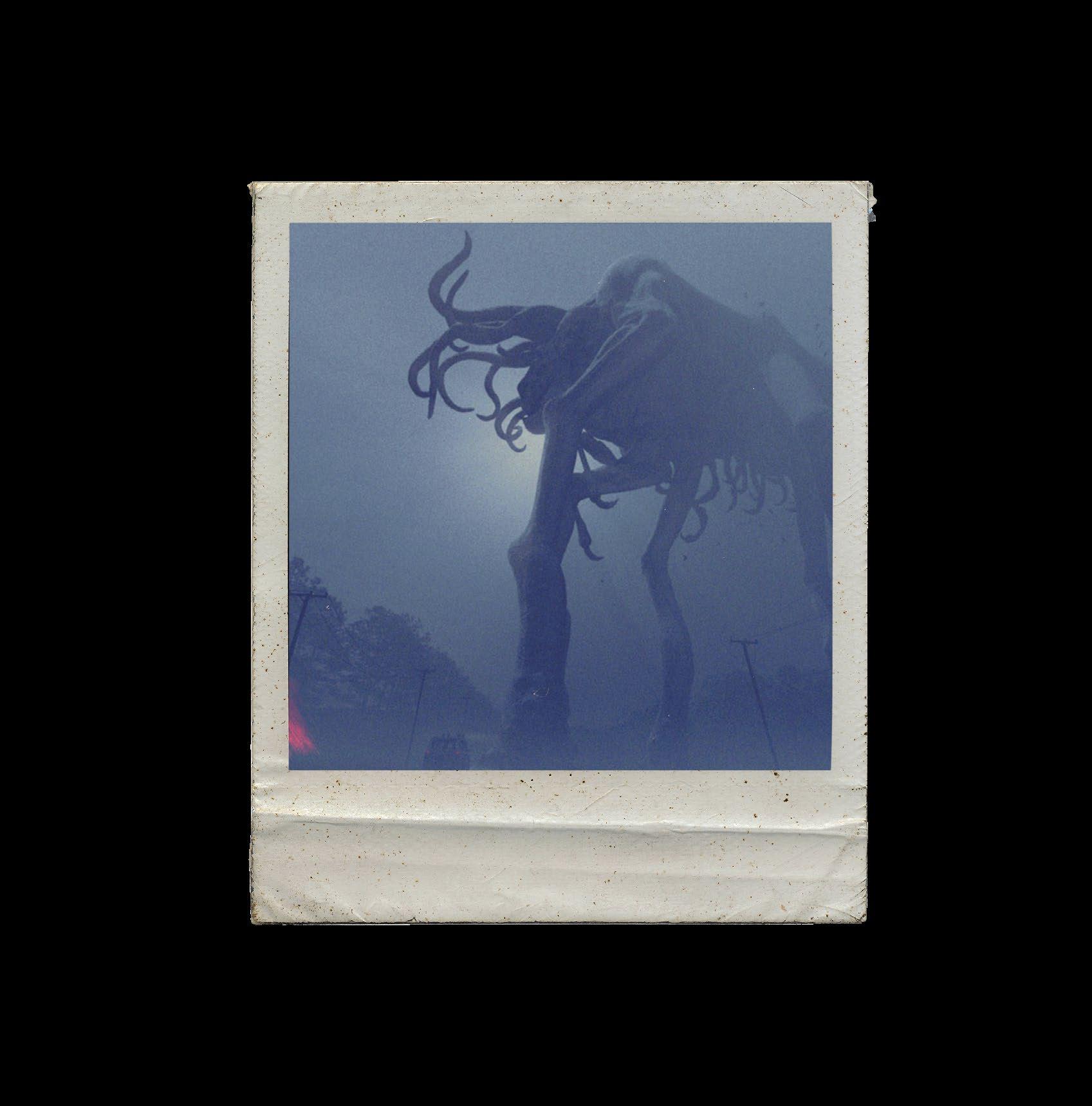 by Ollie Stephens
by Ollie Stephens

Medical Mindbogglers
Content Warning: Medical Procedures, needles, drugs and gore
The Interdepartmental IUD
It seems this sneaky little bugger wasn’t quite satisfied in the home it was given, and over the course of 10 years, punctured through a woman’s uterus and “eroded” through to her bladder. Bladder stones developed on the IUD, measuring to over a centimetre, and the woman began to have blood in her urine. It is very rare for an IUD to perforate the uterus, with the event occurring in 1 in 1000 people who get an IUD, and it is even more rare for it to perforate the bladder. Thankfully doctors were able to pulverise the bladder stone and remove the IUD.
Dancing the Night(s) Away
In 1512, Europe experienced the last recorded dancing “plague”. At least 10 of these creepy, inexplicable mass hysteria events had been noted in Europe before this particular event. It started in July with a woman in Strasbourg, who started dancing in the street and simply did not stop. Days later she was still dancing, seemingly unable to control her own body. At least 100 more people started to dance with her, also unable to stop. Eyewitness accounts state that the dancing victims seemed to be terrified, begging those watching on helplessly to make them stop dancing. Halls and stages were set up, with musicians hired to play all day and all night. Many people danced themselves to death. By September of that same year, the number of dancing victims grew to 400, when suddenly the dancers seemed so exhausted they could no longer continue and simply stopped. Many theories about the causes of this phenomenon have been proposed, all as unlikely as the other; from psychotropic substances to heretical cults, spirit possession, famine and disease, and trance-like states.
A Heart of Stone
A 56-year-old man underwent a kyphoplasty, a procedure in which a special type of cement is injected into the vertebra to repair a vertebral compression fracture. Not long after undergoing the procedure, he began experiencing chest pain and difficulty breathing. Turns out that a rare side effect of this procedure is cement leaking from the bone and into the bloodstream, causing a blockage. In this patient’s case, the cement leaked into his veins, where it hardened and travelled to his heart, where it caused a tear. Health professionals repaired the tear and removed the cement.
Squabbling Sisters Shatter Sinuses
A 29-year-old Taiwanese woman got in a fight with her sister, who attacked her with chopsticks whilst at the dinner table. She went to the hospital and other than a few small cuts under her eye and on her nose. Nothing seemed out of the ordinary, and nothing was revealed by an X-ray. She went home, however, one week later she noticed a small grey object in her nose whilst looking in the mirror. Returning to the hospital, and after further investigation, a CT scan revealed two small pieces of chopstick 3-5 cm in length penetrating the nasal septum and lodged in the sinuses. Surgery was required to remove the pieces.
BB Blockage
A fifteen-year old experiencing nasal congestion and a reduced sense of smell first went to a doctor concerned about his symptoms. He was given a nasal spray and an antihistamine.
50. Art
A collection of some of the wackiest and most disturbing medical cases I have ever come across
Isabella Stewart
A year later he returned to the doctor describing a “pungent, foul odour” that filled the room when he blew his nose. A CT scan revealed a 9mm spherical object lodged in his nasal cavity, which was later removed with surgery. Turns out this mysterious object was in fact a metallic BB pellet. His family revealed that the teen had been shot in the nose with the pellet when he was 8 or 9 years old, however never experienced any symptoms, so no medical treatment was ever sought. This stowaway pellet was able to stay hidden for so long because the boy’s new tissue had grown over it. The pellet caused a drainage blockage, leading to a build-up of debris, mucous, and bacteria, eventuating in the foul smell he experienced, which thankfully disappeared after surgery.
At One With Nature
A 30-year-old man with bipolar disorder and an opioid dependency was looking for ways to self-treat his symptoms. He decided to create a “shroom tea” by boiling down magic mushrooms and injecting them. He quickly developed nausea, yellow skin, and began vomiting blood. His family rushed him to hospital where tests revealed several of his organs were failing, including his liver and kidneys. Blood tests also confirmed mushroom fungus was growing in his blood, causing infection. Antibiotics and antifungals were administered, and the man was put on a ventilator for respiratory failure. After 3 weeks, the man was well enough to leave the hospital.
Exploding Enamel

In the 19th and early 20th centuries, toothaches were so awful that people were driven to an animal-like rabidness. This kind of tooth pain is reported to be about 100 times worse than the kind of pain a common toothache would cause today. A particularly bad case of this was experienced by a Reverend in Springfield in 1817, which caused him to behave like an “enraged animal”; biting a fence post to relieve the agony and banging his head against the ground. His wife reportedly heard a loud gunshot-like crack one morning, and shortly after her husband walked in and claimed that his tooth pain had been cured. How was he miraculously cured? His tooth exploded and sent calcium fragments flying all across the room! Several other cases of this miraculous combustion are also on record, and whilst the exploding tooth relieved the pain, the explosion itself was not always harmless. In 1871 a woman who had the same experience was knocked off her feet by the blast, causing temporary deafness. However, exploding teeth incidents seemed to cease in the 1920s. It is speculated that the tooth pain and the subsequent explosion was caused by the material they used to repair fillings with at the time, which contained a mixture of metals, these metals trapped hydrogen gas in the cavity, which built up until the pressure grew too great.

51.
Art by Ollie Stephens

52.
Art by Jocelyn Wong
Emergency Room
Zaina Keriwala
Content Warning: Hospitals and Gore
Nobody talks about this, this rare lapse in time. I guess everyone is too busy worrying about some emergency, they don’t realise the eeriness of the hour.
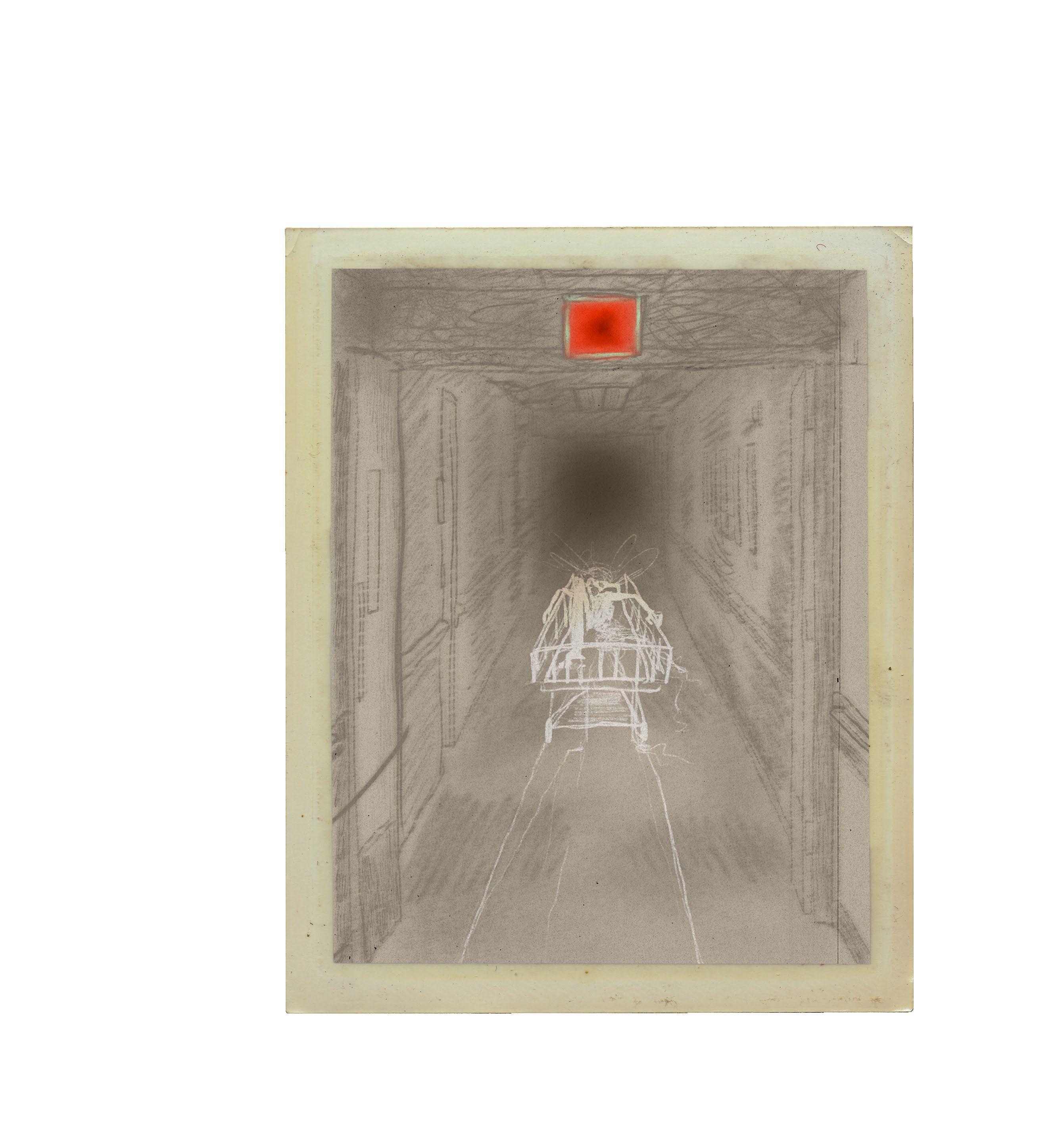
Blinding lights. Fading white walls. The doors slamming wide open every few minutes, letting in a brutal draught that exists only past this time of night. A draught that triggers goosebumps beneath the hair on your arms and creeps down your spine. A spine already in shock from the freezing metal of a chair. A chair that creaks more than the bones of that elderly lady making her way across the hall.

Hushed voices. A middle-aged man’s gasping breaths two rows behind me. He doesn’t sound okay. More voices. Are they talking about me? The background stomping of the night-time staff. Their boots walking in time with their over-caffeinated heartbeats. Wrinkling my nose, the hairs burning. The smell of antiseptic leaves this ugly, tingly feeling in the back of my throat.
Why am I even here? Muscles cramped from sitting too long. But no position is comfortable in this awkward, slippery chair, too slim for anybody. Ugh. Magazines rotting in the corner. Exhaled on with bacteria-infused coffee breath, touched with too many unclean hands. What is the point of investing in all these hand-sanitiser stands, parked every half a metre around this room?
And then some old pamphlets. Or some new ones. I’m not sure. They’re too scandalous to be picked up. Made to convince you that you’re unwell. As if everyone didn’t already know. For God’s sake, it’s the 21st century, who isn’t unwell? Oh, the middle-aged man’s name has been called. Jared. Finally. Poor guy, he’s been waiting longer than I have and I feel like I’ve been here for half a lifetime.
53.
Art by Amanda Lim
by Amanda Lim
A wailing siren gets louder and louder. I rub my tongue against the plaque that has now developed on my teeth. It’s got a sour taste. What did I eat last? Yuck. The doors blast open again. I forgot how cold the draught was. Makes my skin crawl. No. It wasn’t the draught. It was what it brought with it. A person on a stretcher. Or was it? I don’t know. It was dripping. Red. The white sheets had turned a red so deep you could have wringed the blood out and saved a whole life.
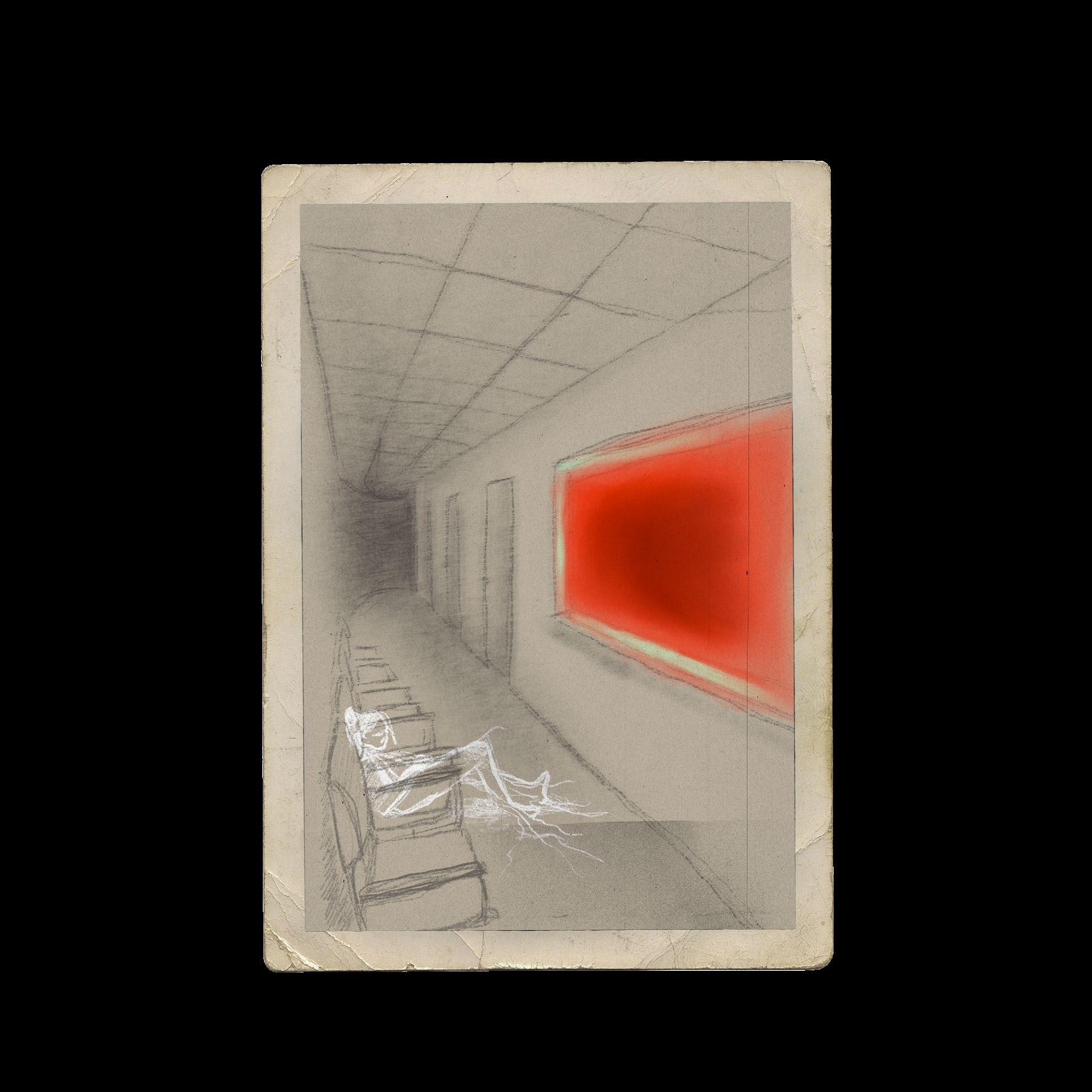

The body was whimpering. No. It was howling. Laying on its back, arched so wrong and its legs - no- leg twisted up awkwardly. Blood spurting from where the other leg was supposed to be. Bandages already soaked through the head and neck. God.
The paramedics shouting words that didn’t exist in my vocabulary. The boots of the night-shift staff thumping towards the stretcher. Unlocking the wheels and pushing the body into some ward. There was no one else around anymore. Oh wait, the reception nurse. She looked at me apologetically. She must be used to making that face, being able to conjure it so easily, so lifelessly. She looked so tired. I turned away from her, groaning, and sunk lower into the chair. Crossed my arms. Huh. There was a window here
54. Art
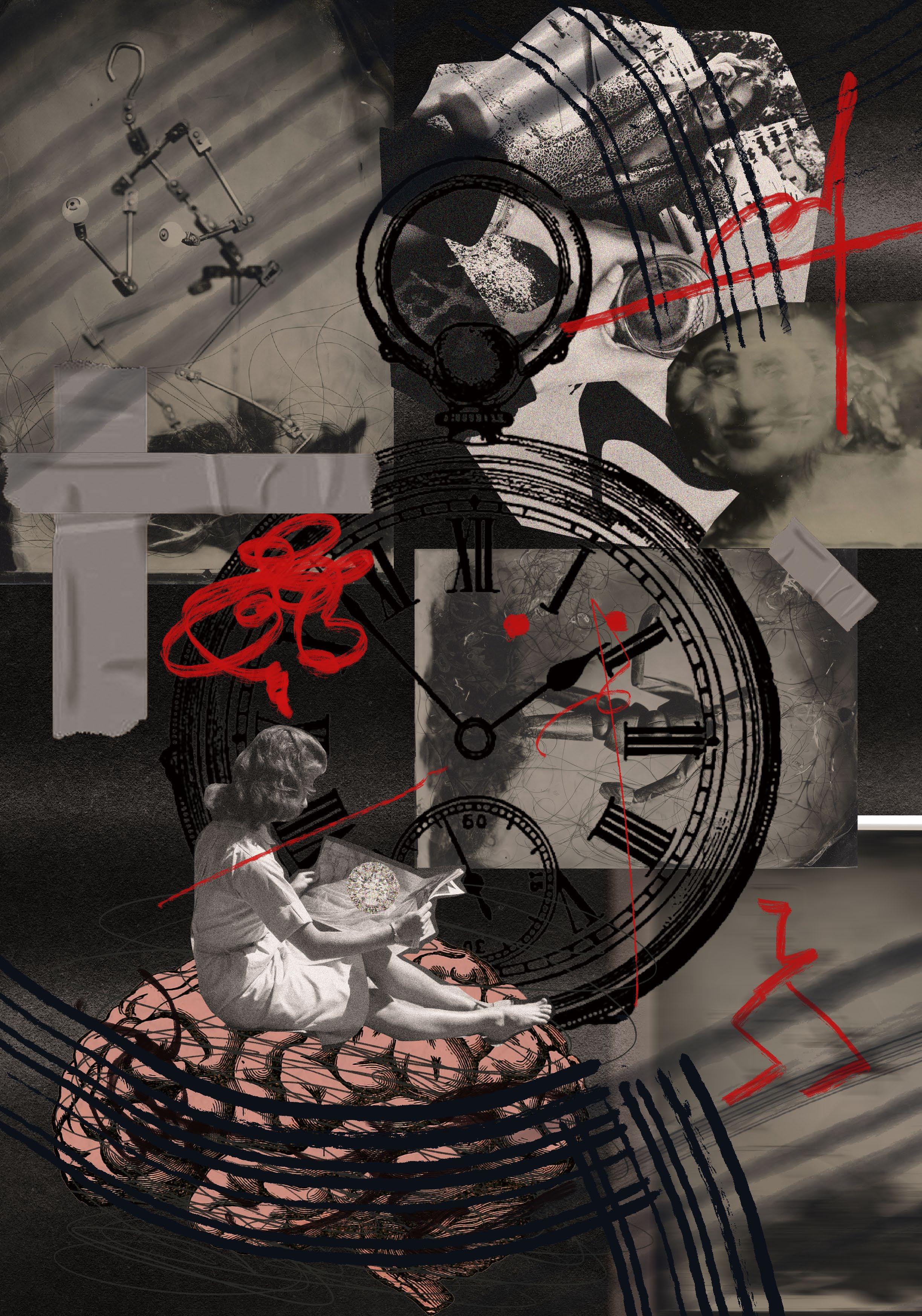
55.
Art by Cynthia Weng
by Amanda Lim
Untitled Bella Wang
When Soseki Natsume – one of the most famous Japanese authors – was teaching English translation at university, he heard some students translate the English phrase “I love you” literally and directly into Japanese.

“But Japanese never tell their lovers ‘I love you’”, Natsume said to his students, “So I would translate the phrase ‘I love you’ as ‘The moon is beautiful, isn’t it?’”

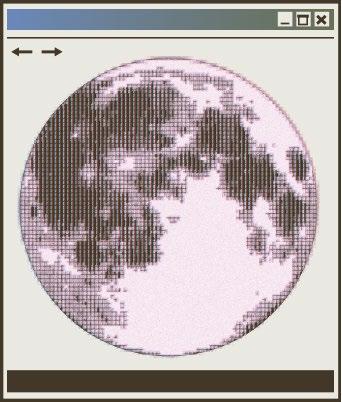
When I told this story to others, no one showed much interest. Instead, most people reacted to my story with their gossiping nature: “Did you ever use this phrase on your secret crush?”
I always answered “no” with a smile on my face. Although only I knew it was a lie. I used it once in the most special, most unsettling October of my life.
In that October, childish, naive high schoolers thought they were facing the fiercest thunderstorm of their life. They thought the HSC exam was everything, that they couldn’t live a life if they failed it. Only after years, after the tribulations of life flattened their youthfulness, would they realise that it was a privilege to only worry about an exam. As one of those childish high schoolers, I sometimes reminisce about the anxious discussions and frustrations of that October. However, every time I dwell in my memory, I always end up seeing the stillness on that young boy’s glowing face. That young boy I loved secretly for two years.

I had no friends when I transferred to this high school from Perth. Everyone made fun of the thick, black frames of my glasses, which made me scared of talking to anyone. One day, when I was sitting alone in the library for lunch, a boy from my grade came to me and picked up the pen I dropped to the ground.
“Thank you.” I told him.
“Your glasses…” he was saying something, but it was so quiet that I had to raise my head and get closer to him. “Your glasses, they look cute.” I heard him say. He then left to read books in the corner.
Maybe I started liking him then, or maybe at some other point, I can’t recall. But I can recall the excitement of seeing him at assemblies; my heart’s restlessness when he talked to me; when I thought of him on the bus home, I felt the bus bloomed with flowers made from clouds. I liked him, I admired his intelligence and tenderness. I should have told him how I felt, but I was so afraid, so afraid of confusing him so we couldn’t even be normal friends. Two voices battled against each other every time I saw him. The battle was so intense, that I had to camouflage my unsettled heart with a careless expression. But at the same time, I could not stop hoping he would see through that blushing face hidden under my clumsy acting.
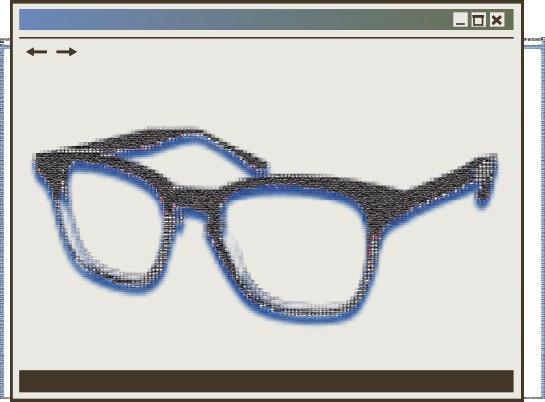
56. Art
I focused on HSC in year 12, I planned to tell him after high school finished. After my second-last exam he caught up with me as I was walking to the library. I asked him about his university decision, and he told me he was moving to England. It was a family decision, he said.
Our HSC finally came to an end in the last week of October. Many of us gathered to have a huge celebration. It was the first time I’d heard relaxed laughter that month. We went crazy, as we deserved to, but all I was thinking about was him, it was the last time I would see him before he moved to England. I kept telling myself, I need to tell him how I feel, I have nothing to lose, but I was so scared. The decision was harder to make than my HSC exams.
The party ended, leaving me with my racing heartbeats and wrestling thoughts. He insisted on walking me to the bus stop as it was dark. The street was so quiet, like a different world from the party. Starlight shone in his eyes, making them look especially deep. My heart was beating so fast, like it wanted to confess for me. I had to breathe deeply to hide it. If I tell him my feelings now, maybe we could have lots of nights walking together. What if it was a mistake, what if he only saw me as a friend? What if, after my confession, we couldn’t even be normal friends who walk each other to bus stops?
I raised my head a bit, pointed to the moon and asked him, “The moon is beautiful tonight, isn’t it?”

“Yes, it is.” He answered me.
We walked to the bus stop without saying much after that. The bus came, I got on and waved farewell to him. His silhouette gradually infused into the streetlight and became blurry. That was the last time I ever saw him.
The bus was empty with only 2 passengers, so the bus drivers played the radio loudly. It was playing “Wouldn’t it Be Nice” by The Beach Boys and I remember tears streaming down my face as they sang. I hated my cowardice, I hated my indecisiveness, but an 18-year-old’s mindset is indeed the most mysterious thing, something that no one can comprehend.
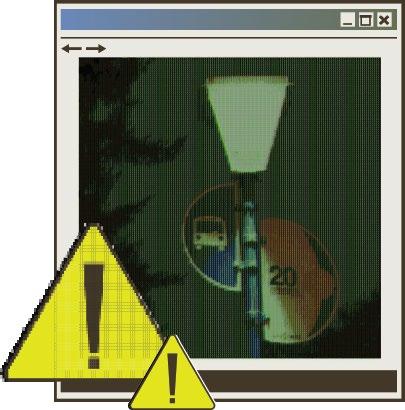
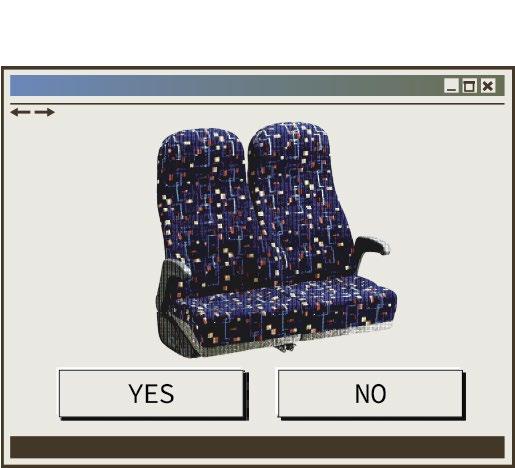
After that month, my life followed the ordinary pathway of going to university and getting a job. I never had another month as unsettling as that October. Just like that October, he became a memory that I occasionally reminisce on. Even though we were never together, how could I not be grateful for the joy and encouragement he brought to me? My regrets from that October, just like my many regrets and lapses during my HSC exams, could never conceal years of valuable memories in high school. These regretful and unsettling experiences shaped me to be who I am.
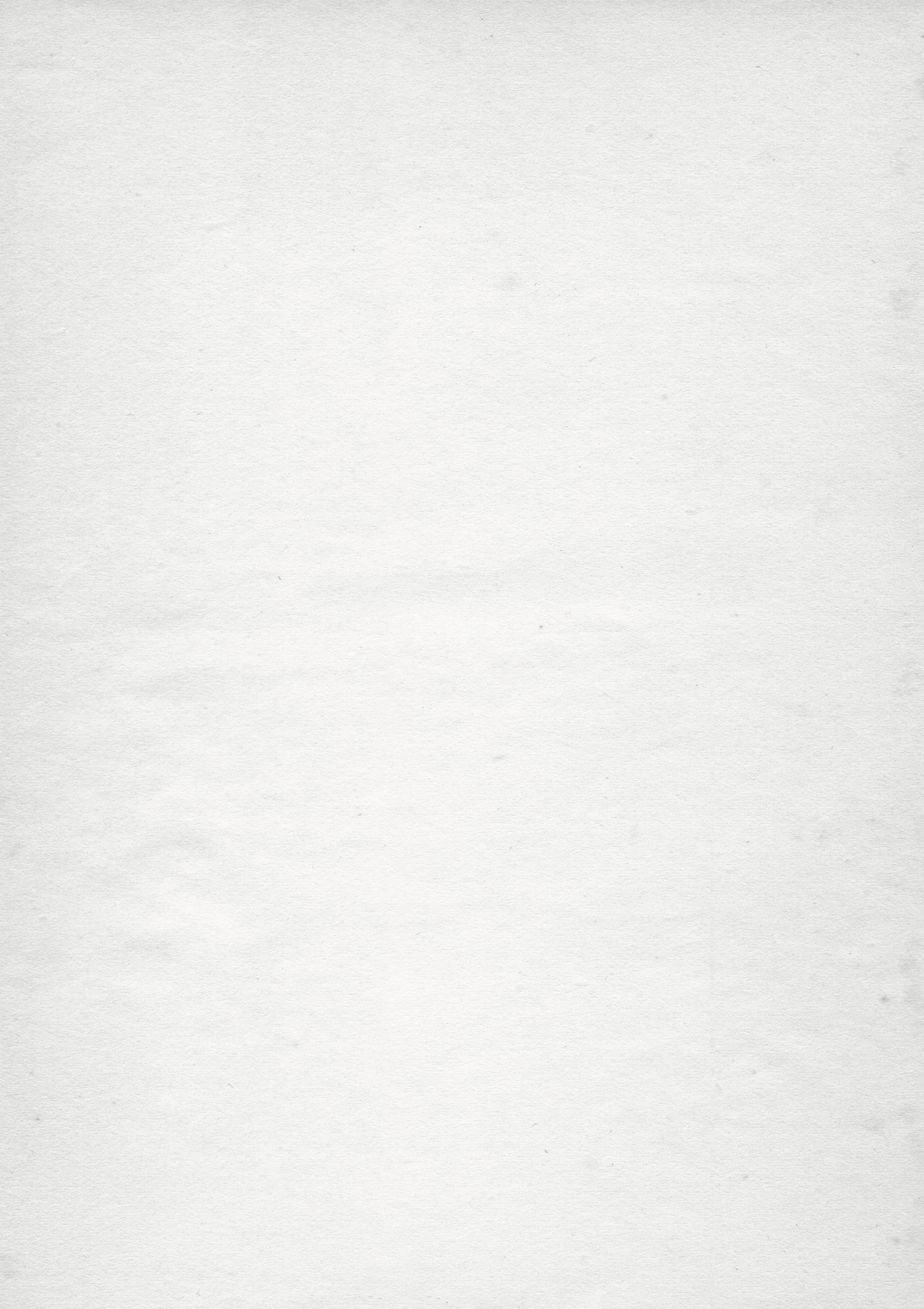
57.
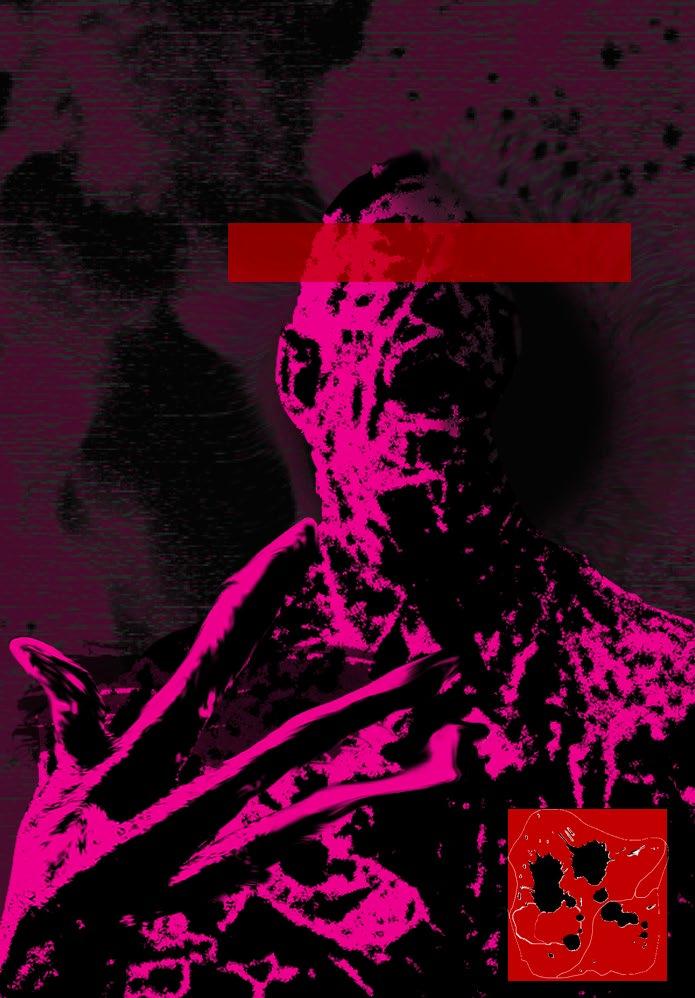
58.
Art by Ollie Stephens
Girlhood
Urja Parhi
Untangling complex mind tricks and games, A loving hand to hold when you feel untamed, You think about the divide; An innocent evil, The petrichor on a Monday afternoon.
A true labyrinth, A deep concentrate of love, How can the relationship between friends be so sinister, Yet be underpinned by such lyrical jubilation? The sound of our laughter - euphonious. Our power to harm - surreptitious.

Relief arrives after hours of reflection and longing, A bond between women that is bound by thick, strengthening ropes. Jealousy accompanies visions of her with another. But, every relationship is lasting; Metaphorical sister, metaphorical mother.
Through the caves we navigate, To a place so familiar and chilling. It makes us light and dizzy. And just like lasting threads and the witchcraft of girlhood, It keeps us together.
59.
Art by Amanda Lim
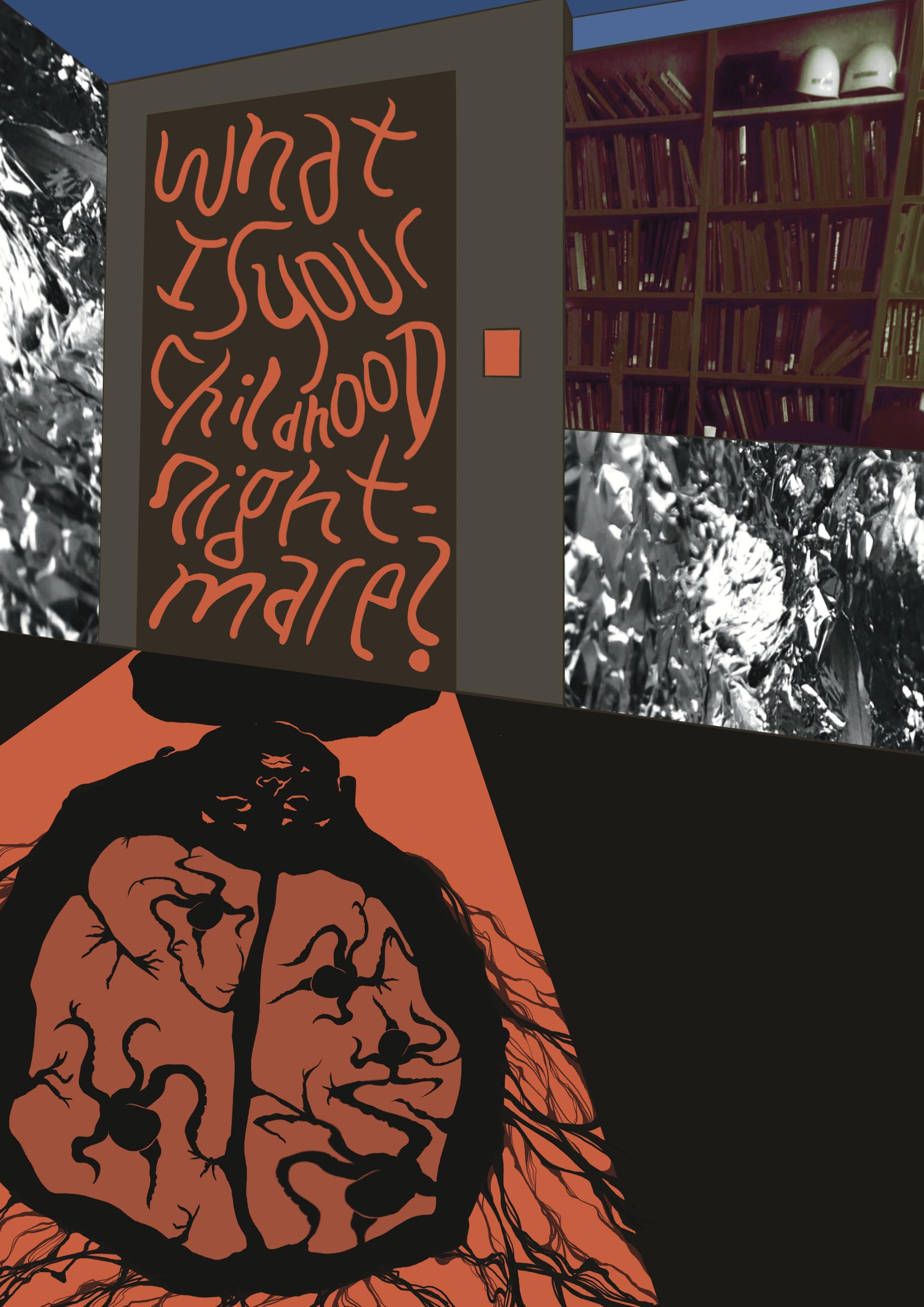
60. Art by Sanle Yan

61. Art by
Sanle Yan
by Jocelyn Wong
Unsettling W.R
Canberra has a fight-or-flight stage. It comes when you least expect it. It takes three years to call it suffocating, Another two to call it vast. Things work out at a rate of knots. Pacing out Mao’s five-year plans The law students come and go, Ending up out back of Sydney Or Saudi Arabia.
In Canberra, like all small places, There is the tantalising illusion that you can know everything. Somewhere in the autumn there are mycologists at work. On Sunday nights in Woden a man trains bats. Big city barristers don’t seek the known universe. No one can grasp a hold of everything at once. But in Canberra, Well,
The cars drive slowly. The streets are flat. Life is squared –

The very geometry lets you know that you are on track to achieve outcome 2.1.1, bullet point 3, section 51. Space is so civil as to let no one breathe, But the dead don’t breathe, And neither do the young. When you bite down on Canberra you can come away with a pound of flesh.
You can spend five years settling only to find yourself unsettled. Is a pound enough?
Need I start again?
Because everything happens together. There are no teeth left out in the bite. And so we leave our U-shaped mark, And track back to where we started.
Unsettled, I pause.
Will we bite again? Will we come unstuck? Or are we now dependent thinkers?
Have we kicked that Canberra down the road?
62. Opposite:
Art

63.
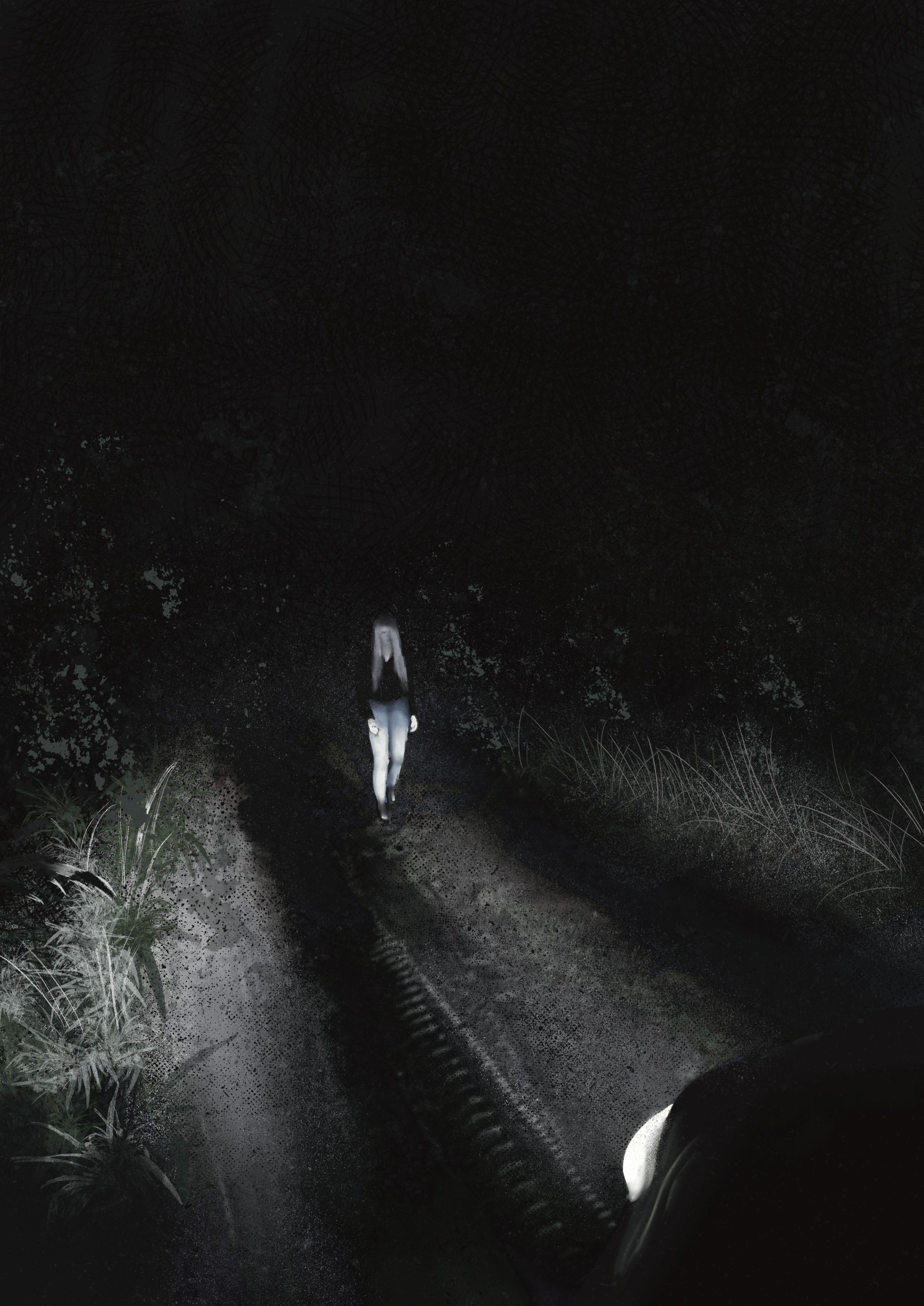
64.
Art by Jasmin Small



L R News Radio Content Art TV news@woroni.com.au radio@woroni.com.au content@woroni.com.au art@woroni.com.au television@woroni.com.au Listen to the Woroni Radio broadcast daily on our website and check out our social media! Contribute
W
We would like to acknowledge the traditional custodians of the land on which Woroni operates, the Ngunnawal and Ngambri peoples. We pay our respects to Elders past and present. Their land was forcibly stolen, and sovereignty was never ceded.
Woroni recognises that the idea of unsettling has a very different meaning for Indigenous Australians whose experiences of a colonised Australia have been dominated by oppression and racial hierarchies.
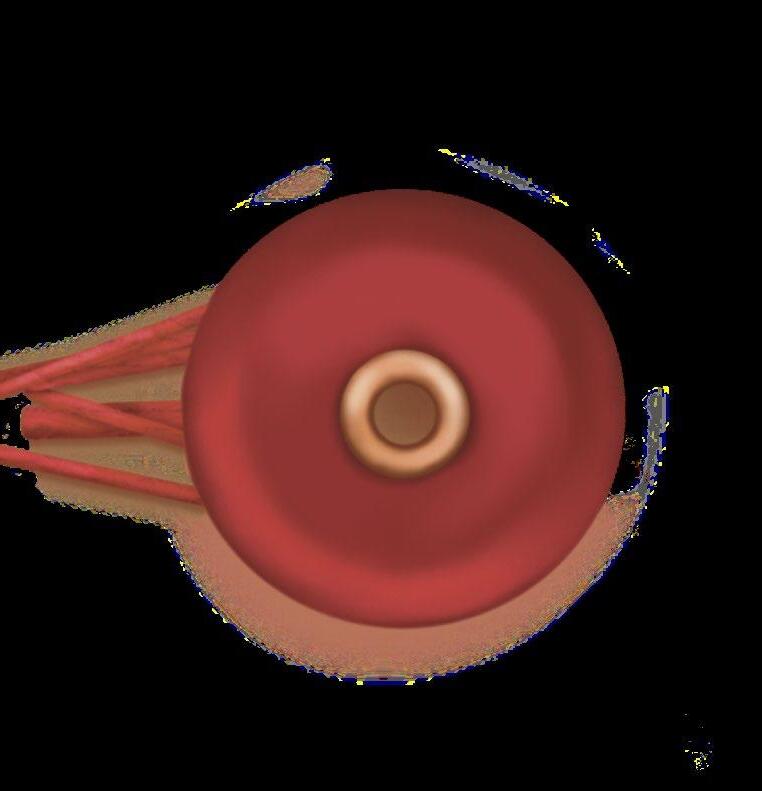

The pieces in this magazine have engaged with many tropes and concepts from horror, a genre which is not free from colonising representations. Ideas of mythical creatures, cryptids, and the paranormal are very often appropriated from Indigenous cultures with little nuance or recognition. In Australia, horror often focuses on ideas of an empty, desolate landscape where the “safety of civilisation” is an illusion. This is a colonialist lie that props up falsehoods of terra nullius and ideas of superiority.
As you read this magazine, we invite you to consider how we and yourself can help unsettle this country.
The name Woroni, which means “mouthpiece”, was taken from the Wadi Wadi Nation without permission. Consultation with First Nations people suggested that Woroni continue to use the word, provided we acknowledge the theft, and continue to strive for better reconciliation in future. Woroni aims to provide a platform for First Nations students to hold the University, its community, and ourselves accountable.
This land always was, and always will be, Aboriginal land.







 by Jasmin Small (art editor) and George Hogg (Head of Radio)
by Jasmin Small (art editor) and George Hogg (Head of Radio)










 Art by George Hogg
9.
Art by George Hogg
9.




 Luca Ittimani
Luca Ittimani
































































 by Ollie Stephens
by Ollie Stephens


























